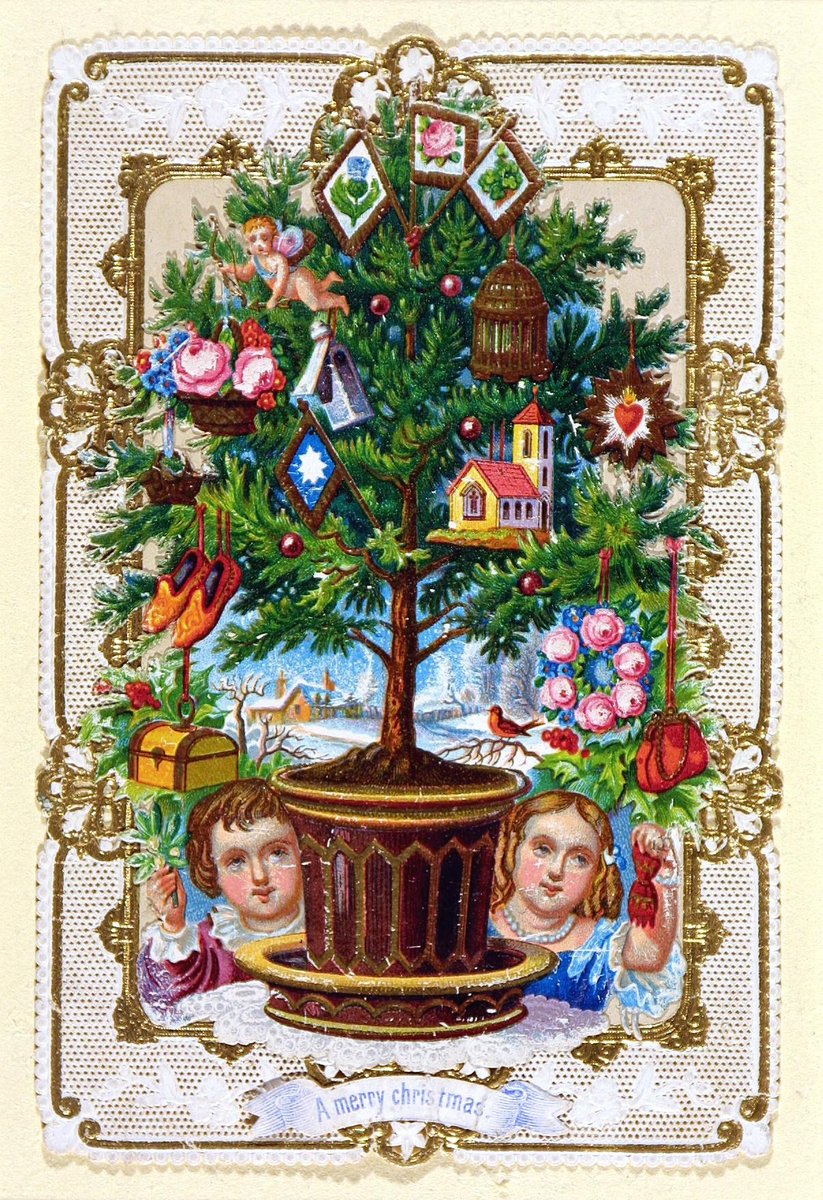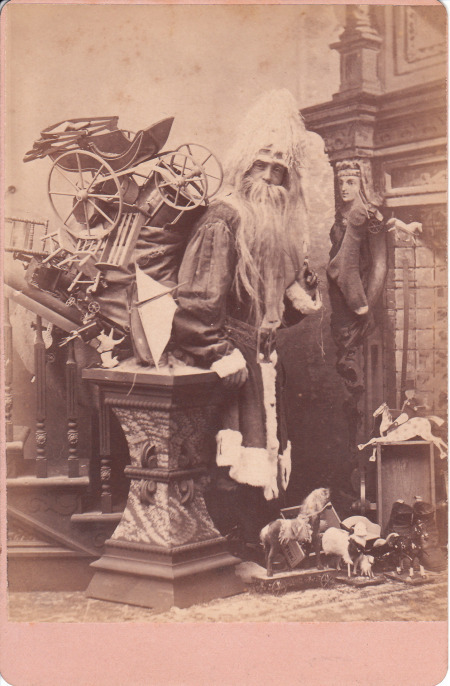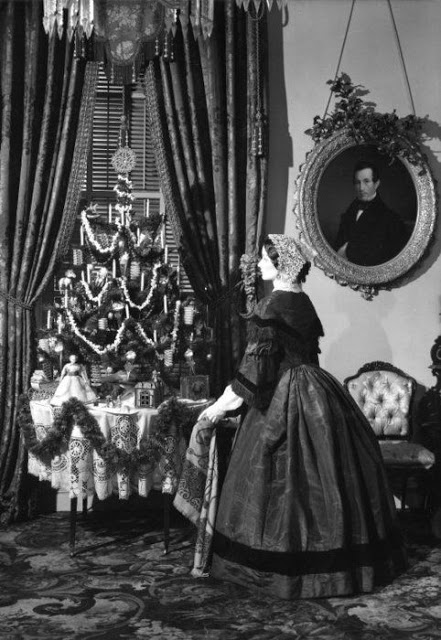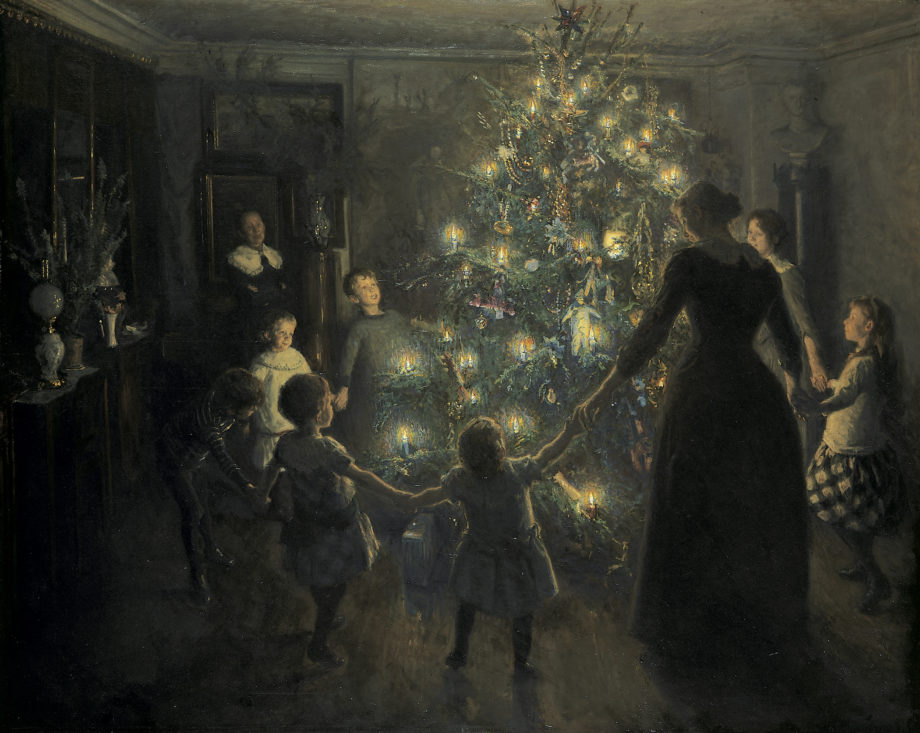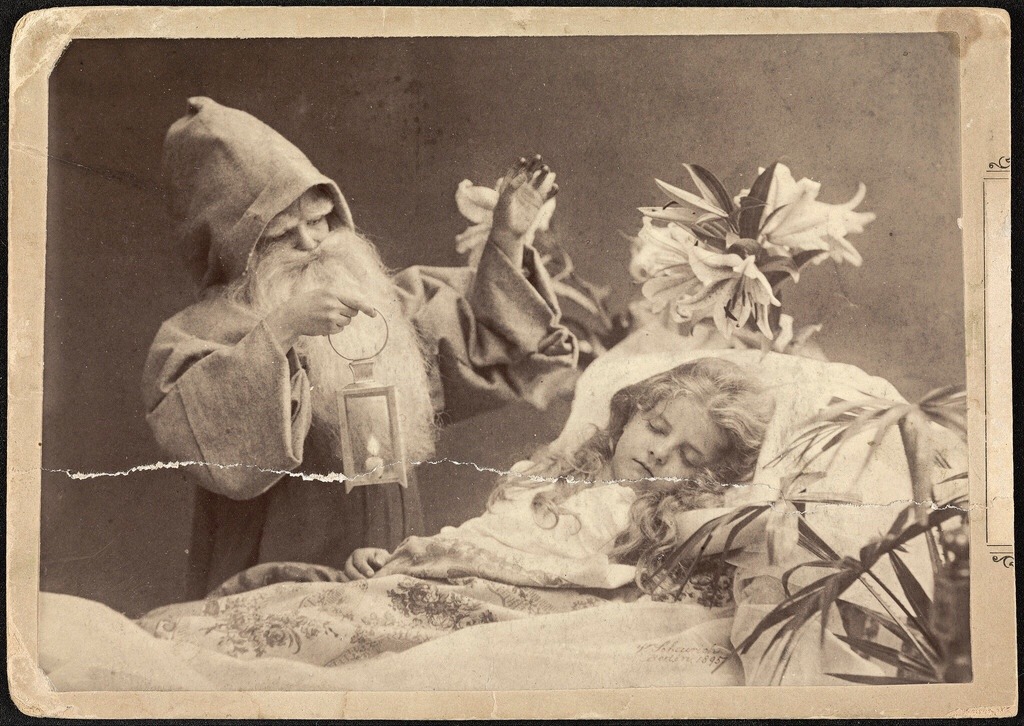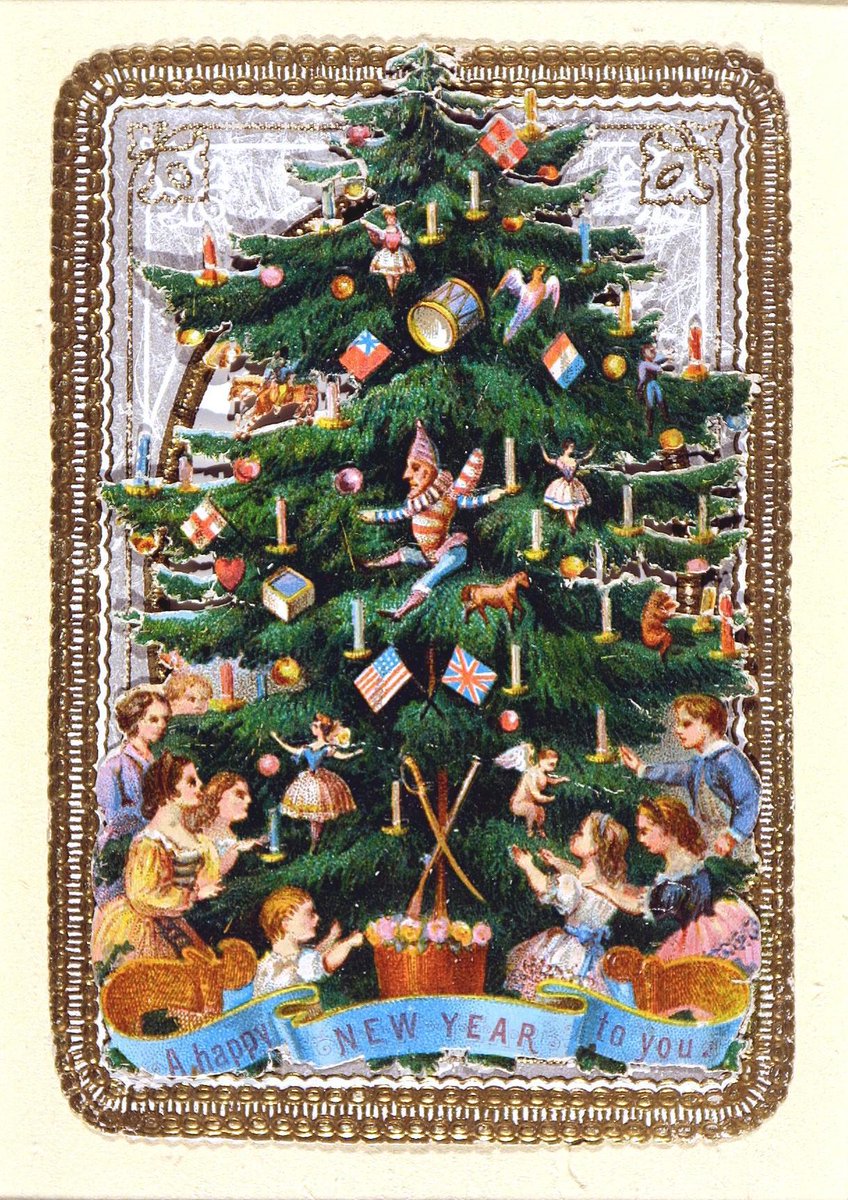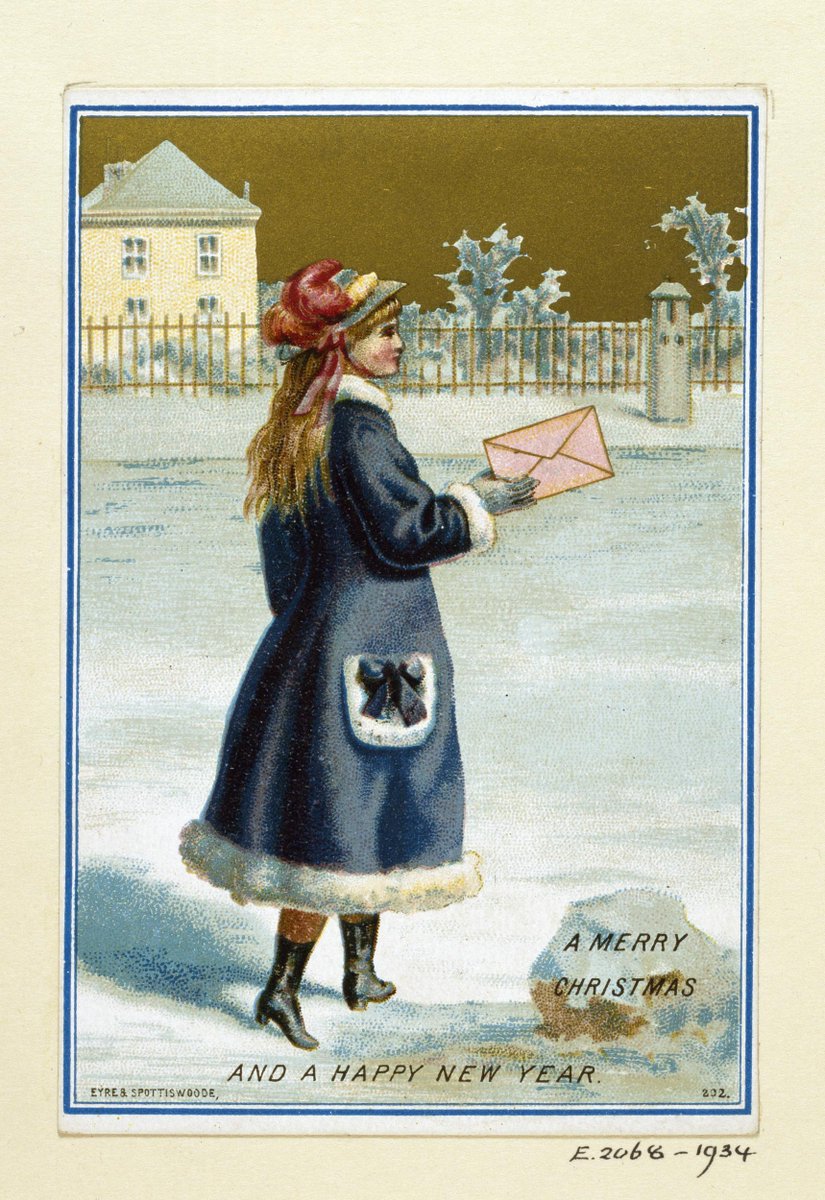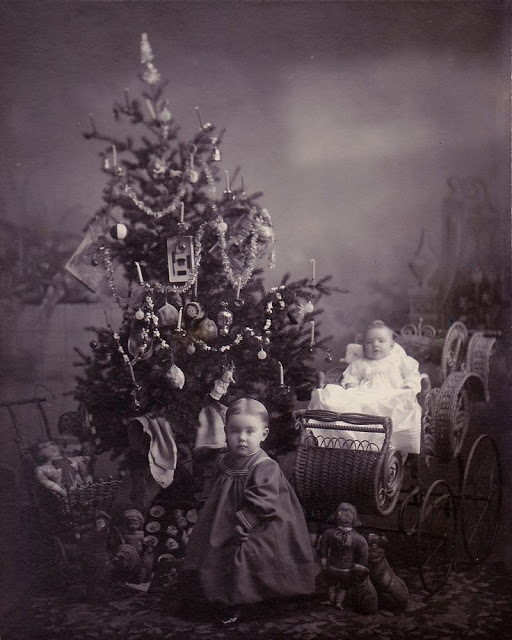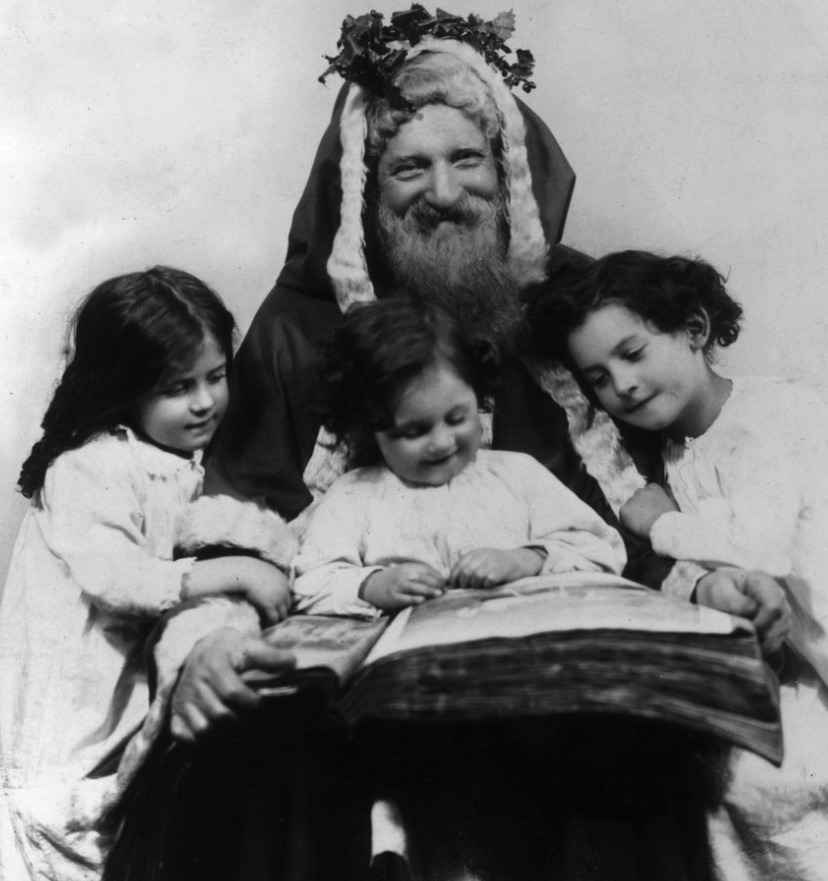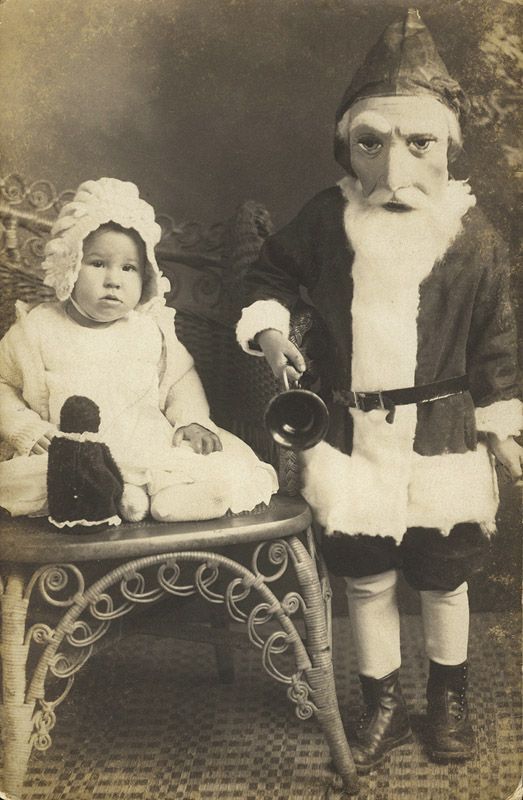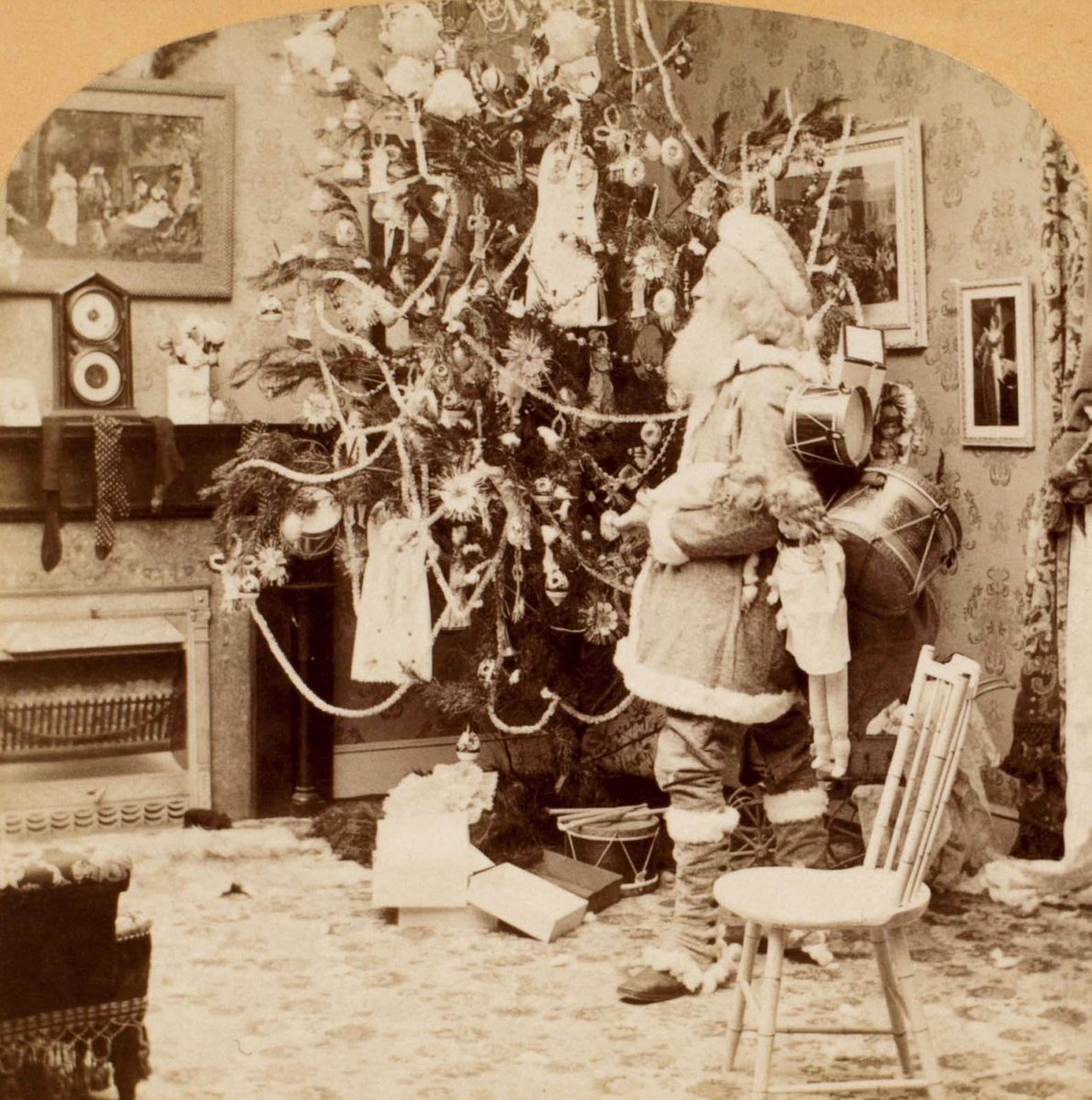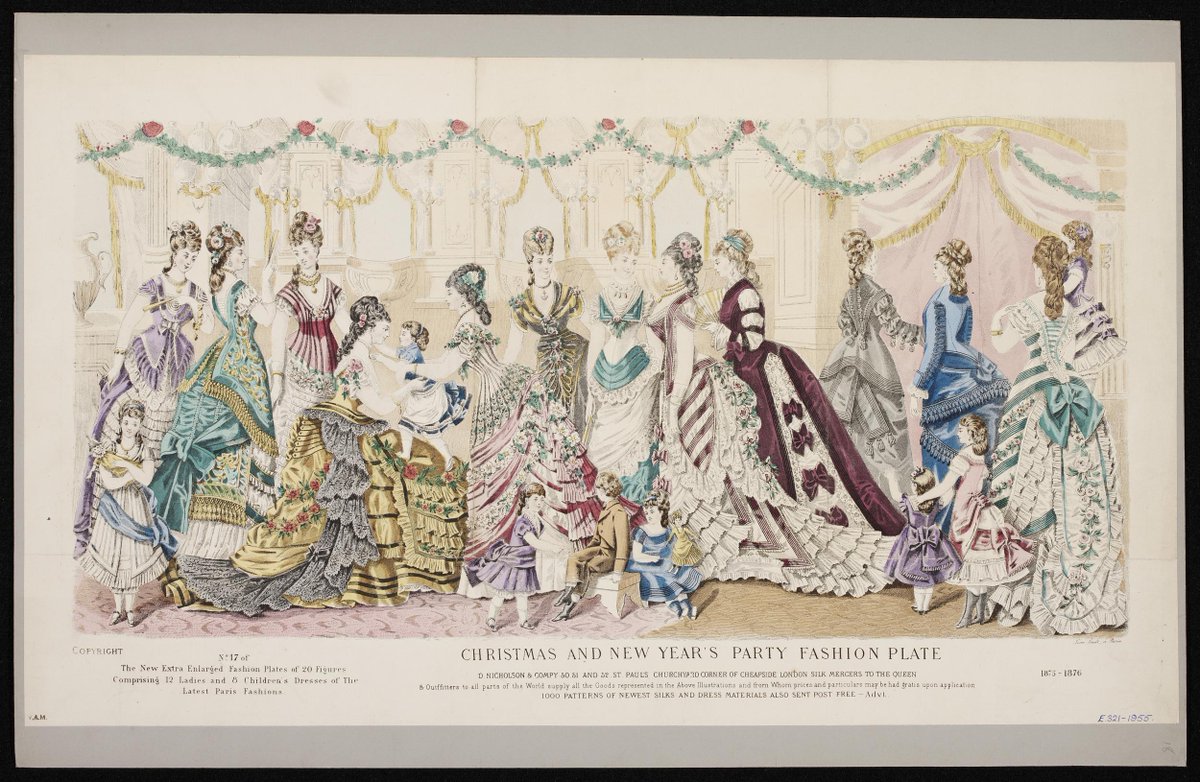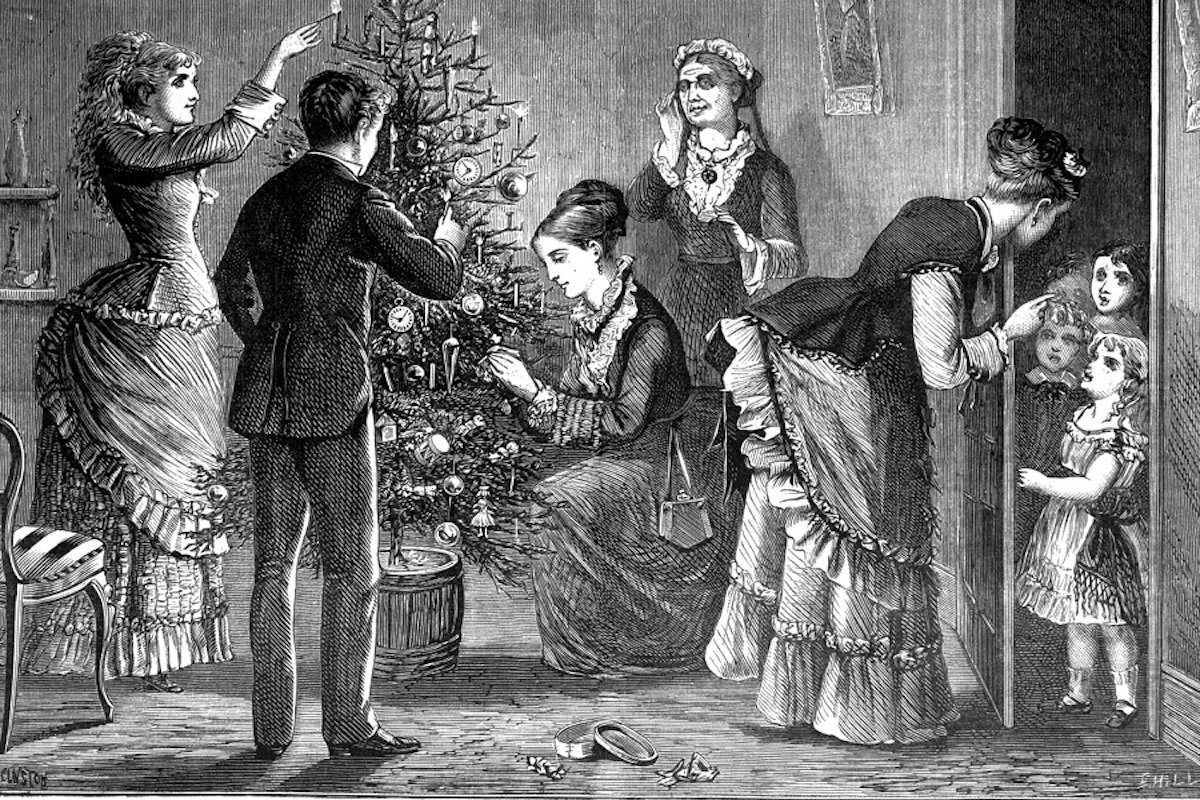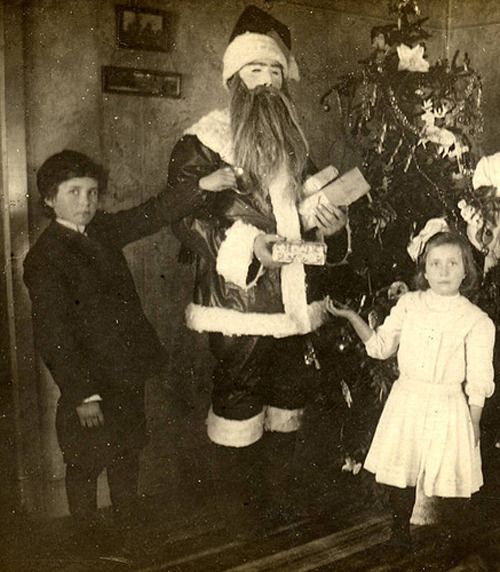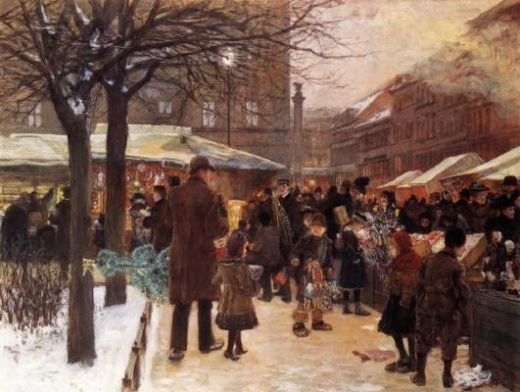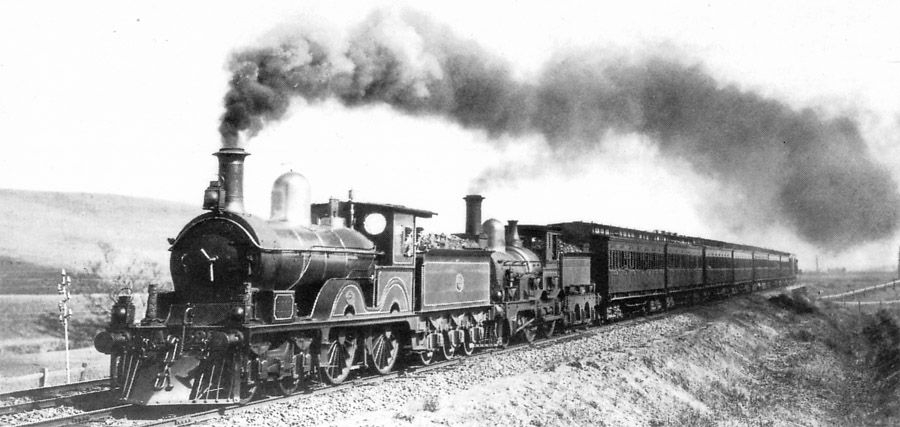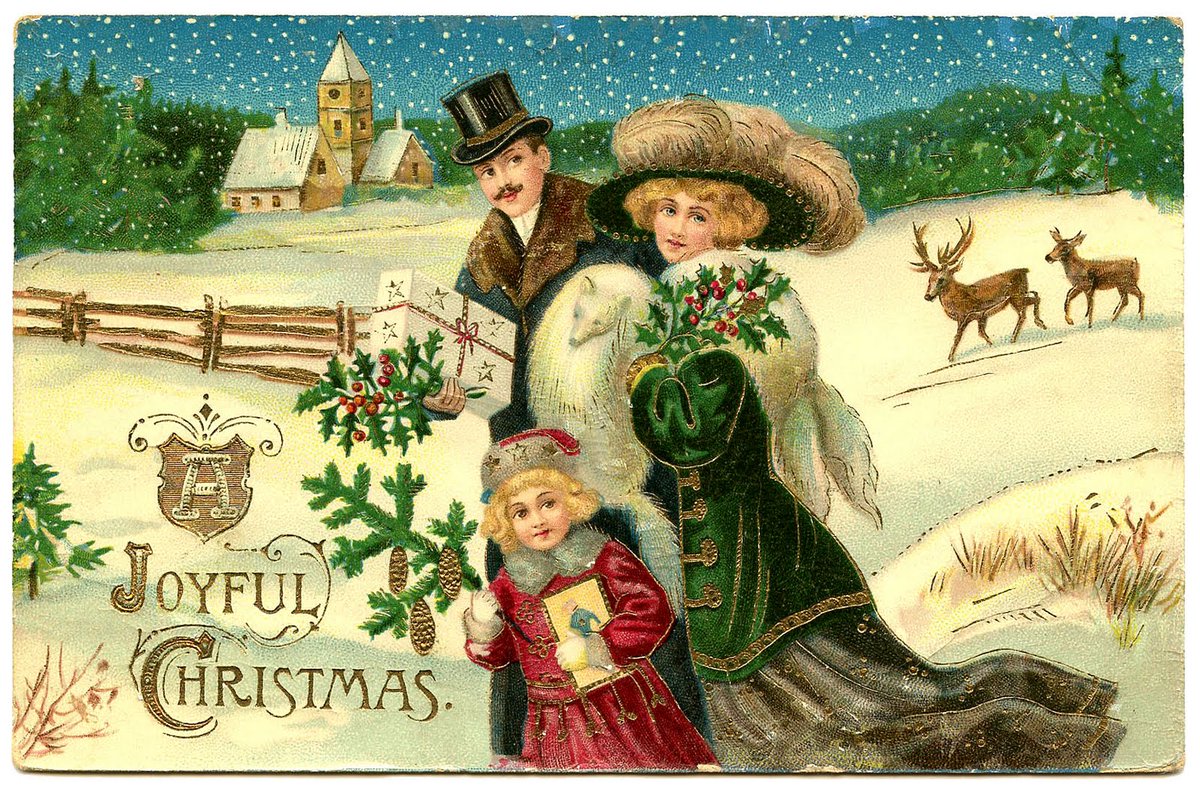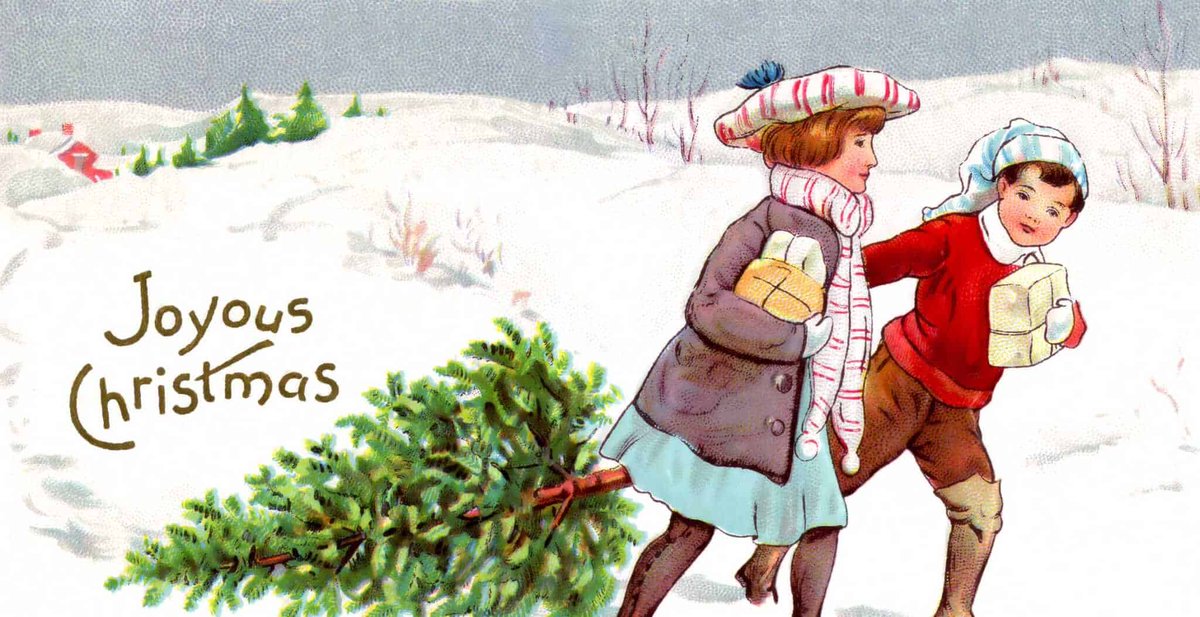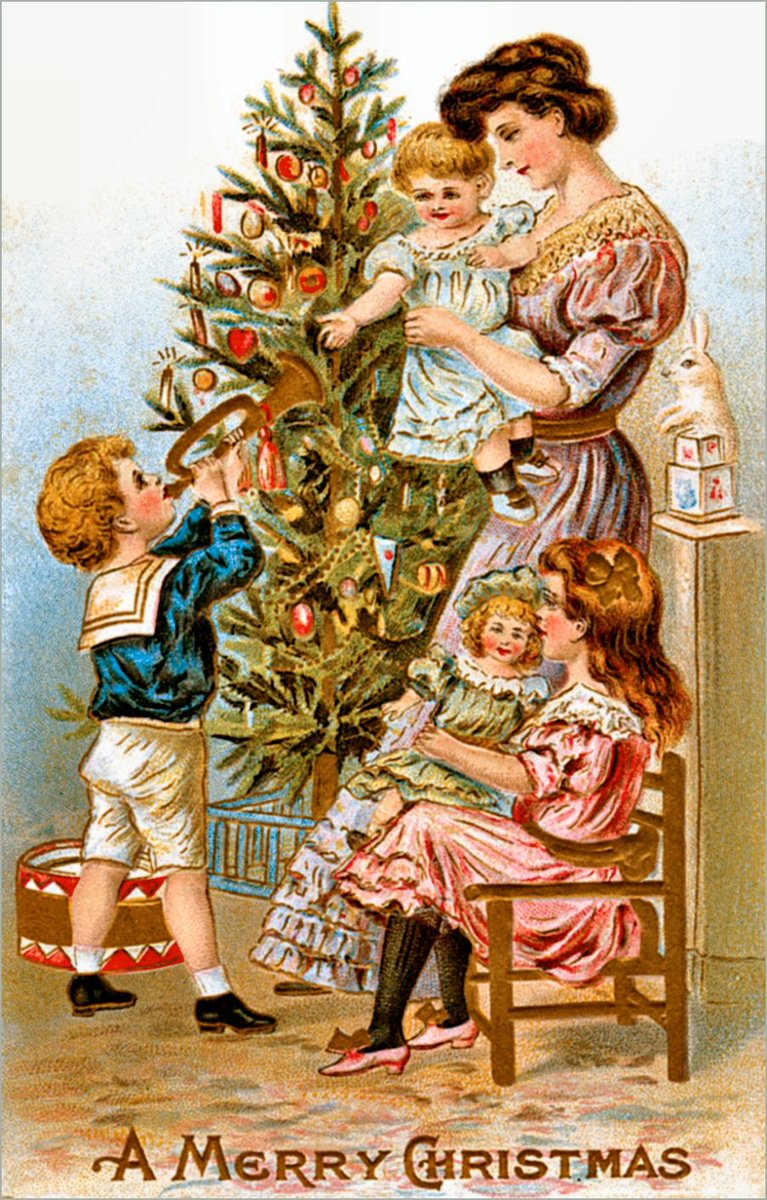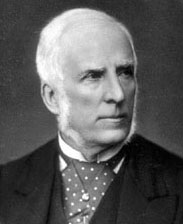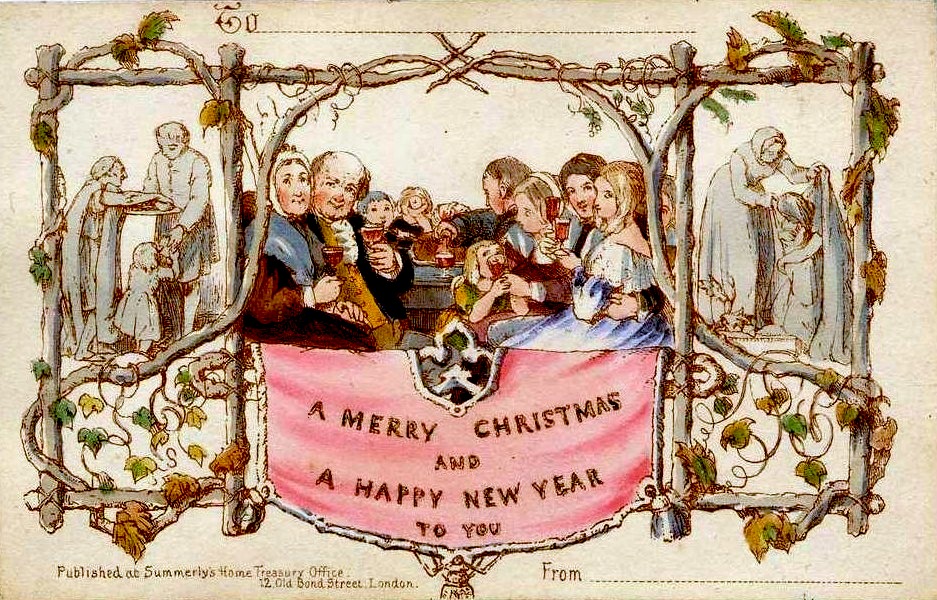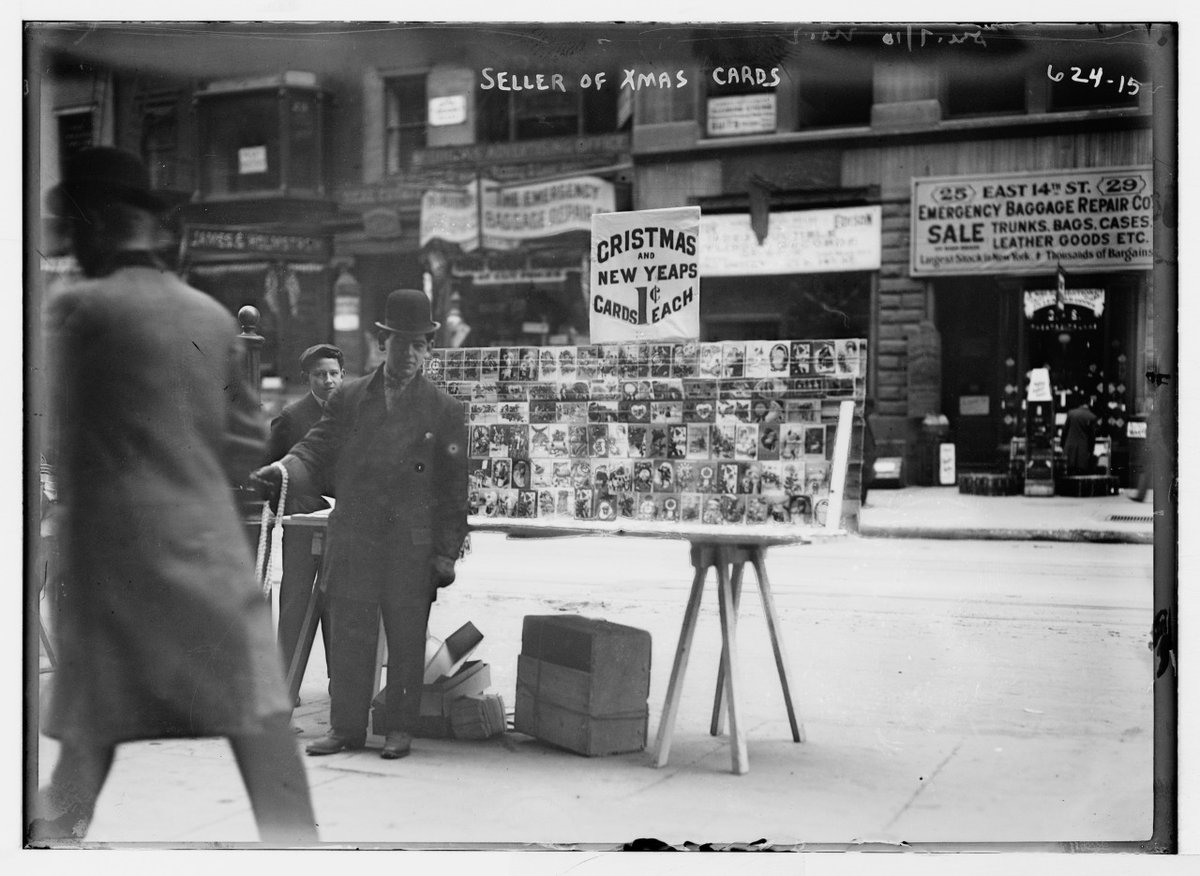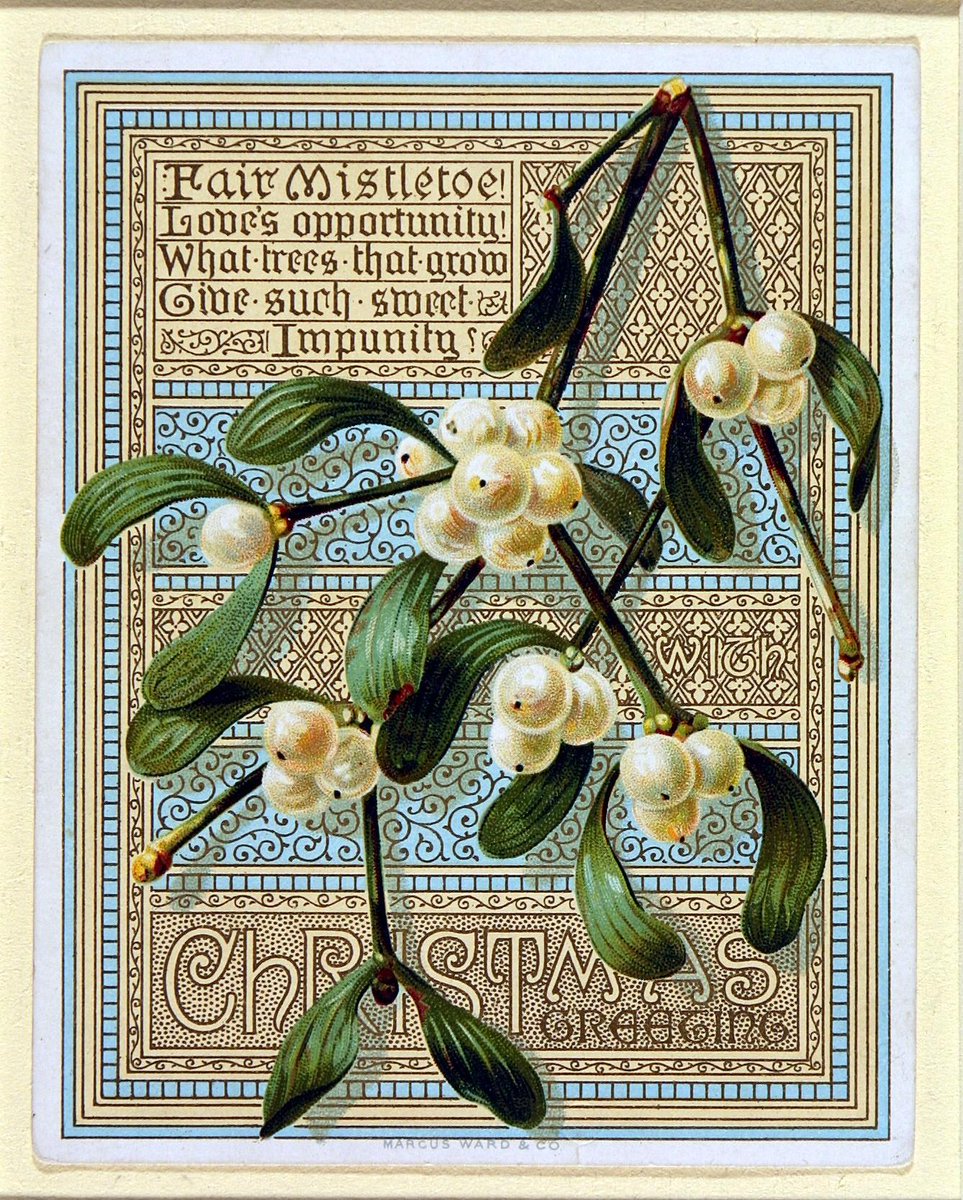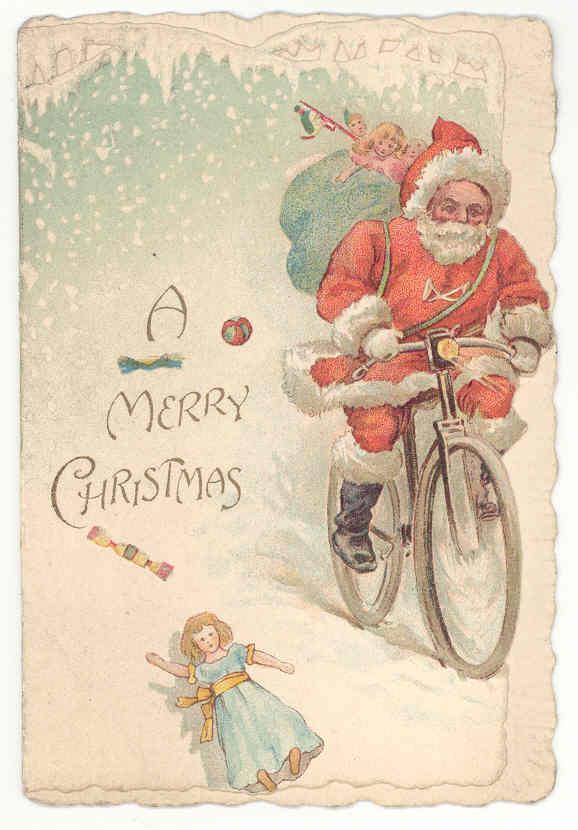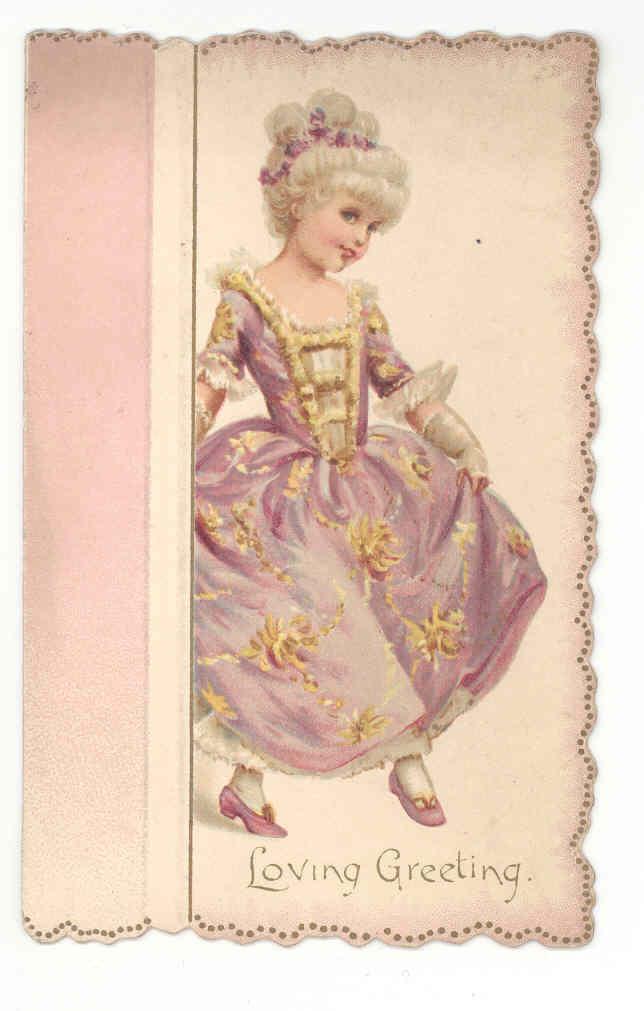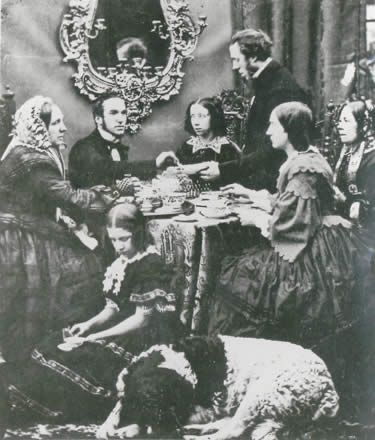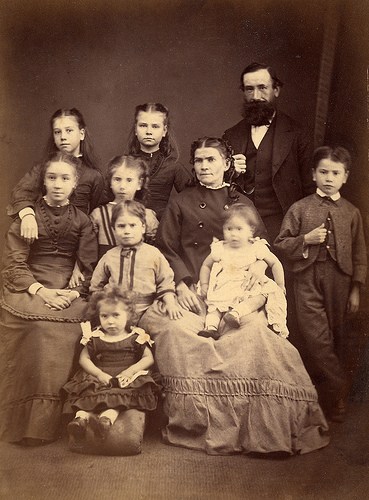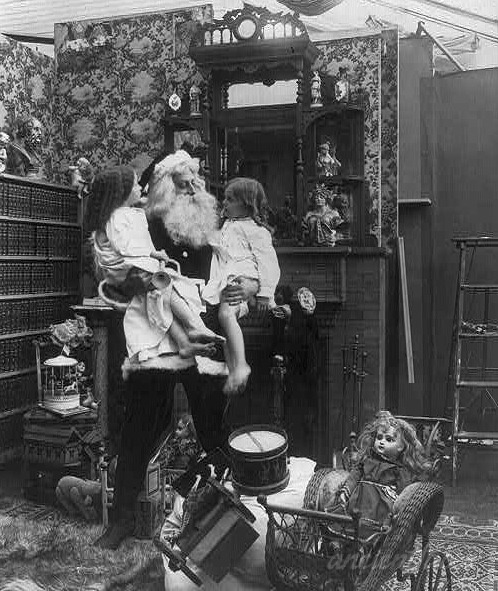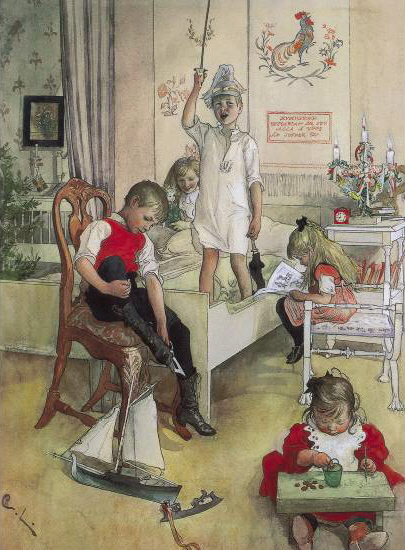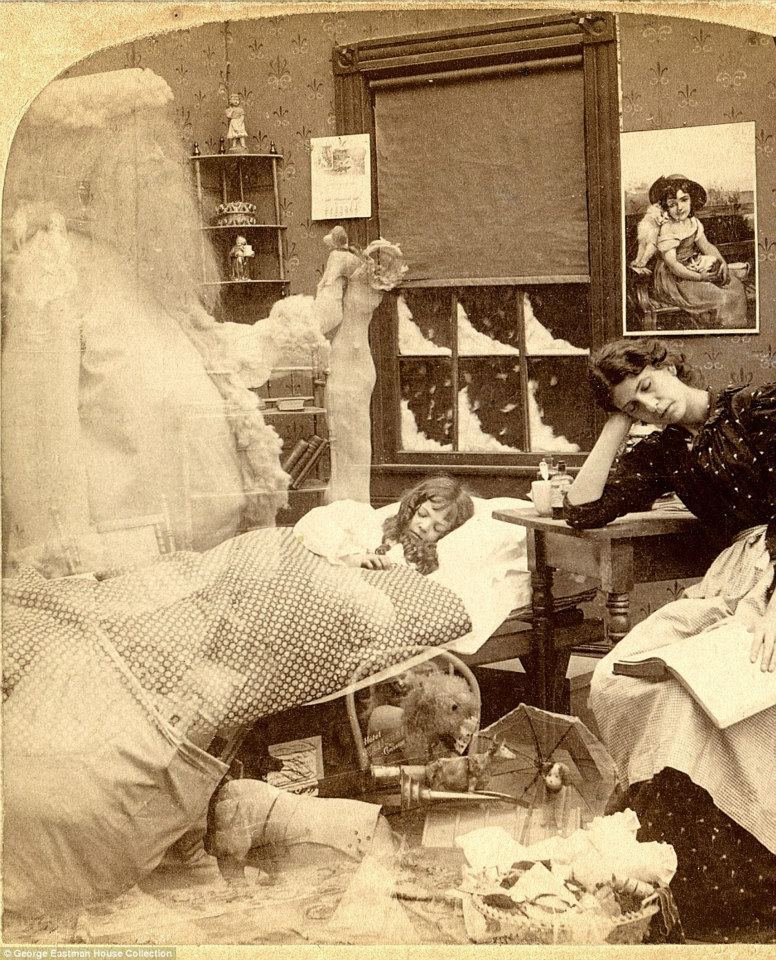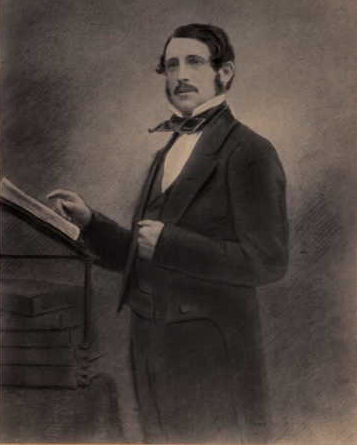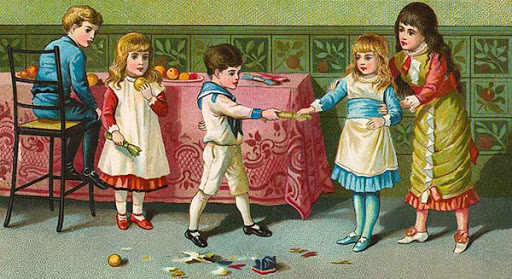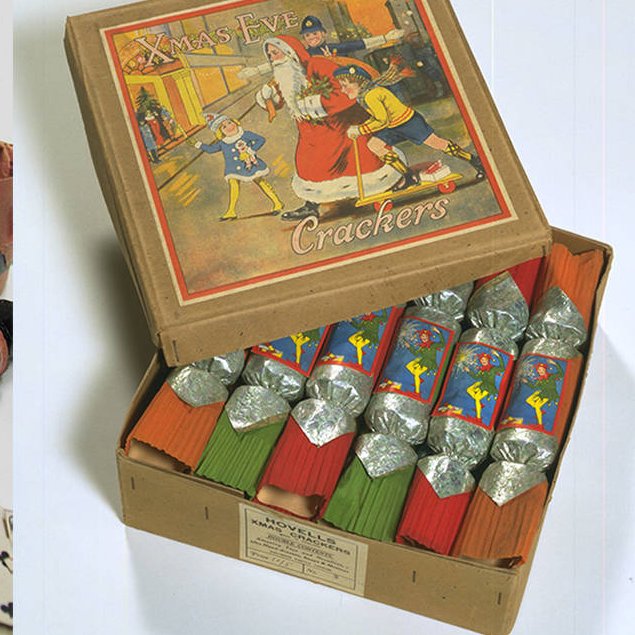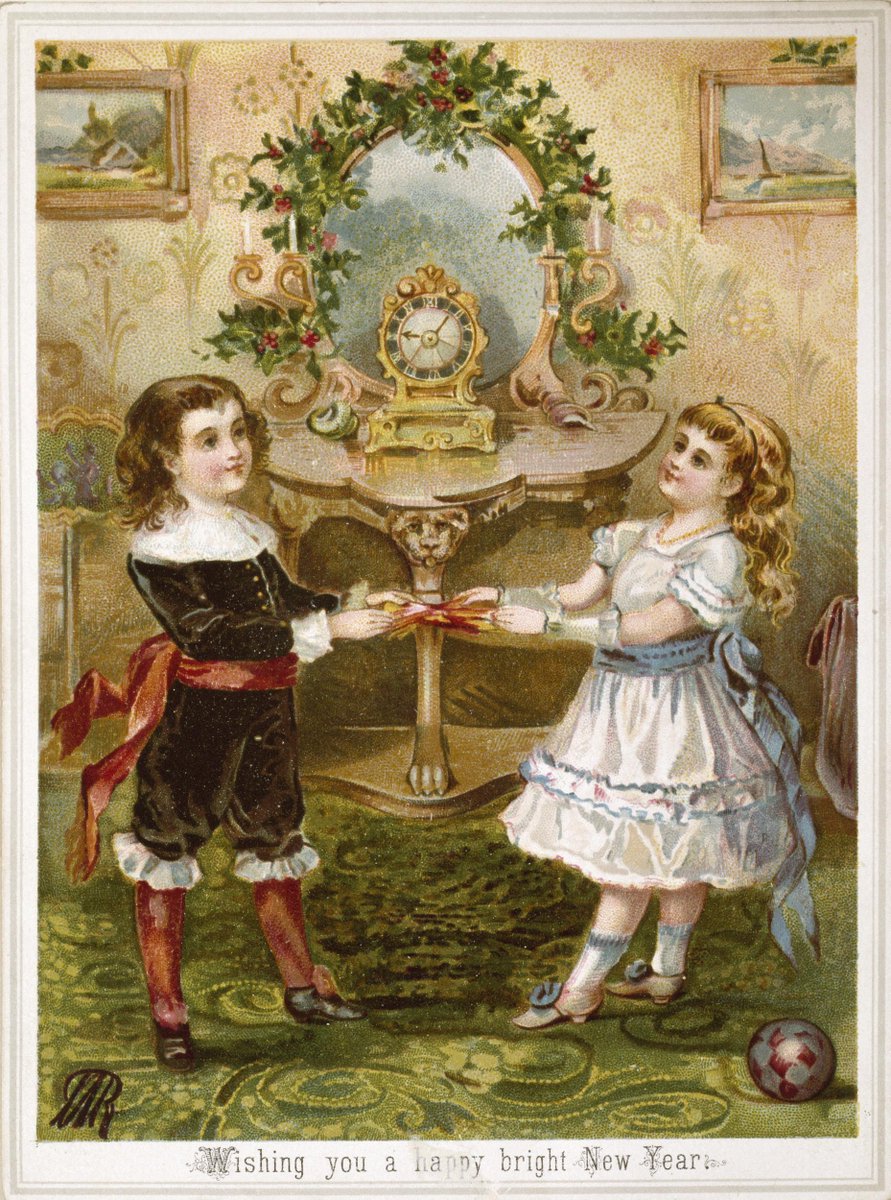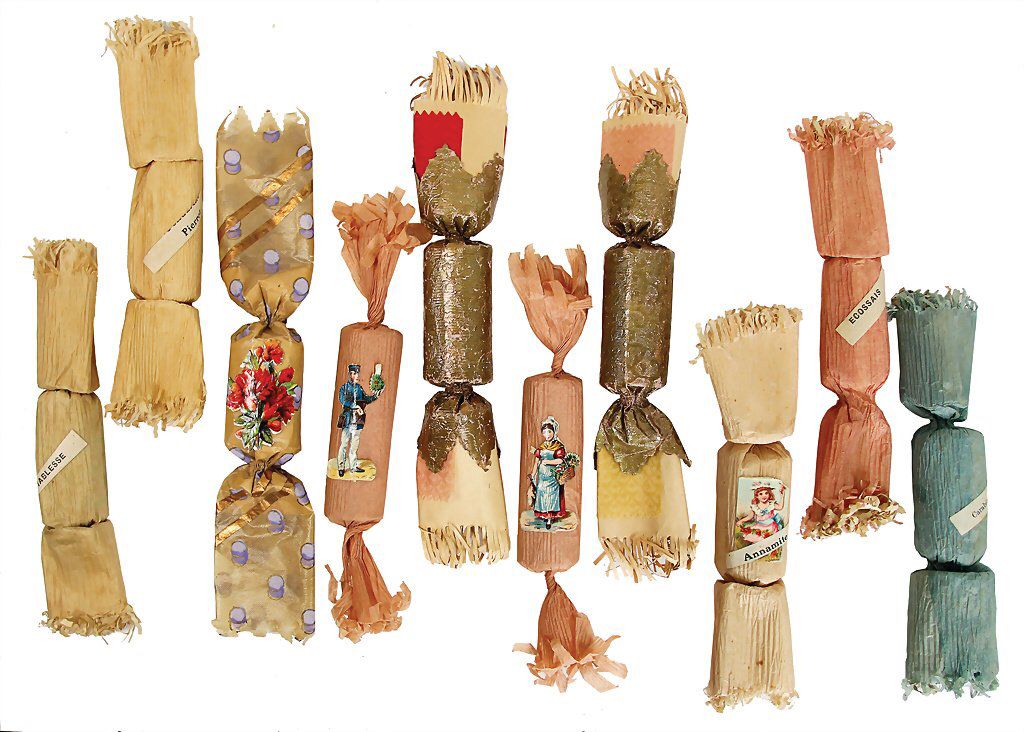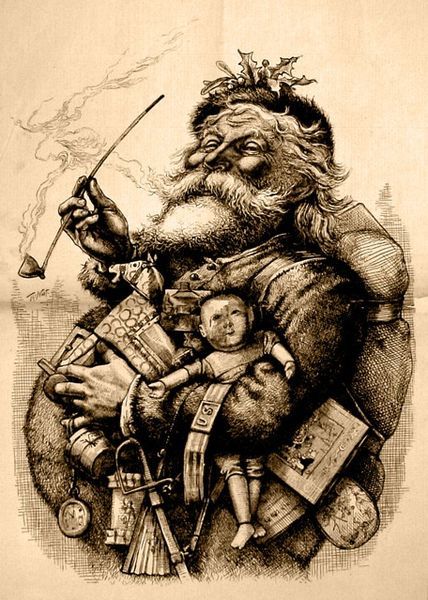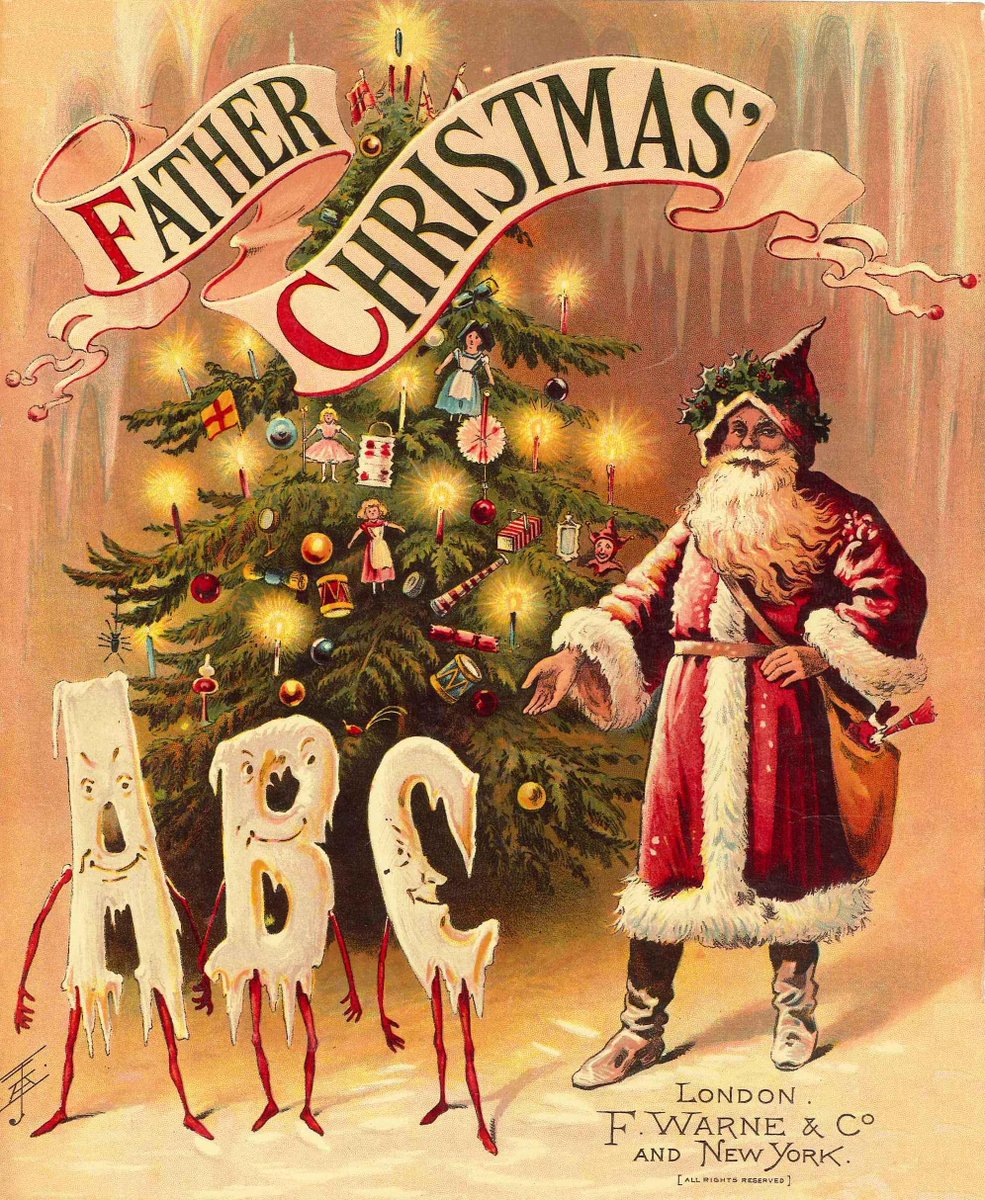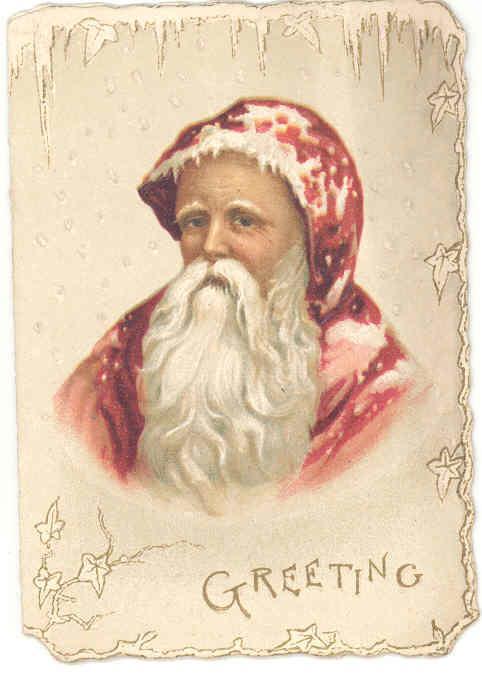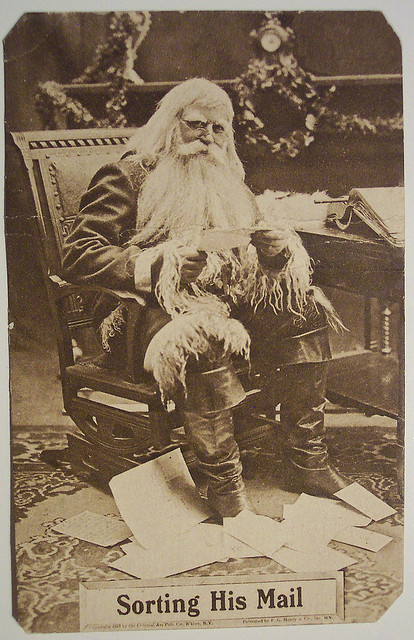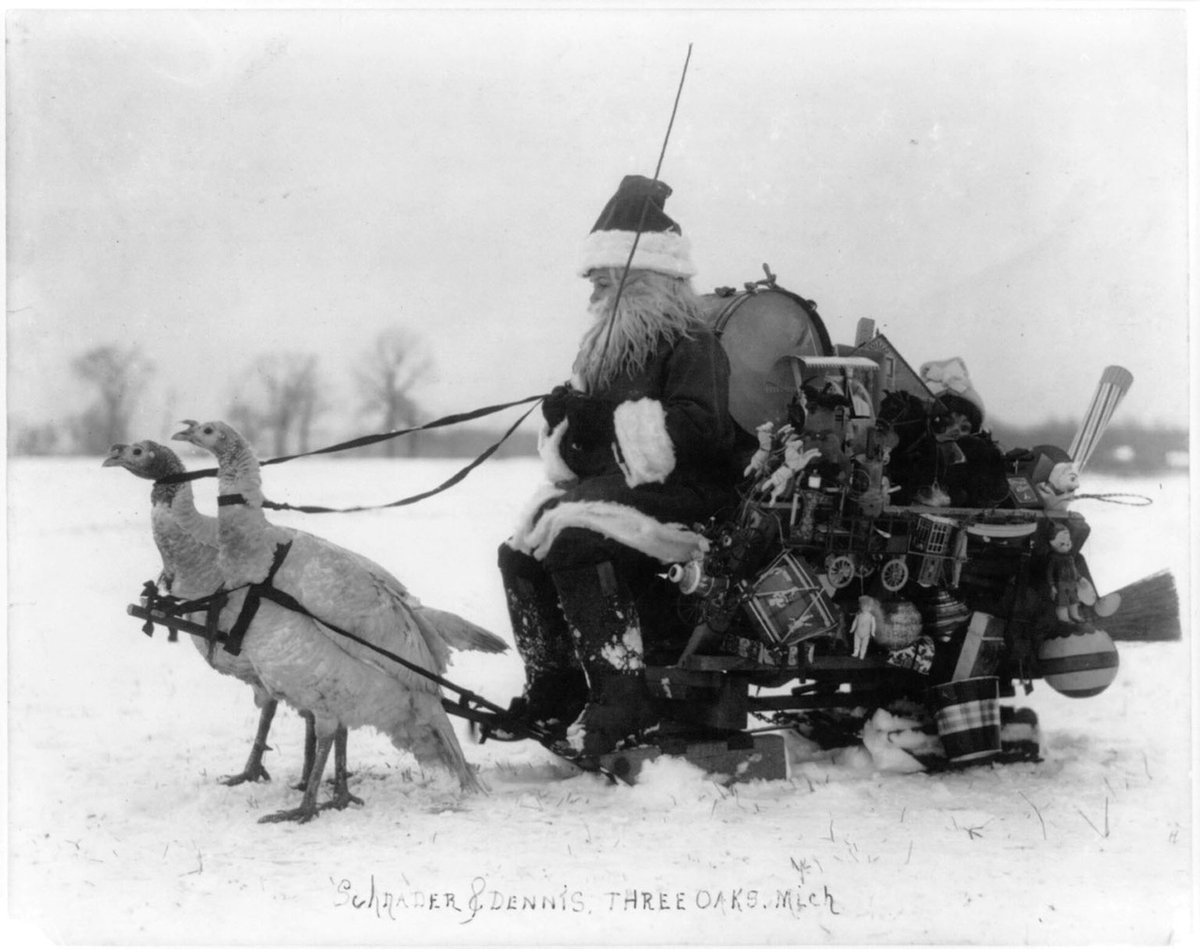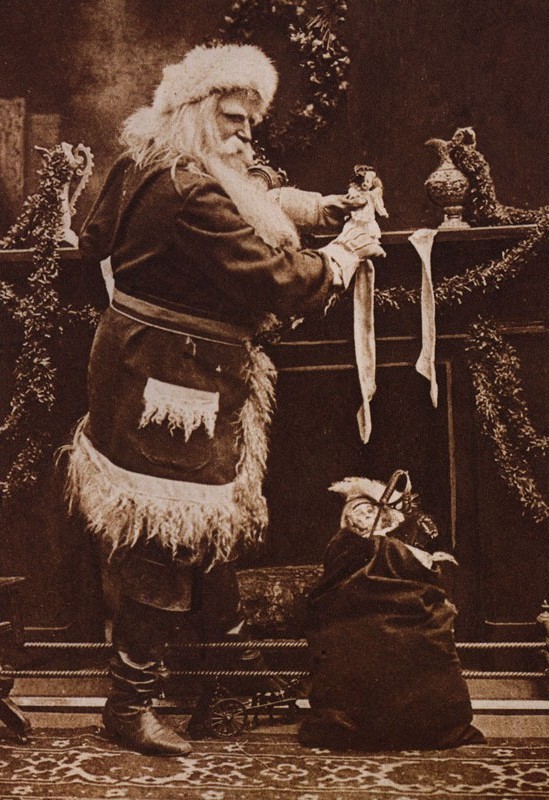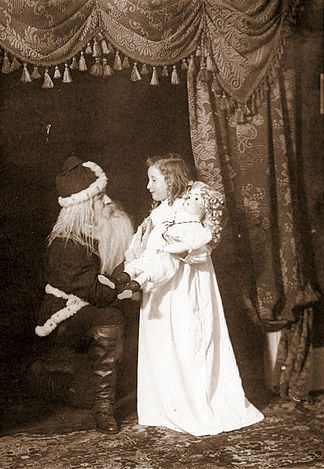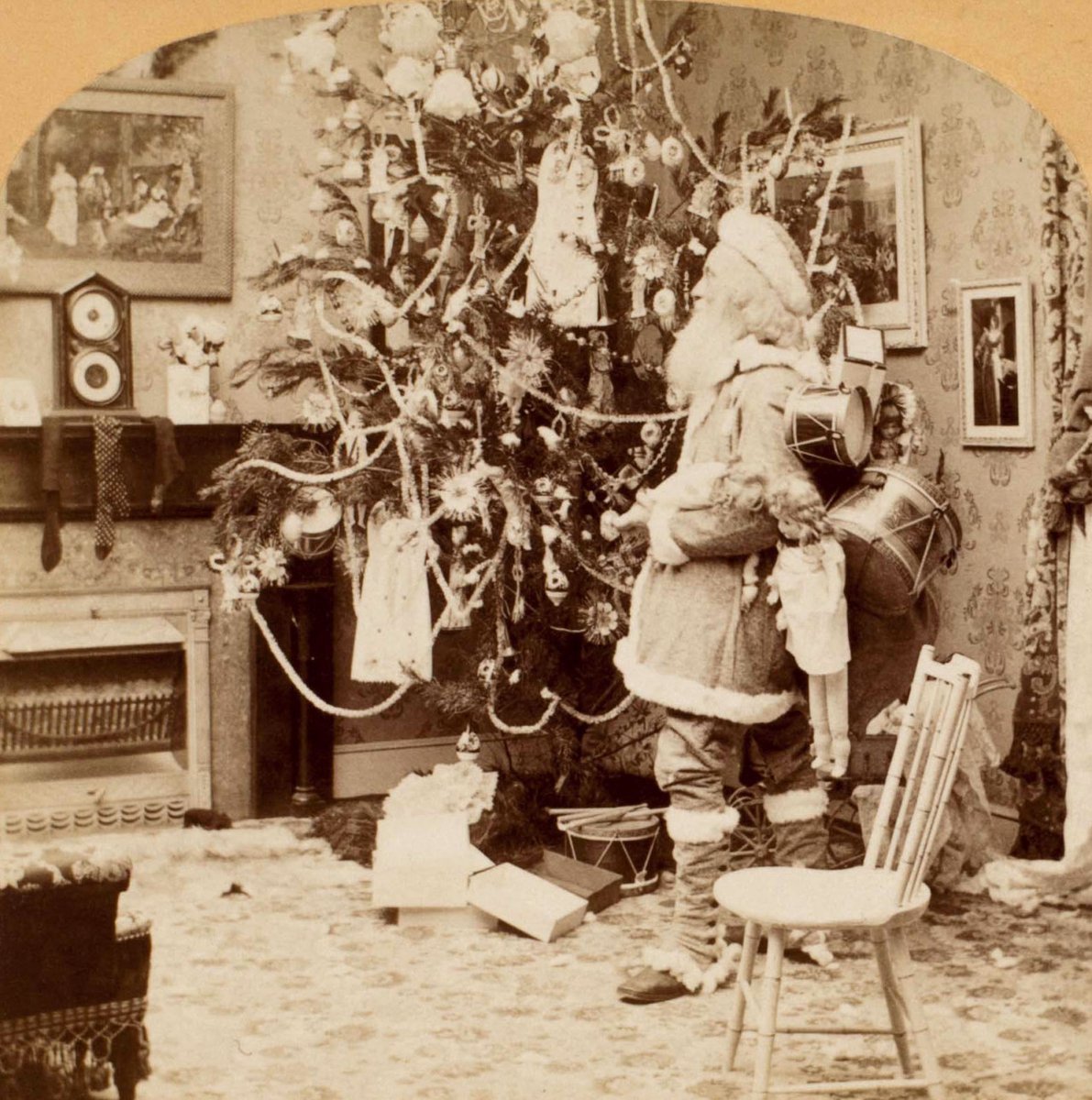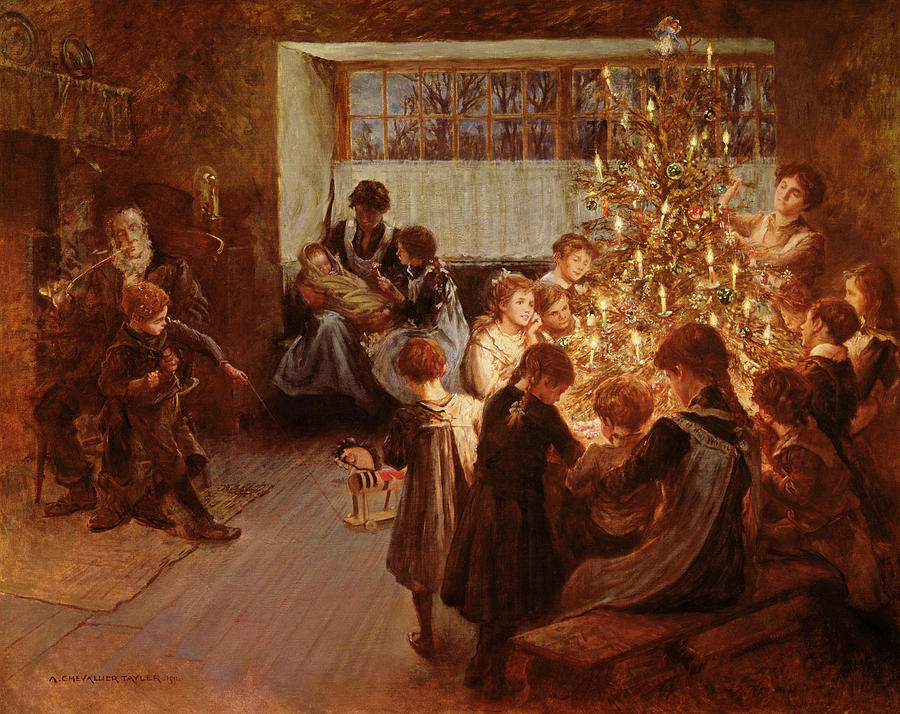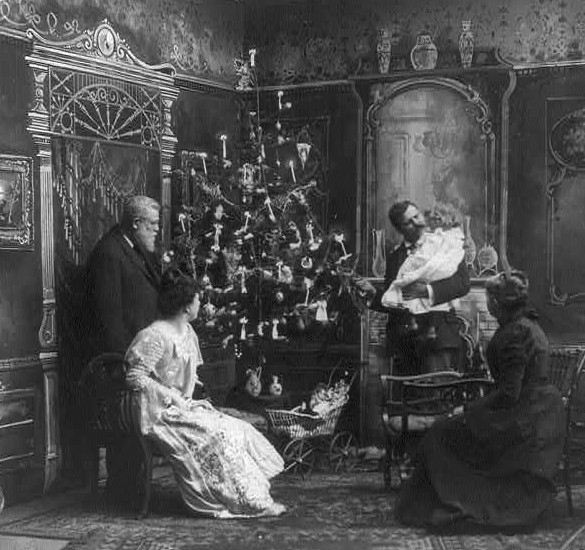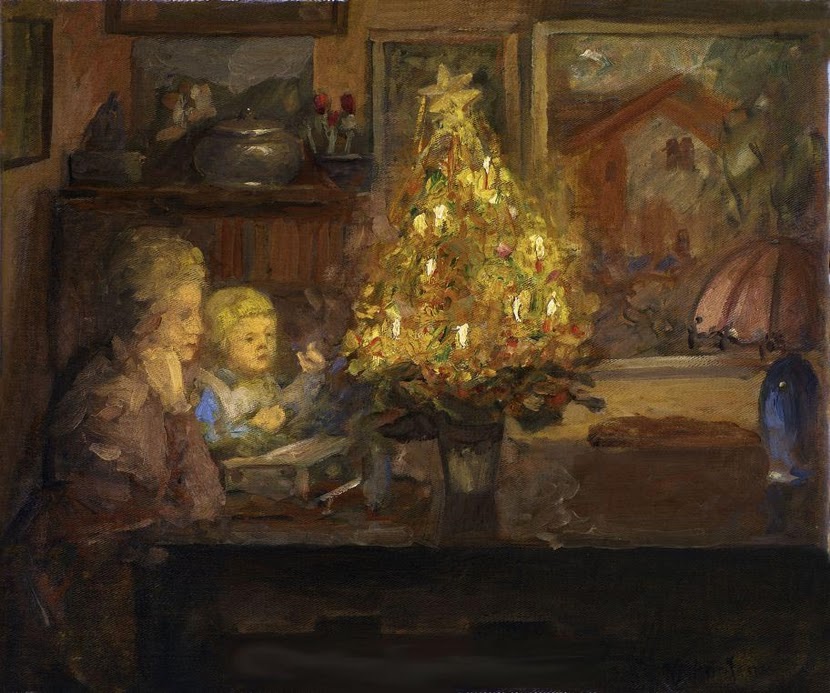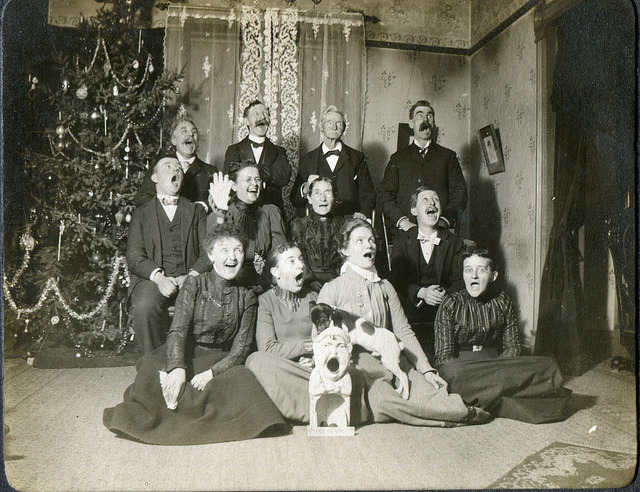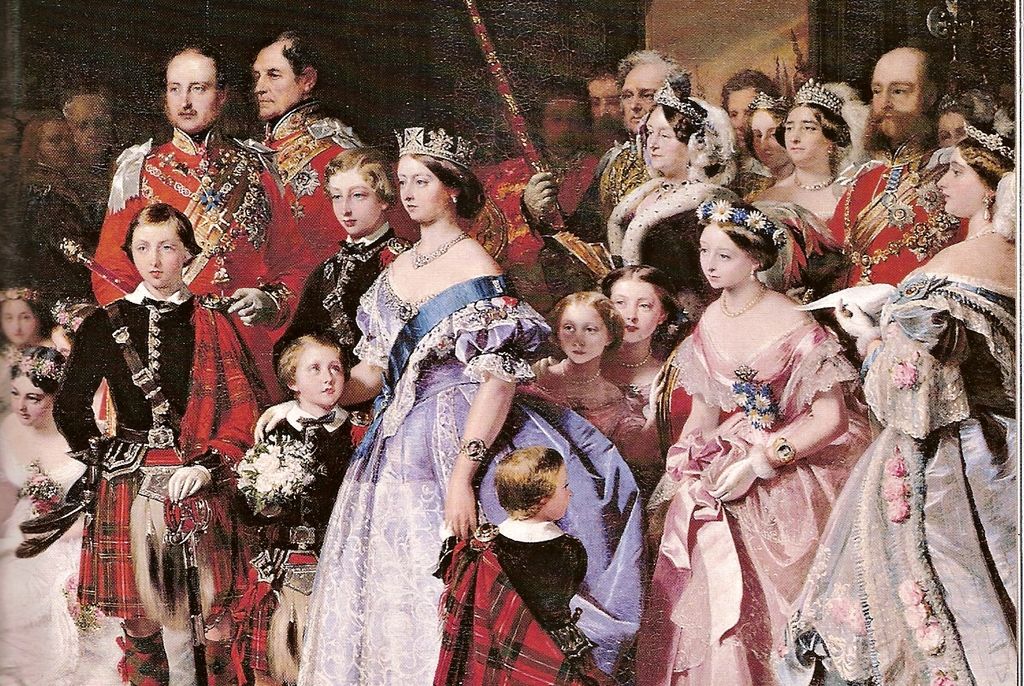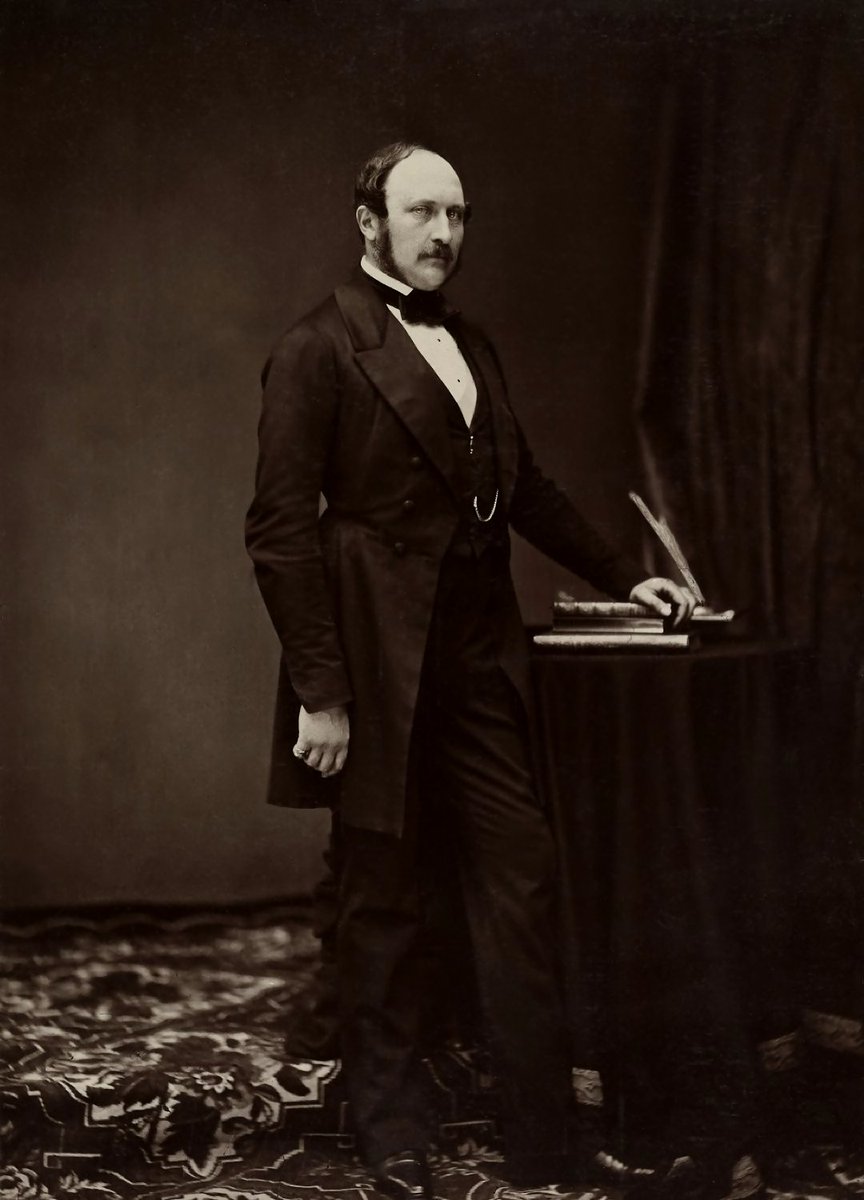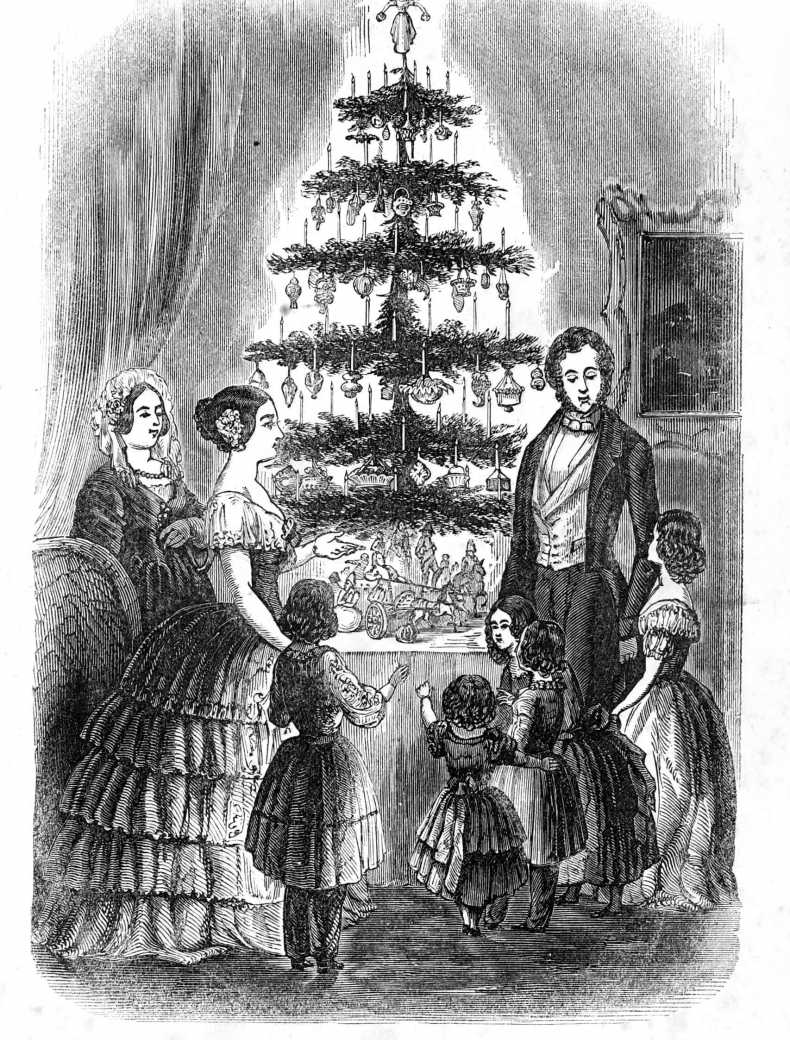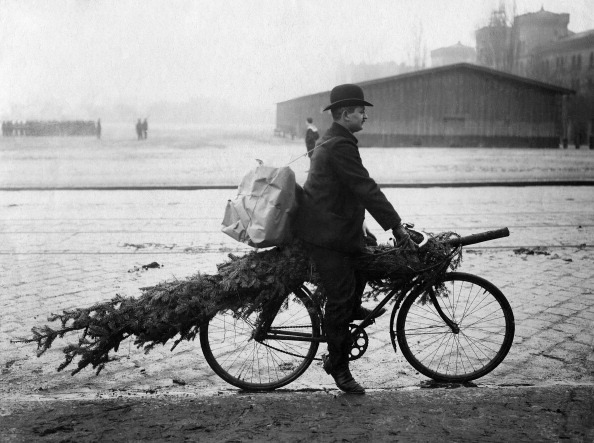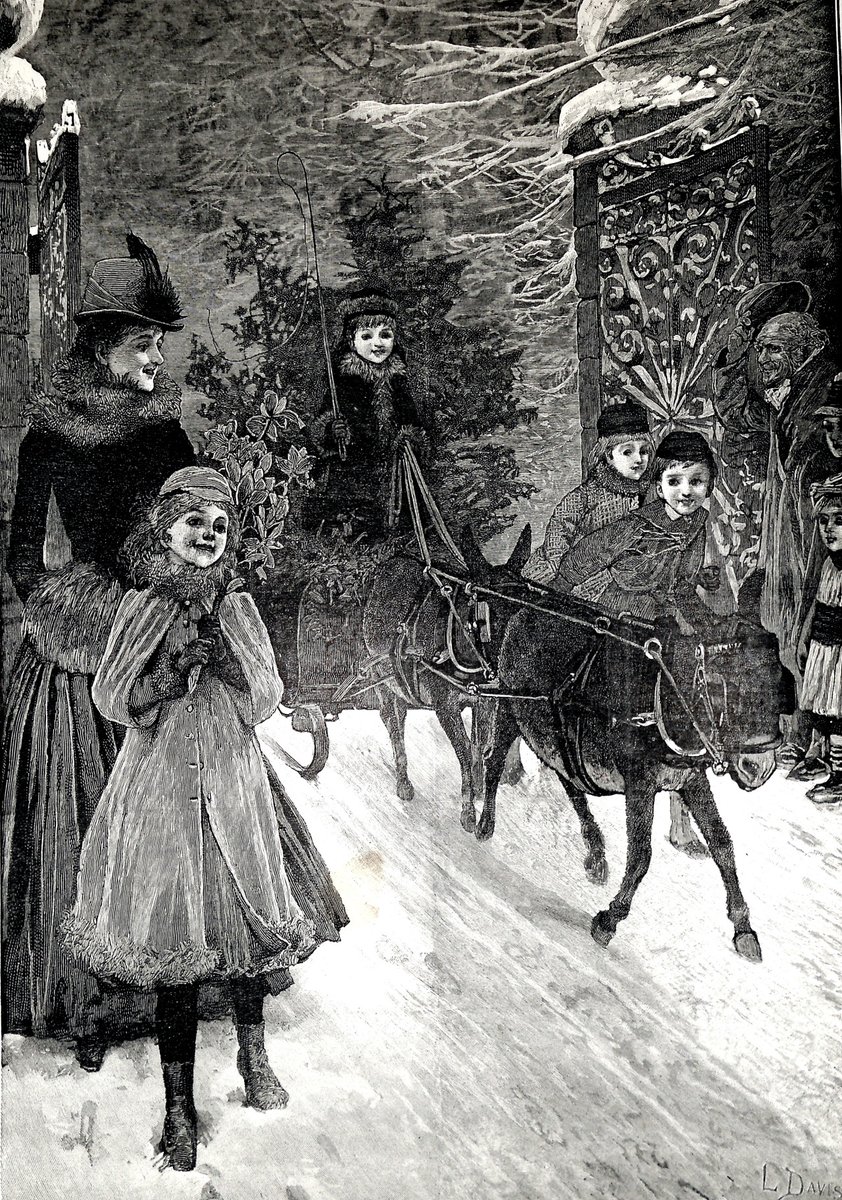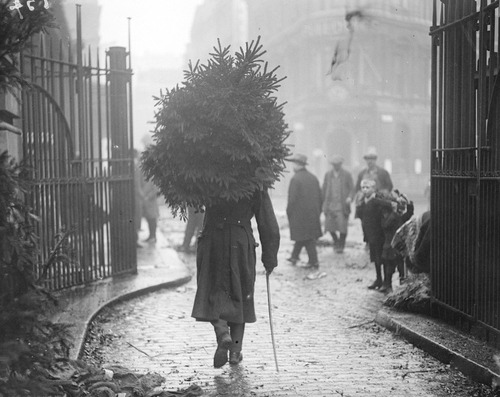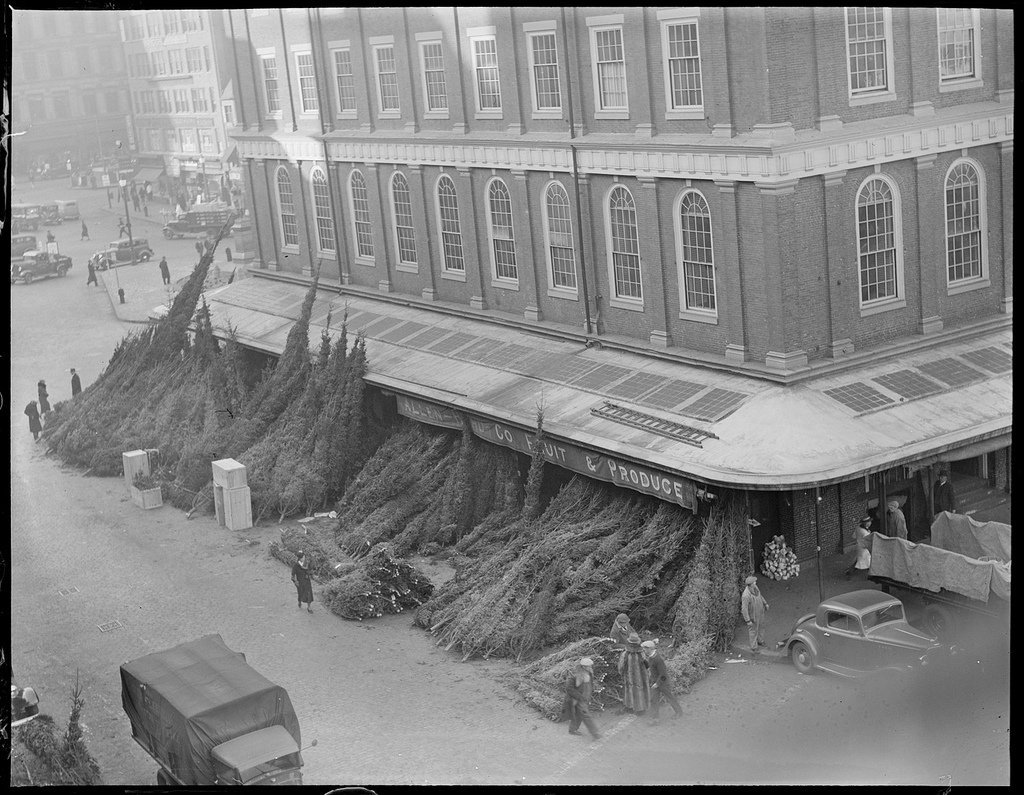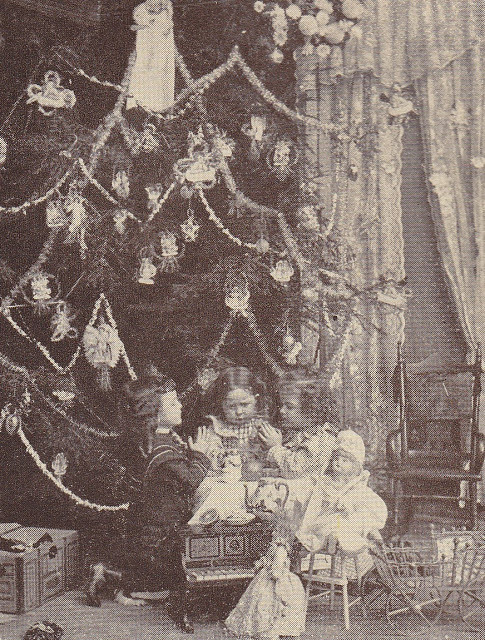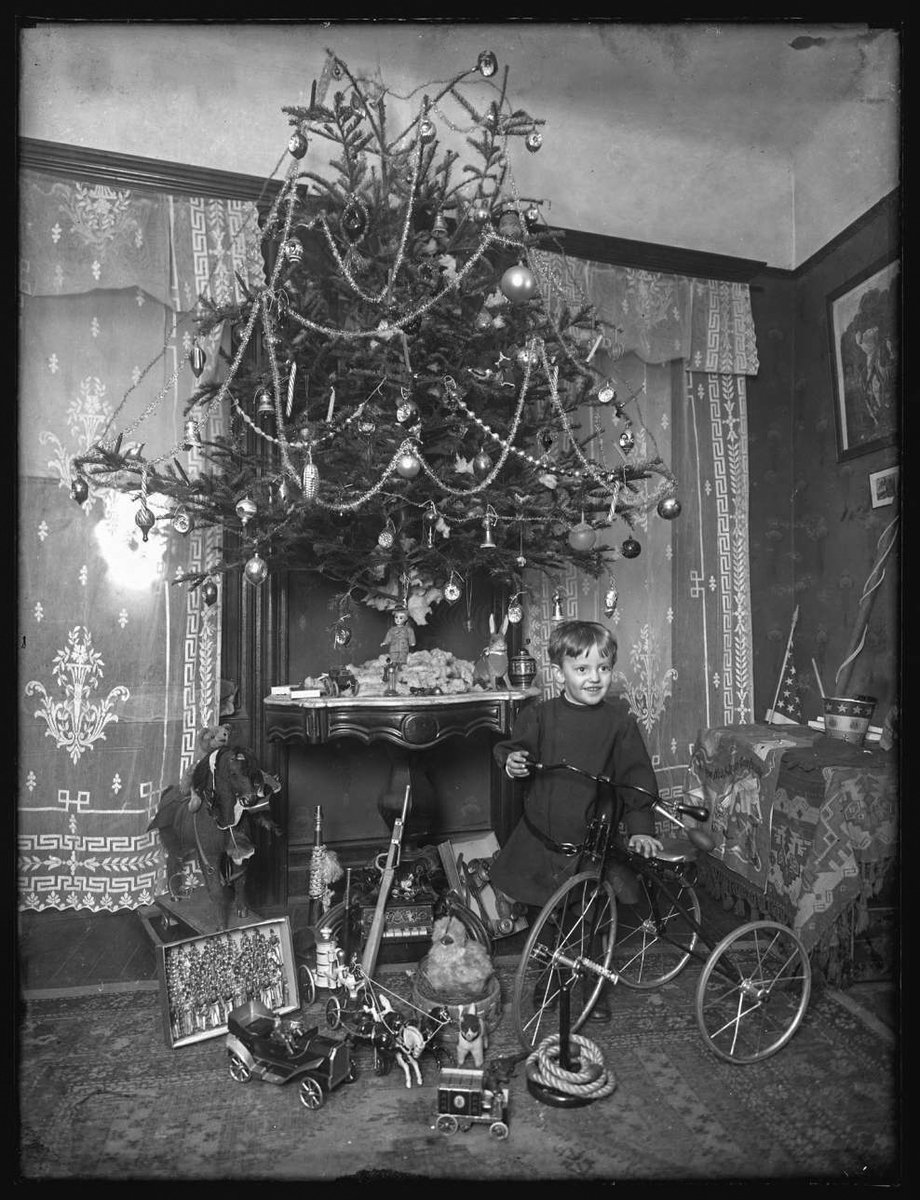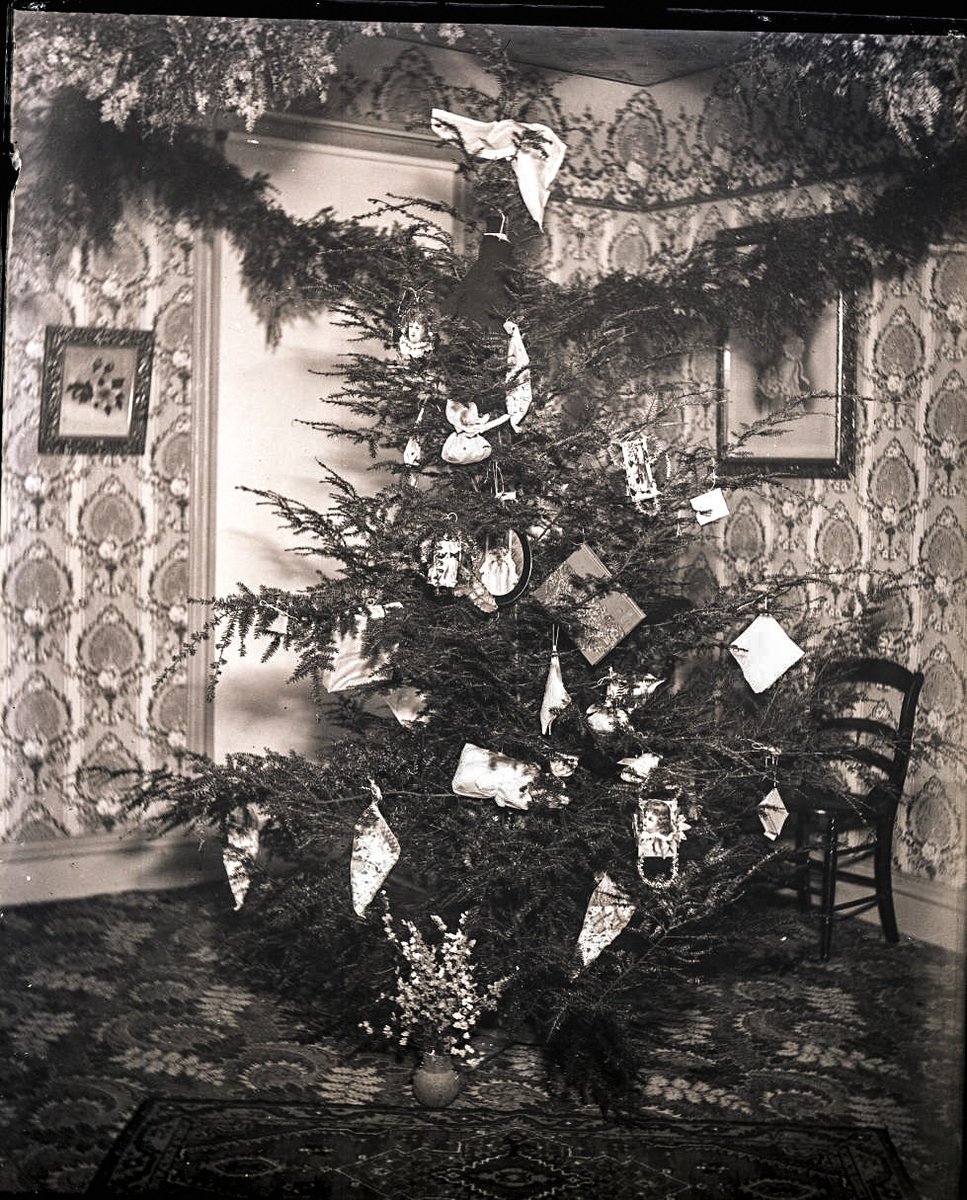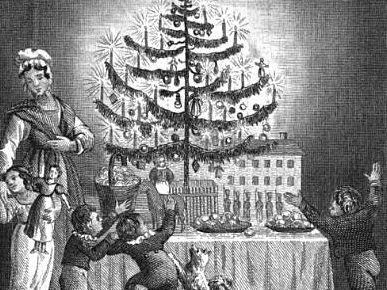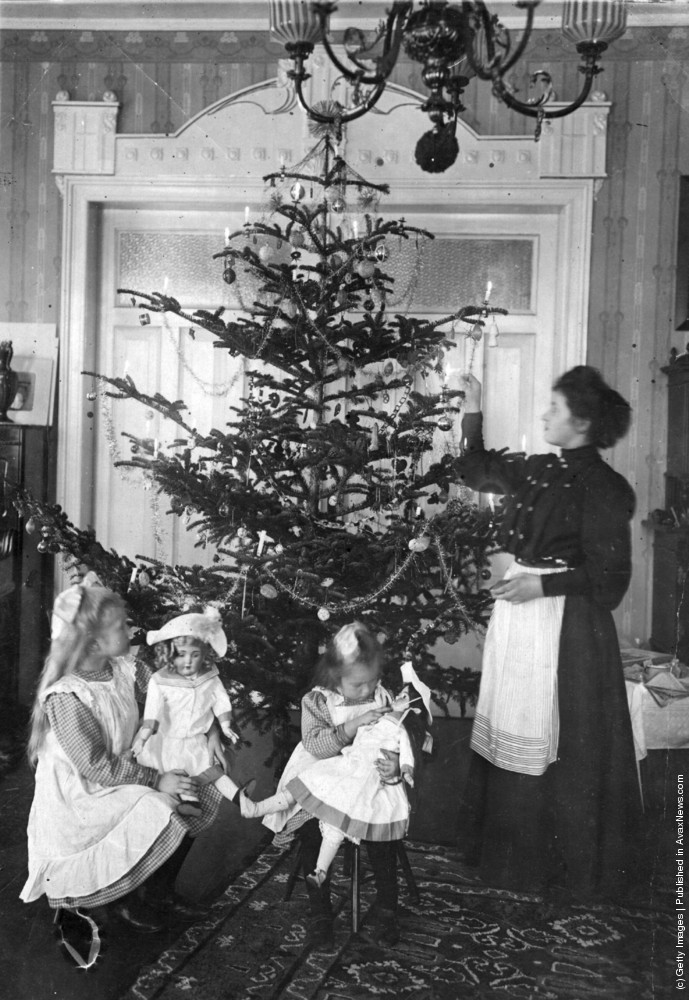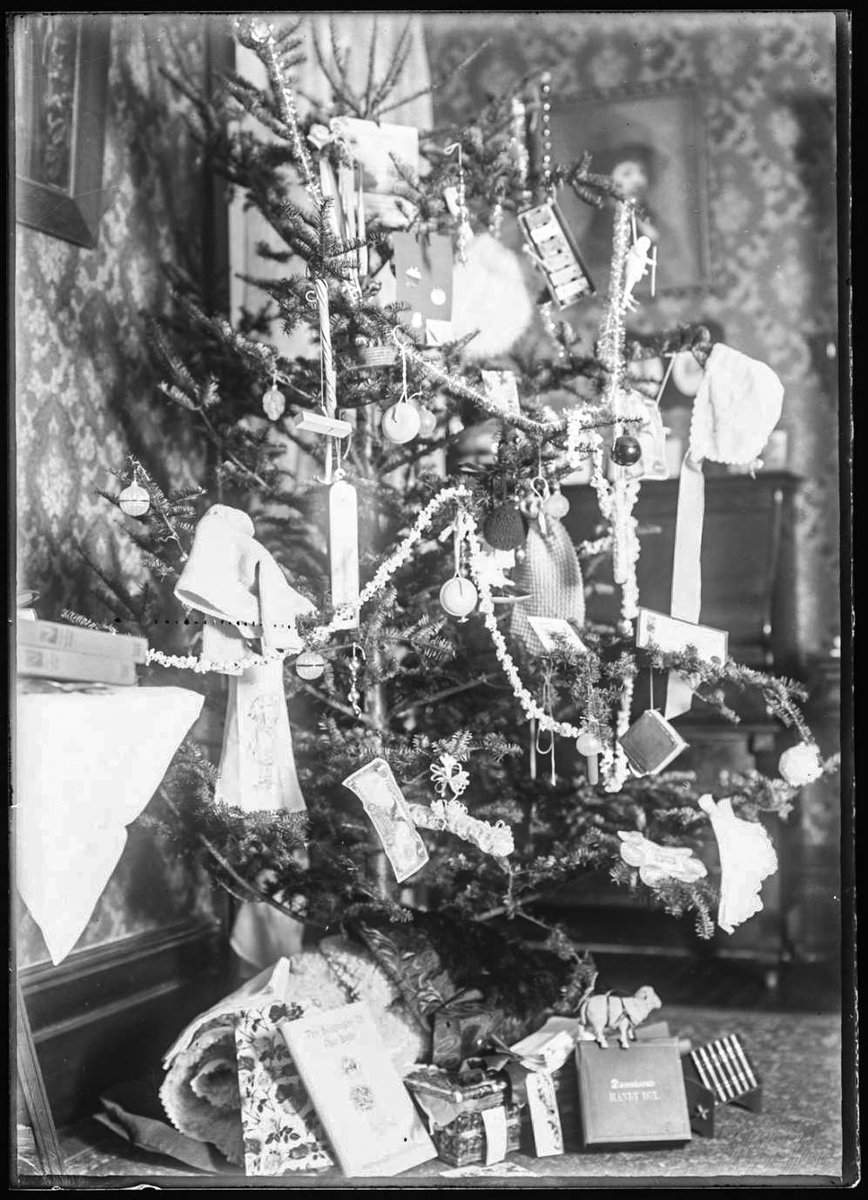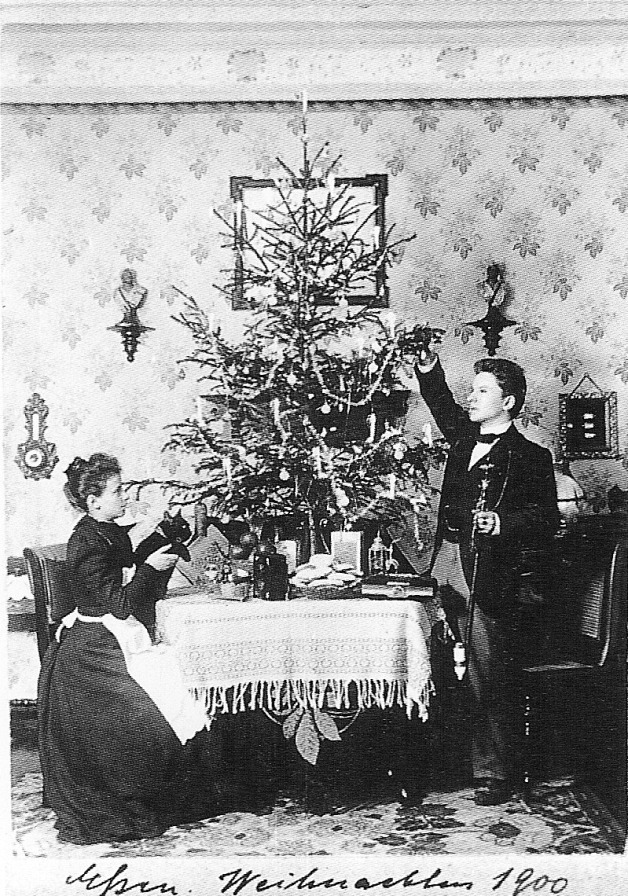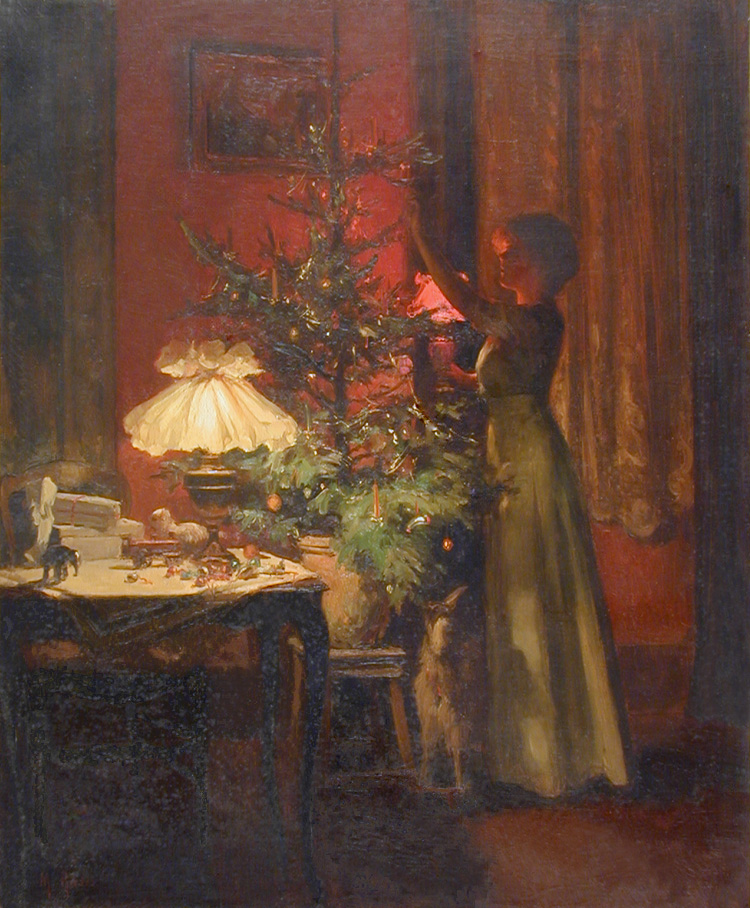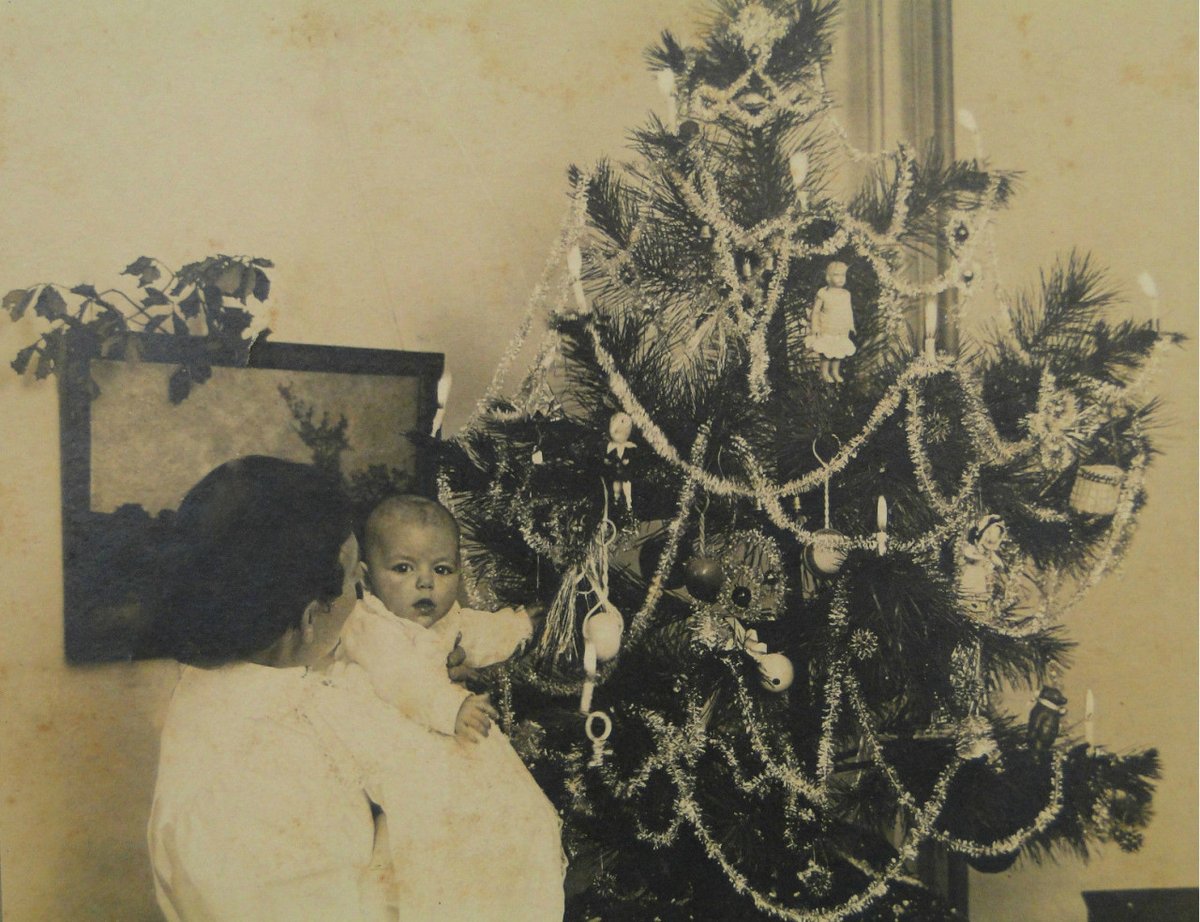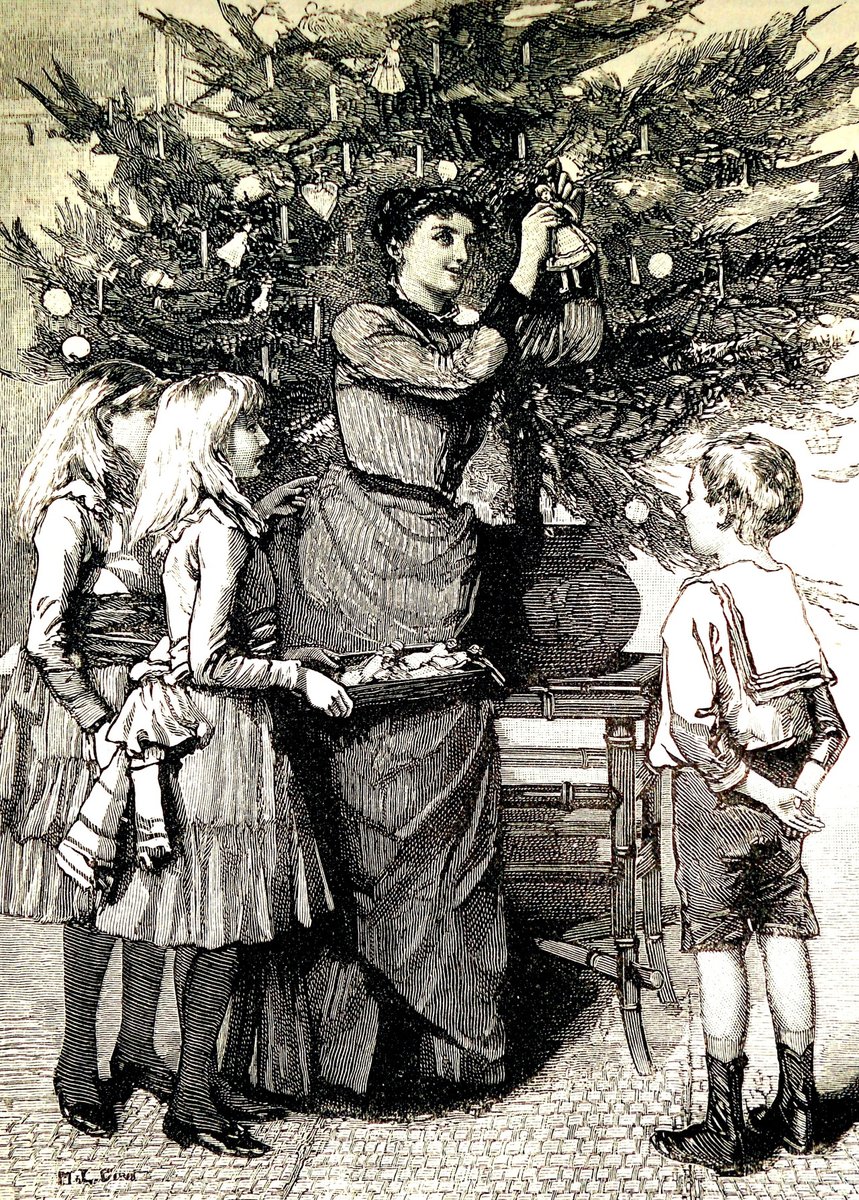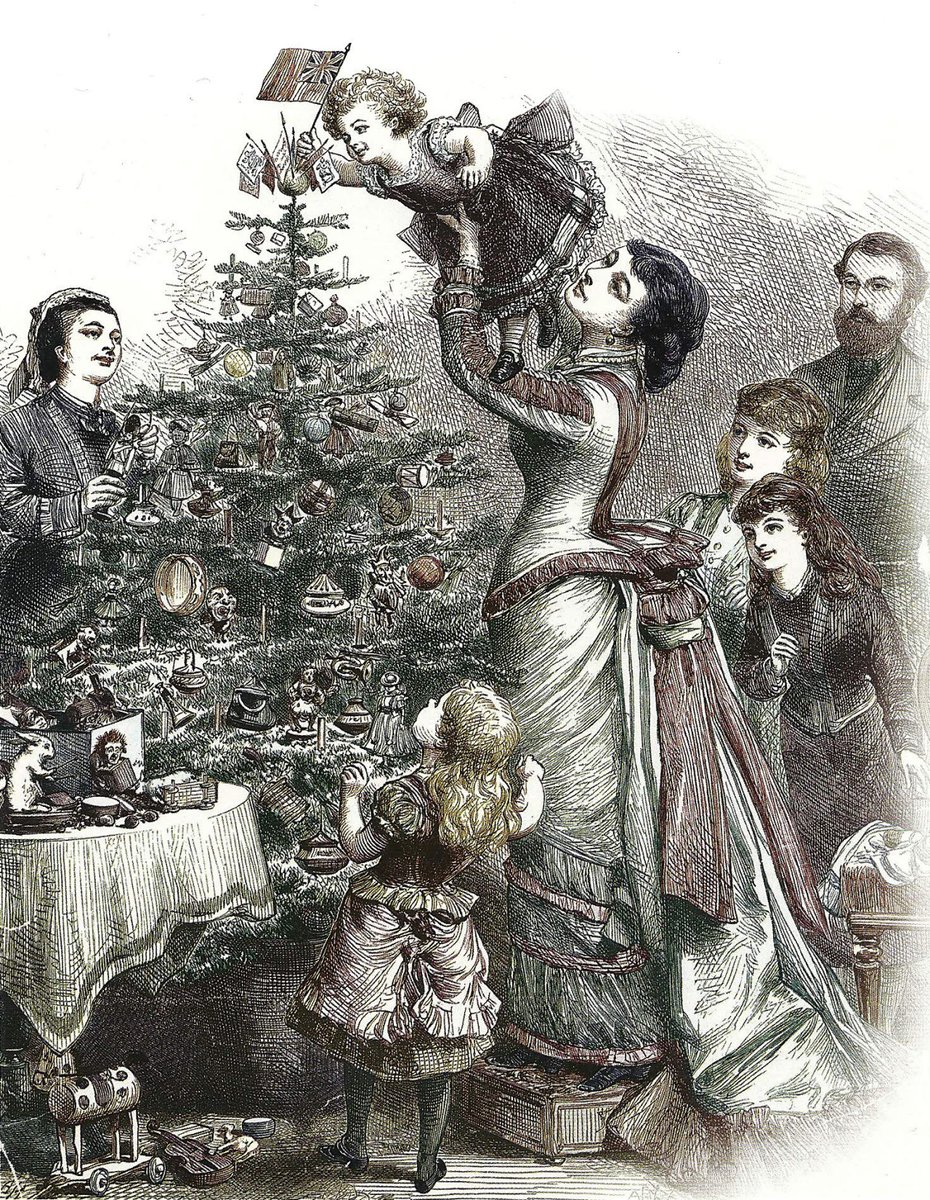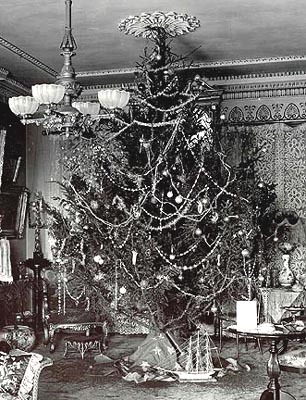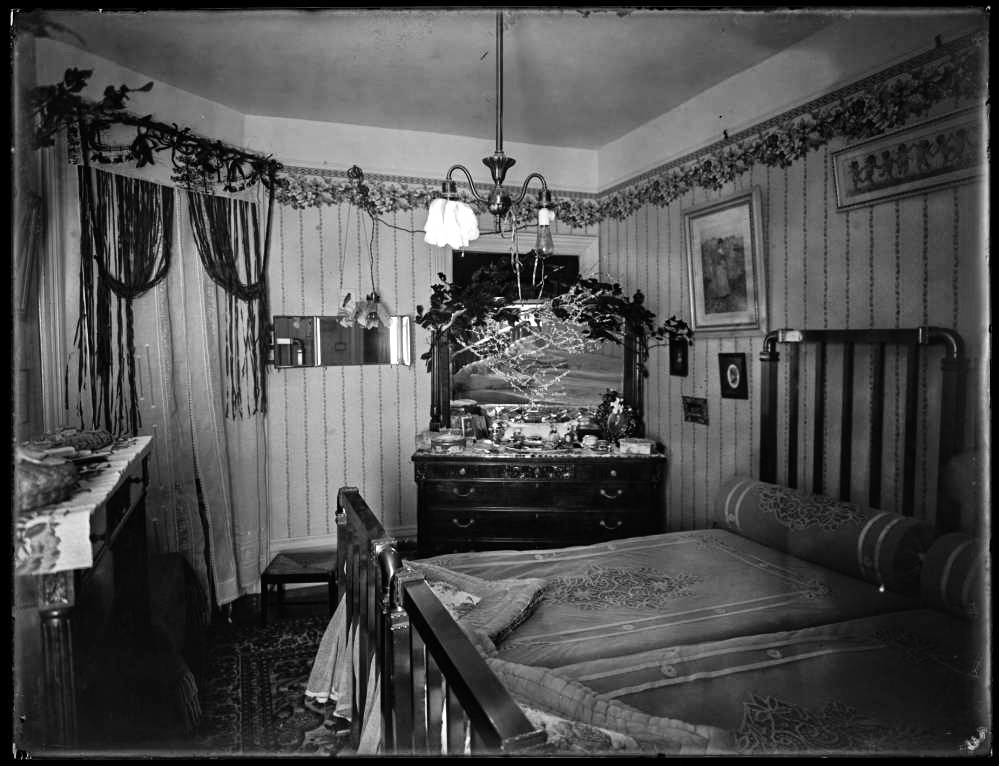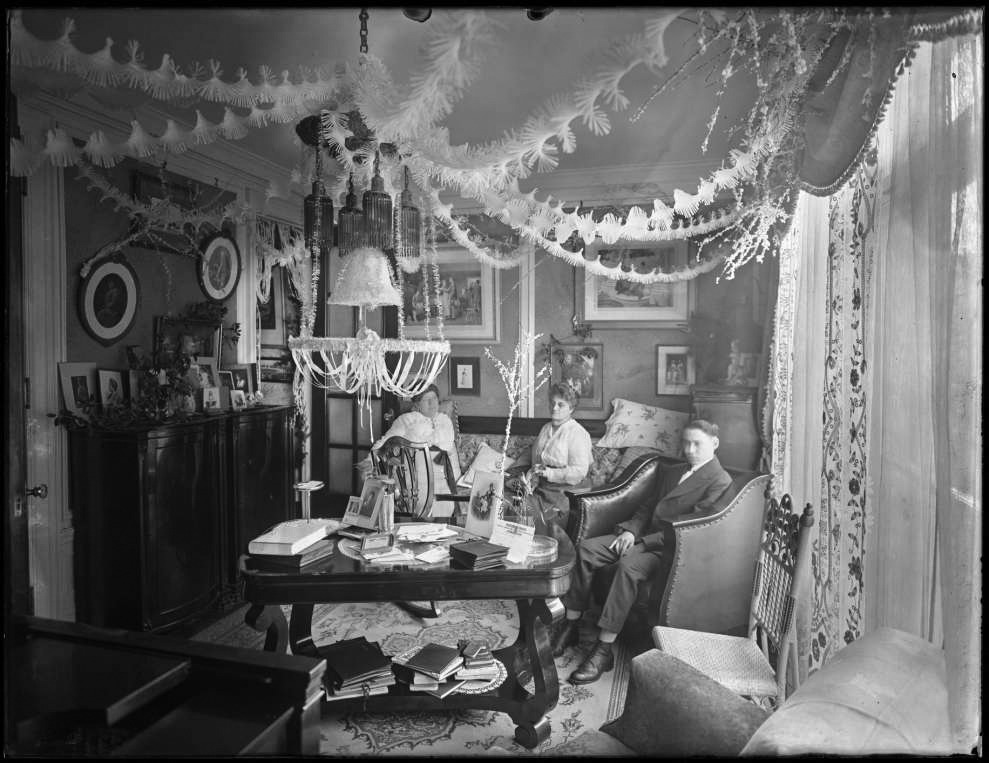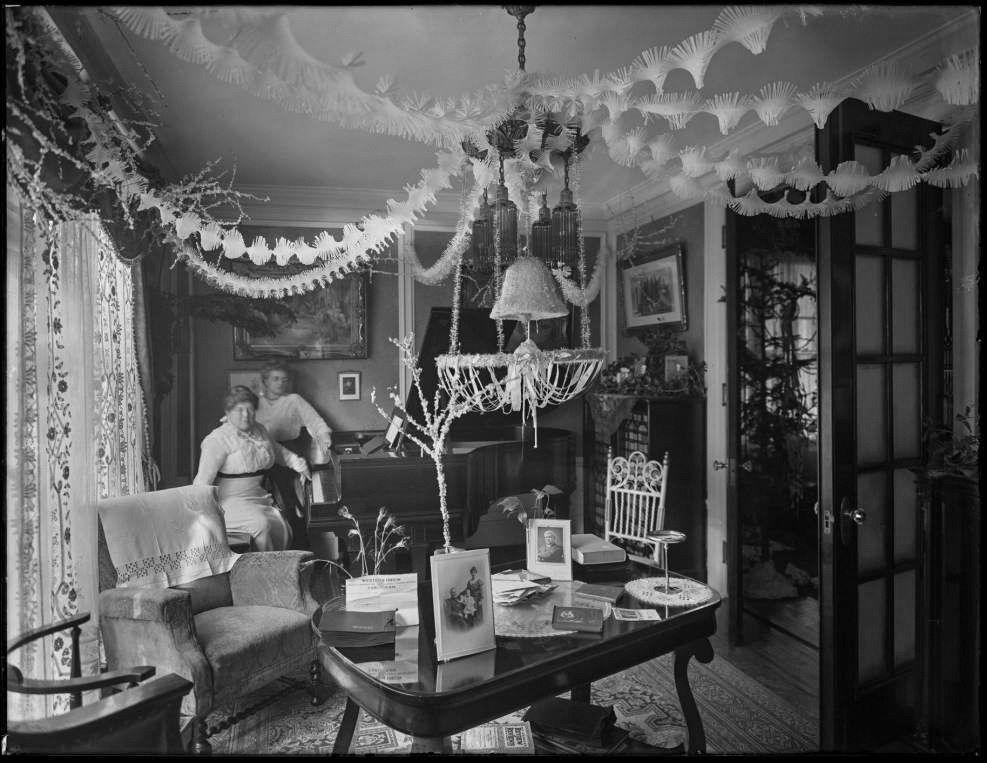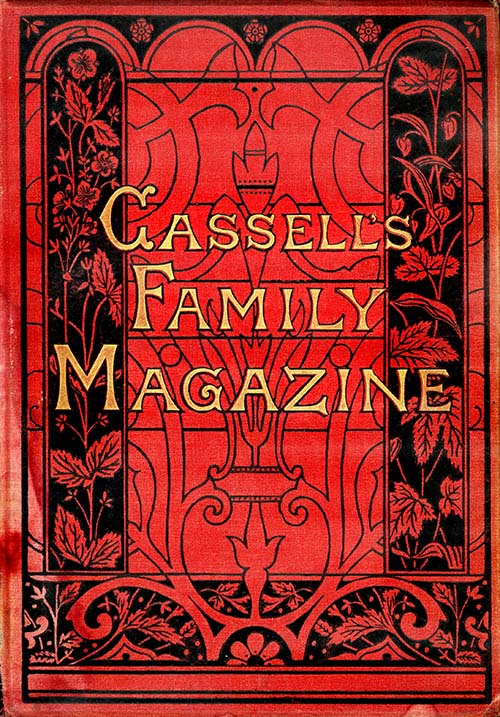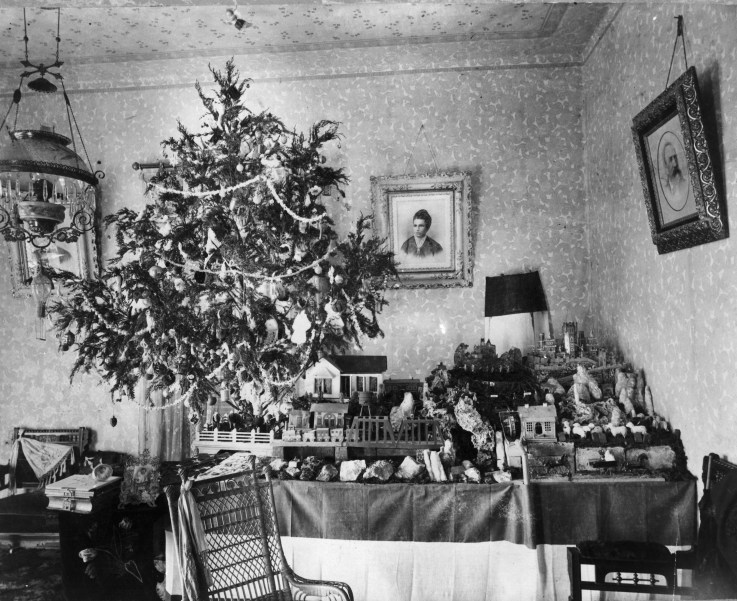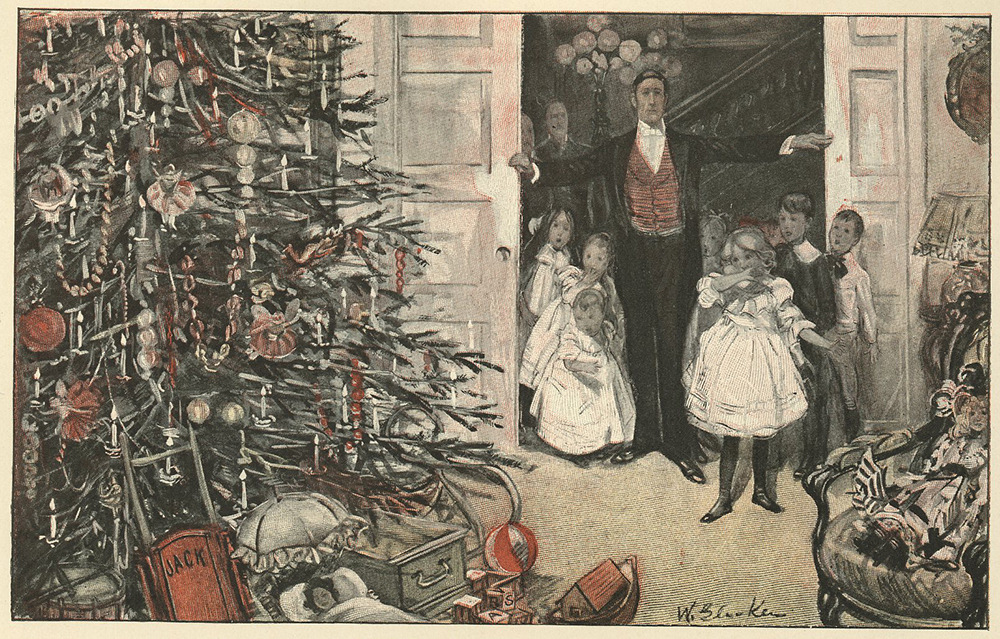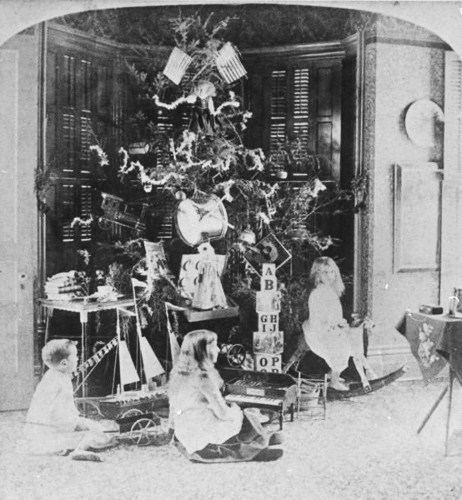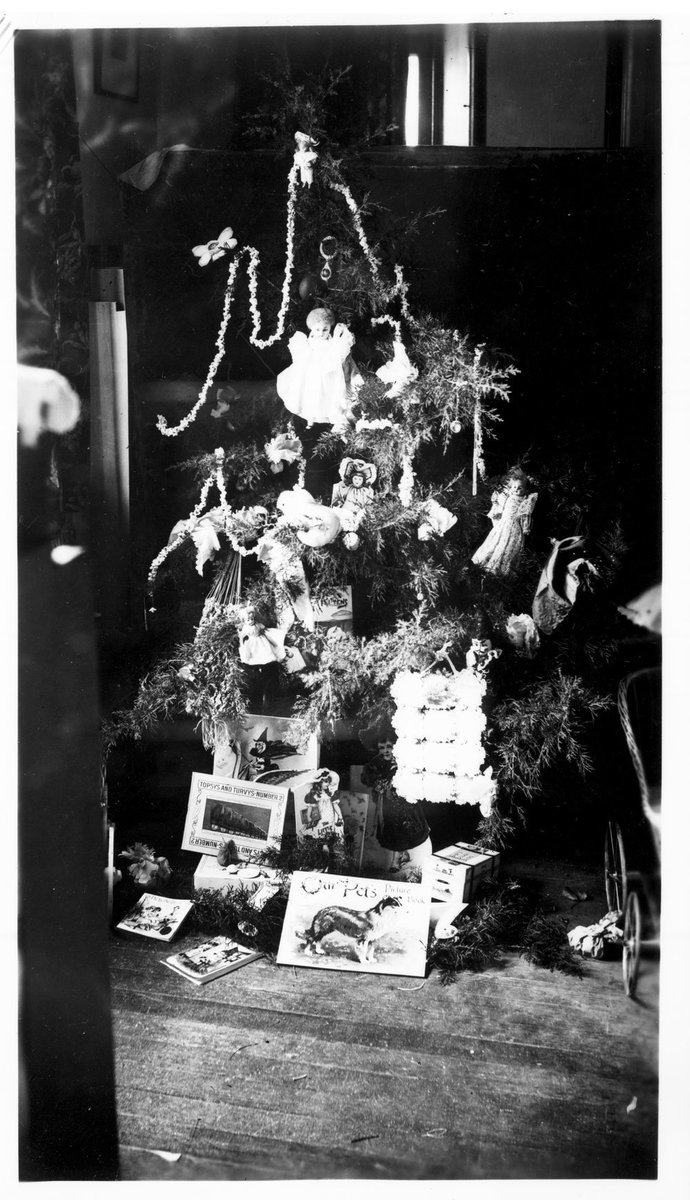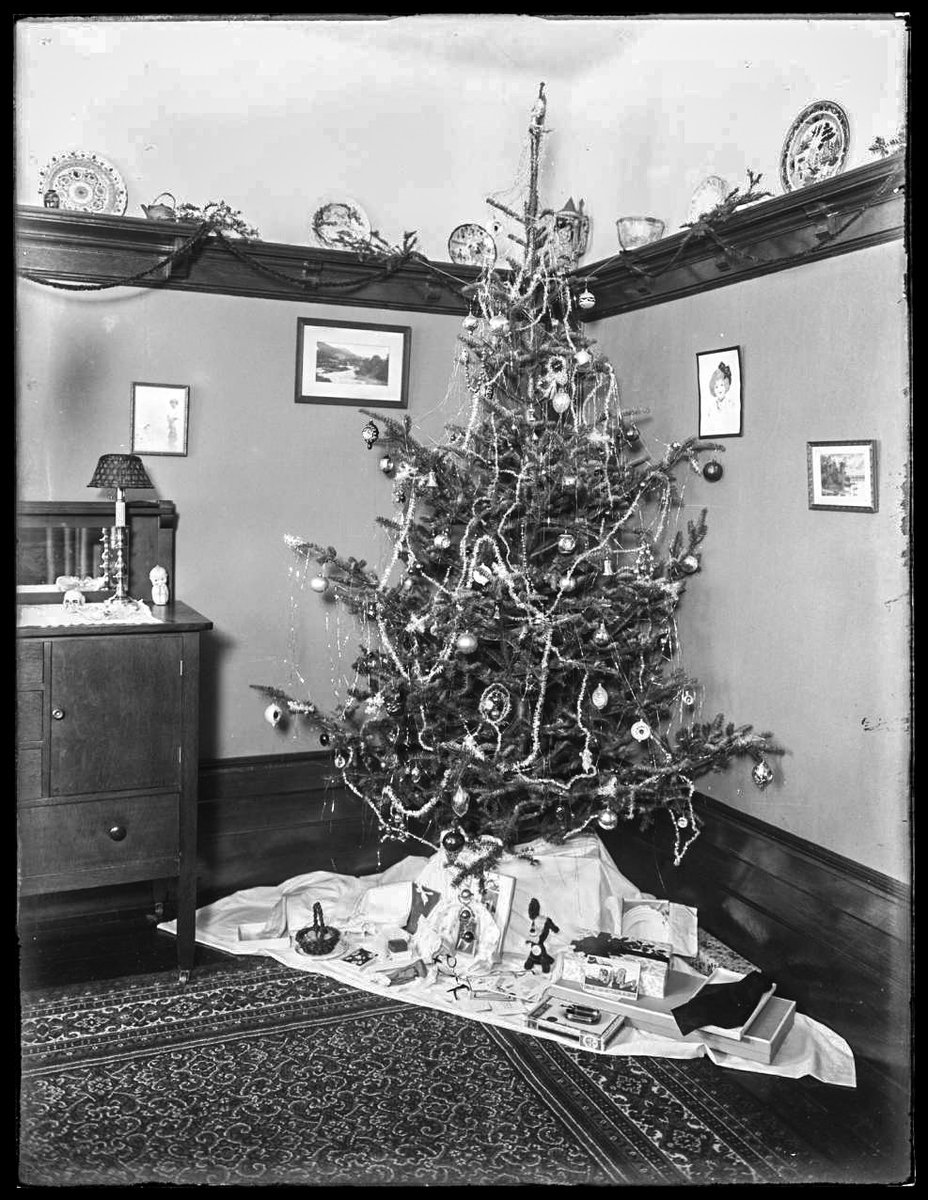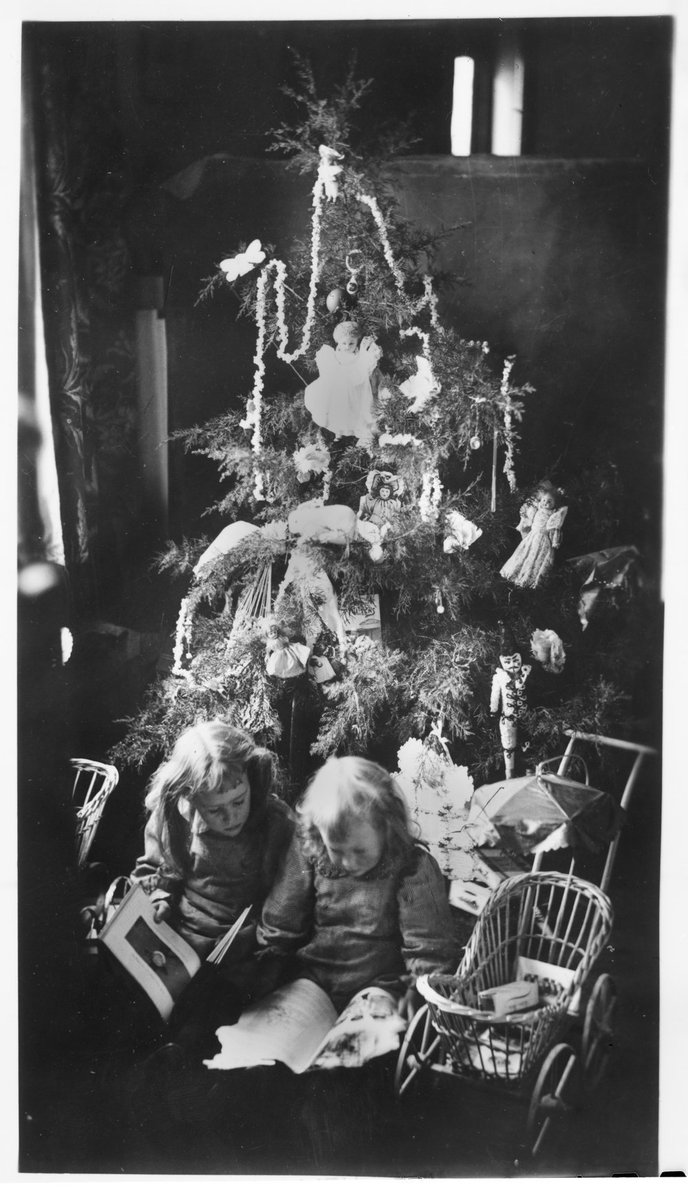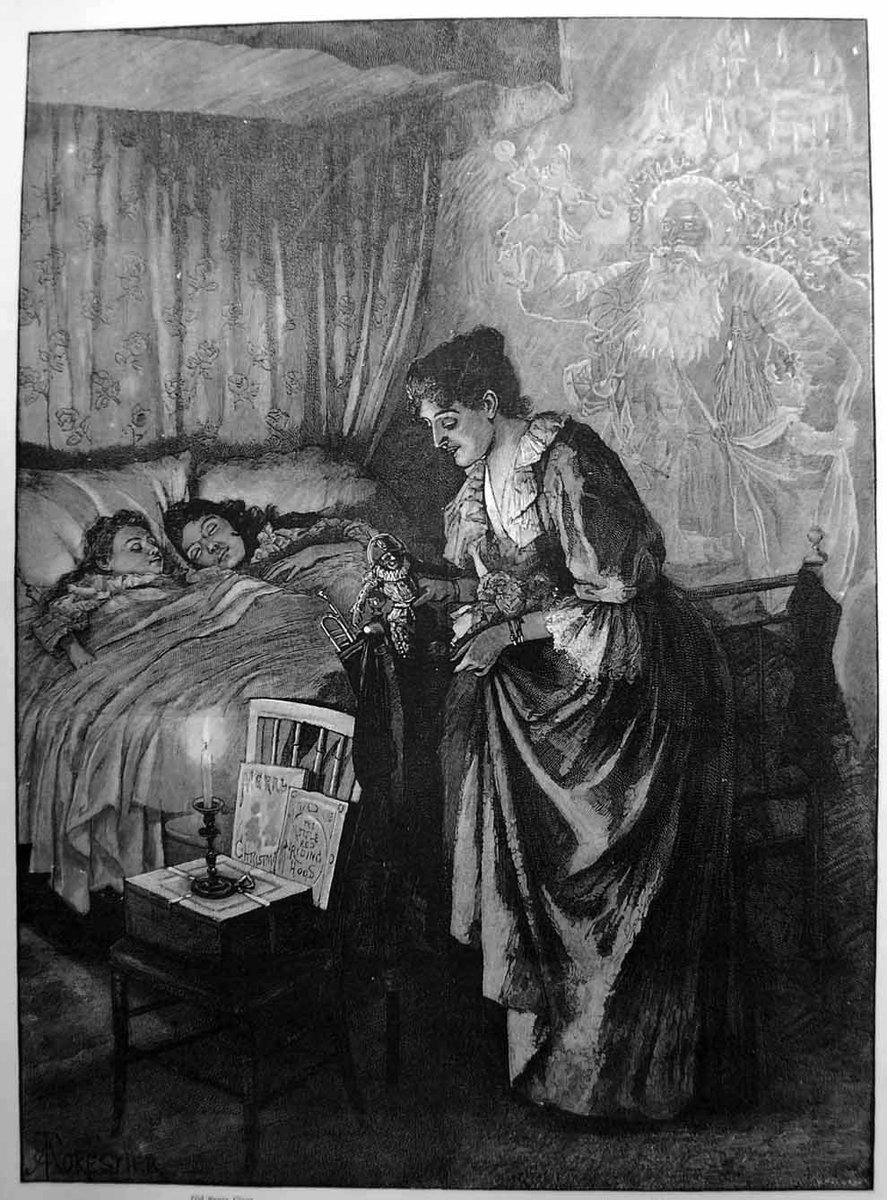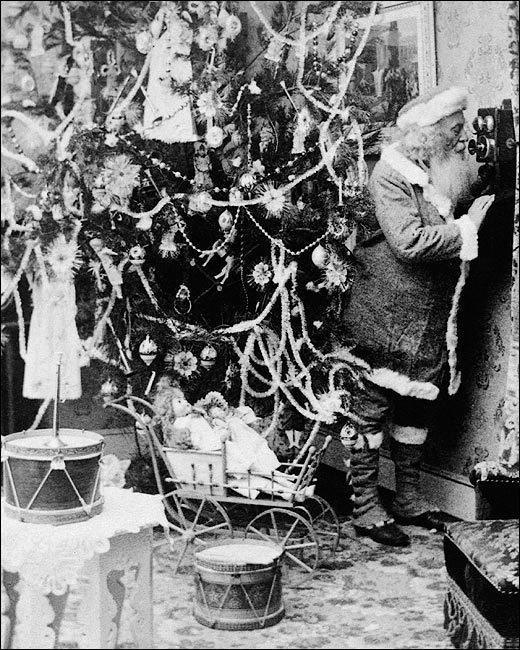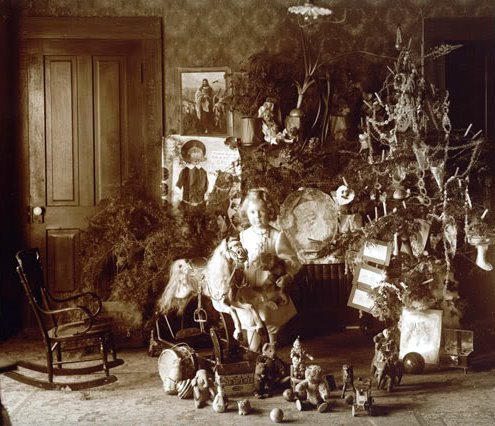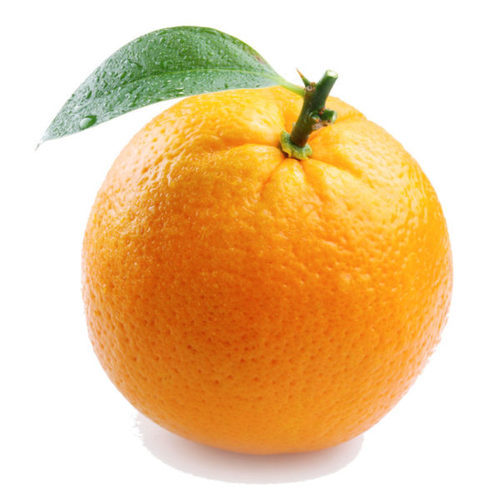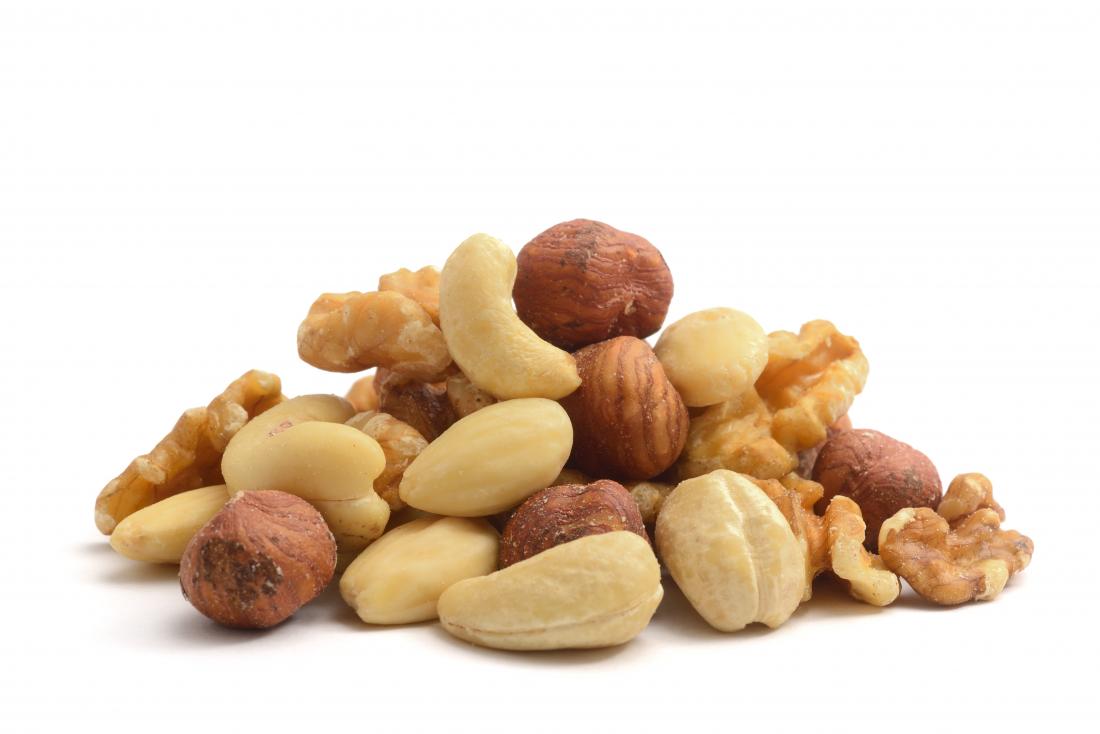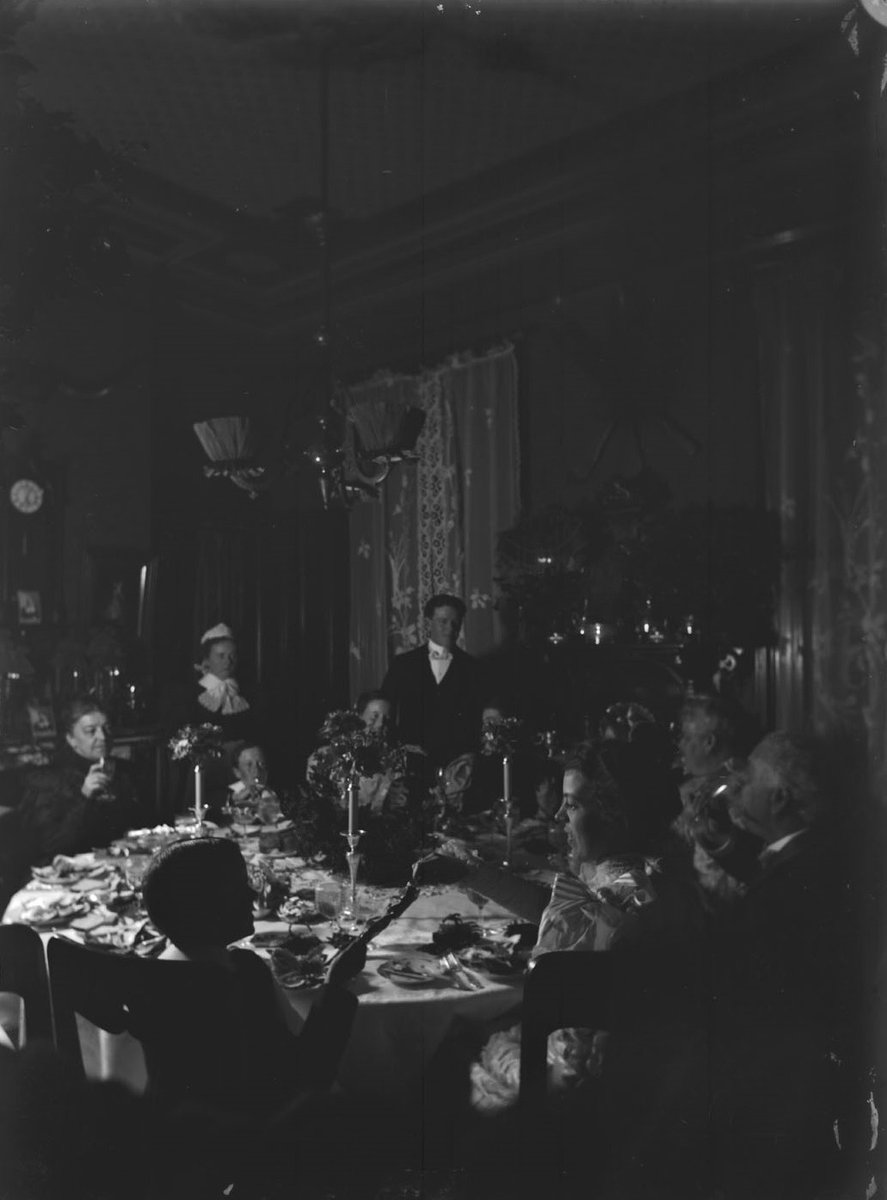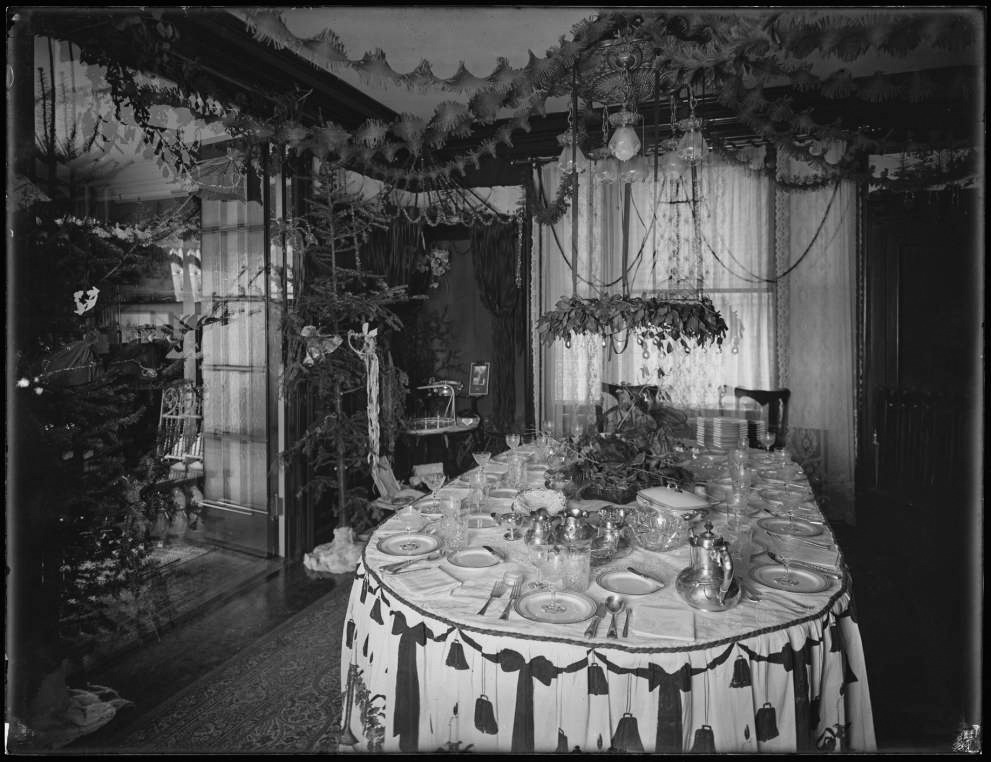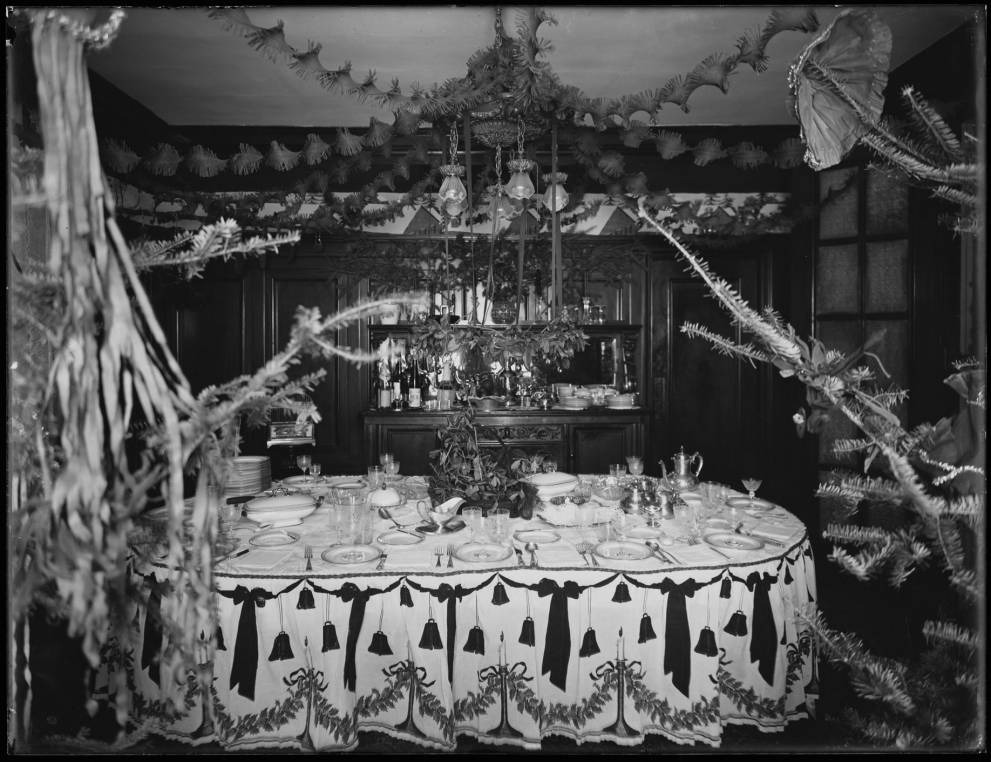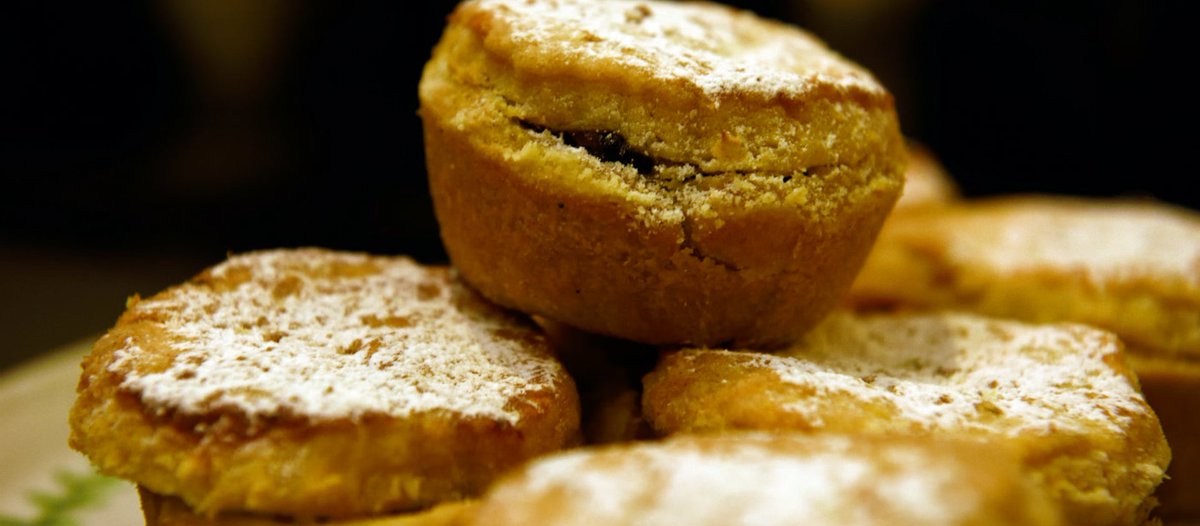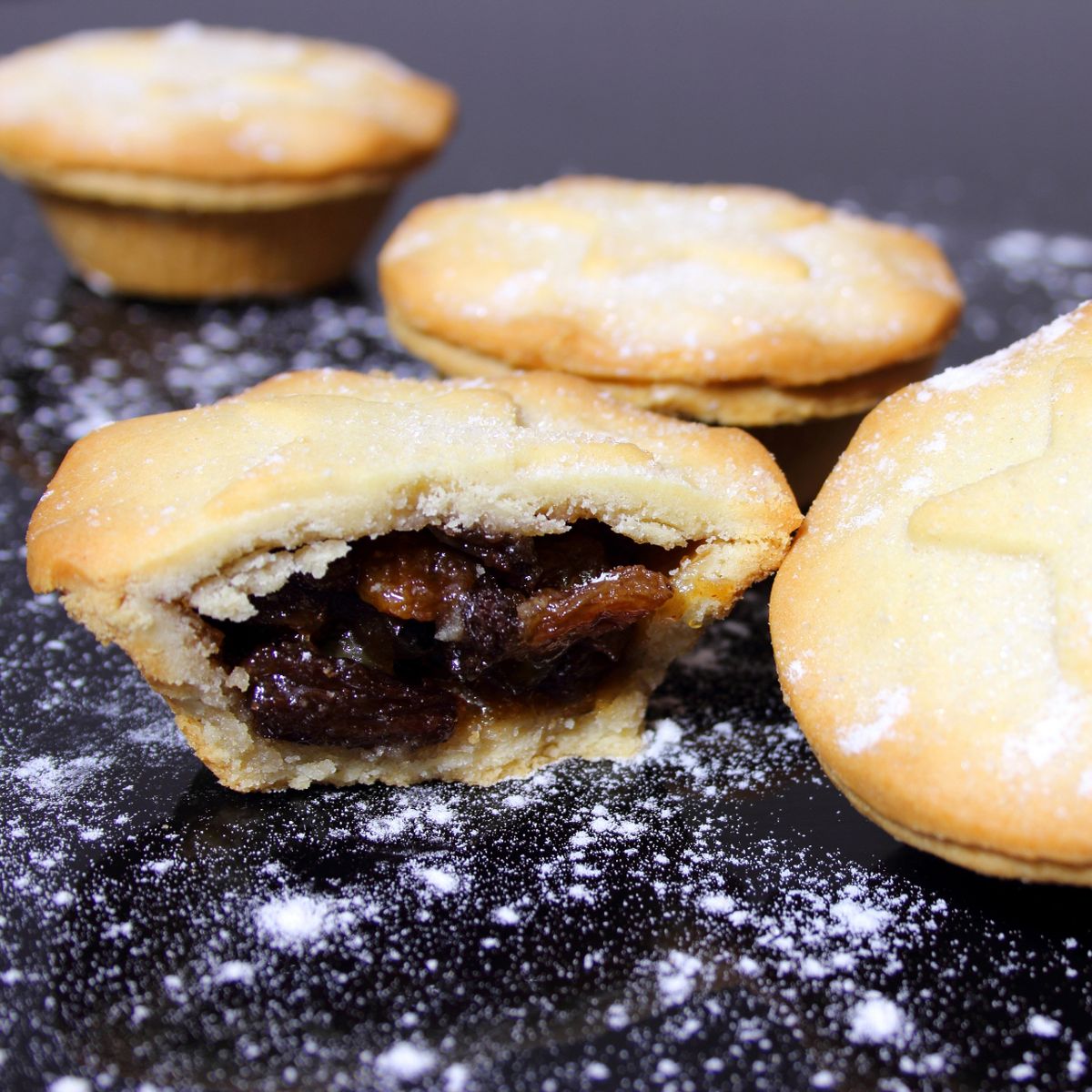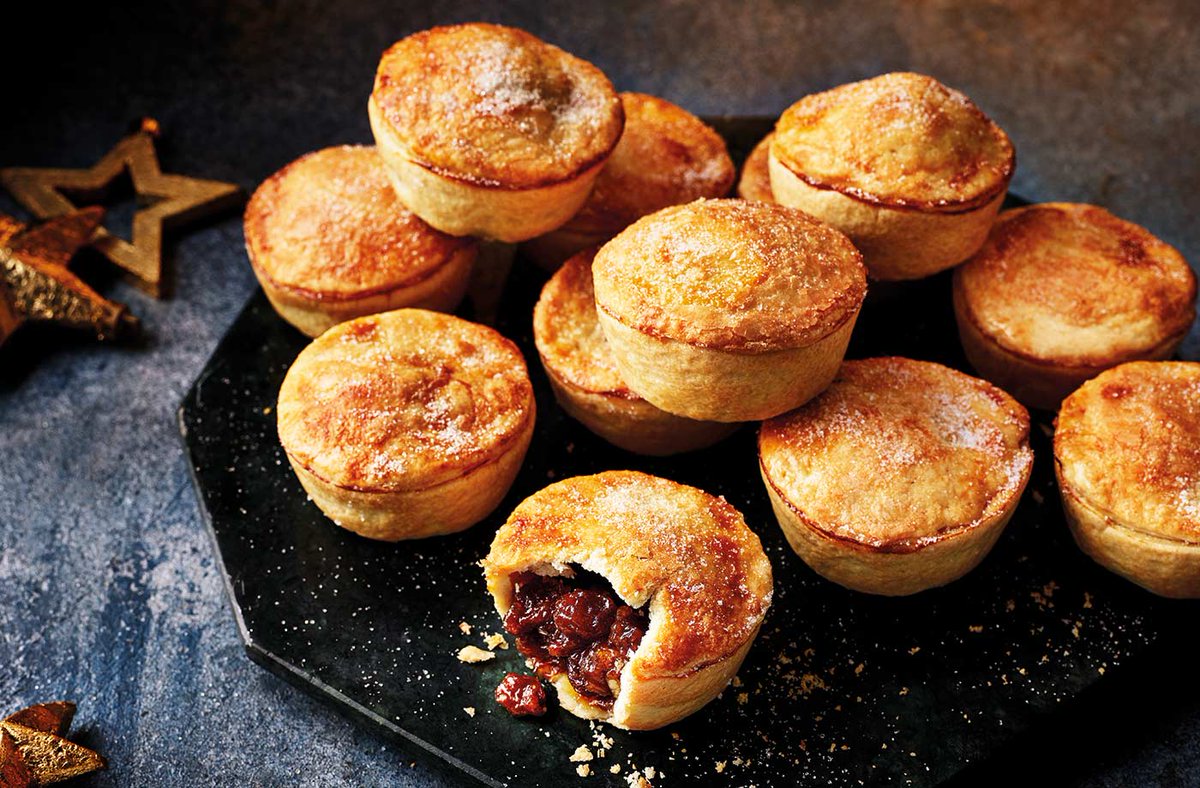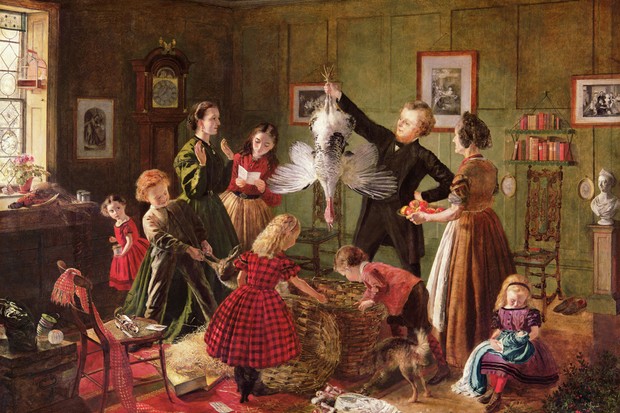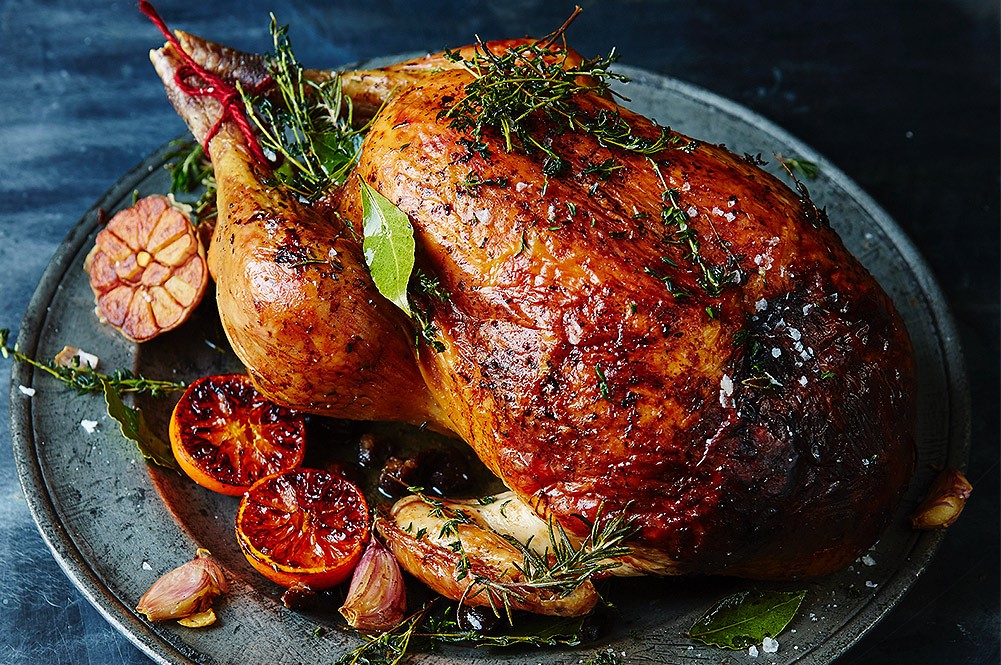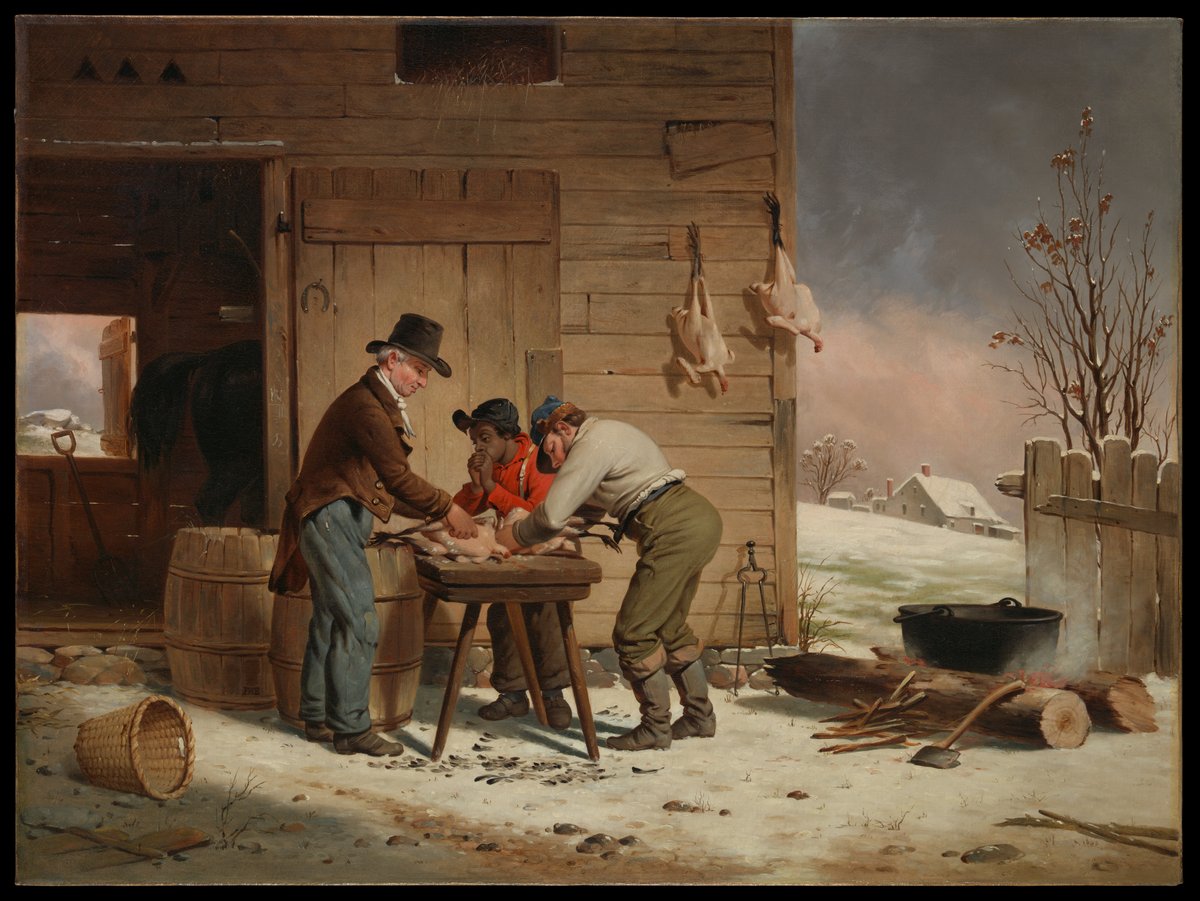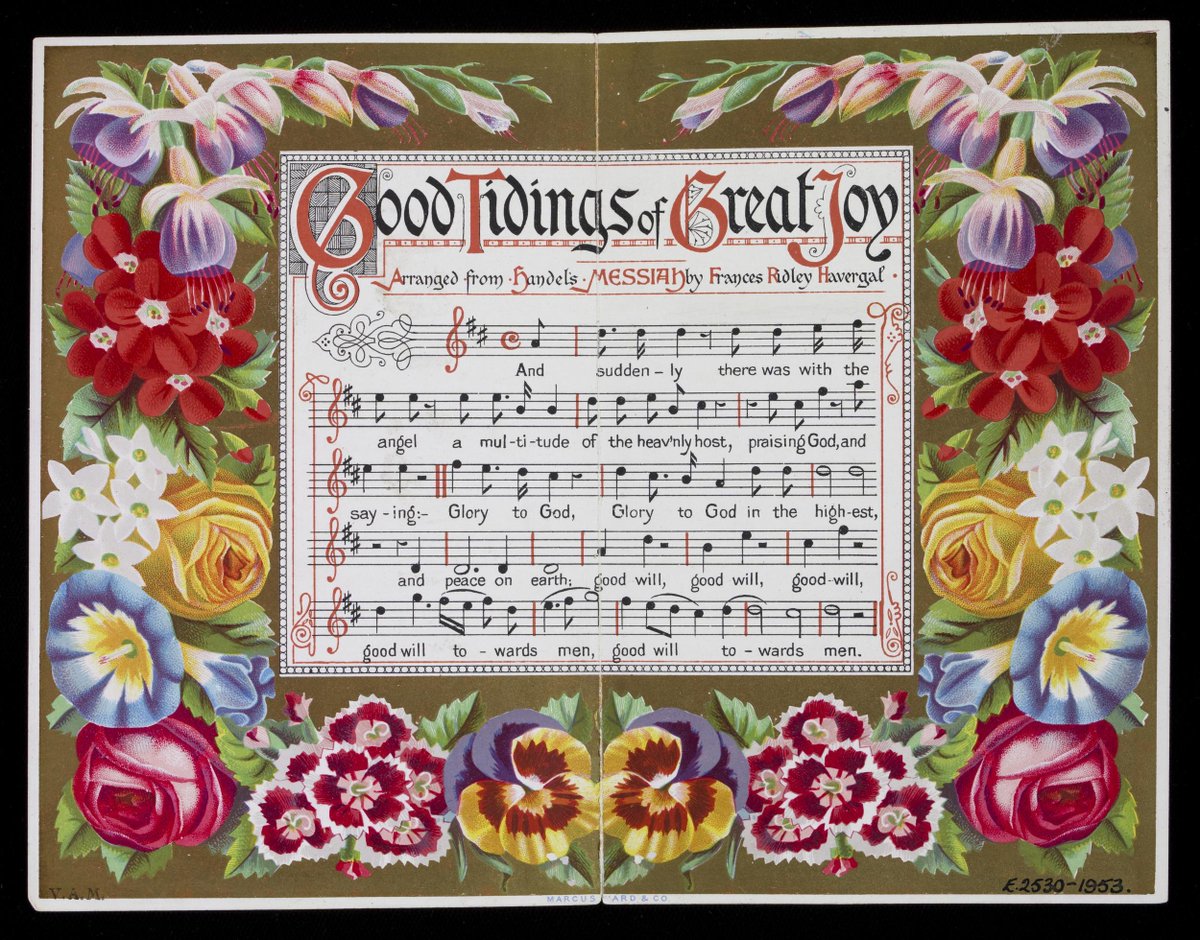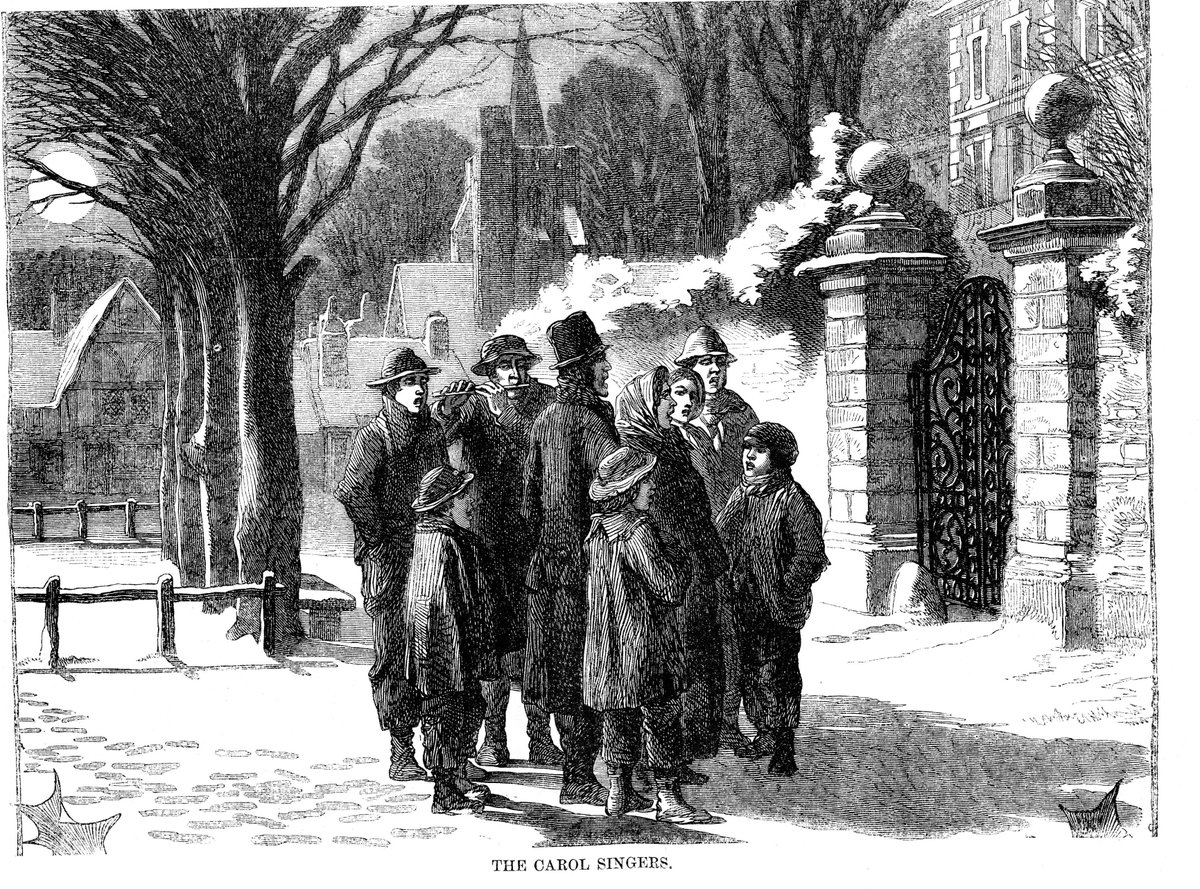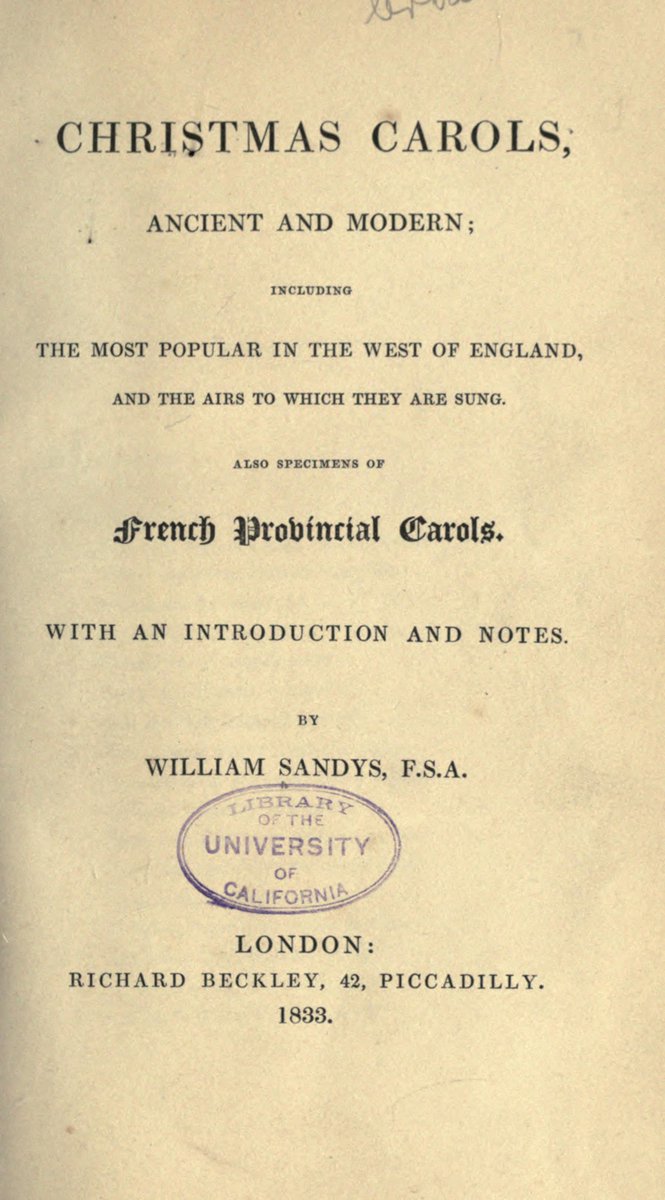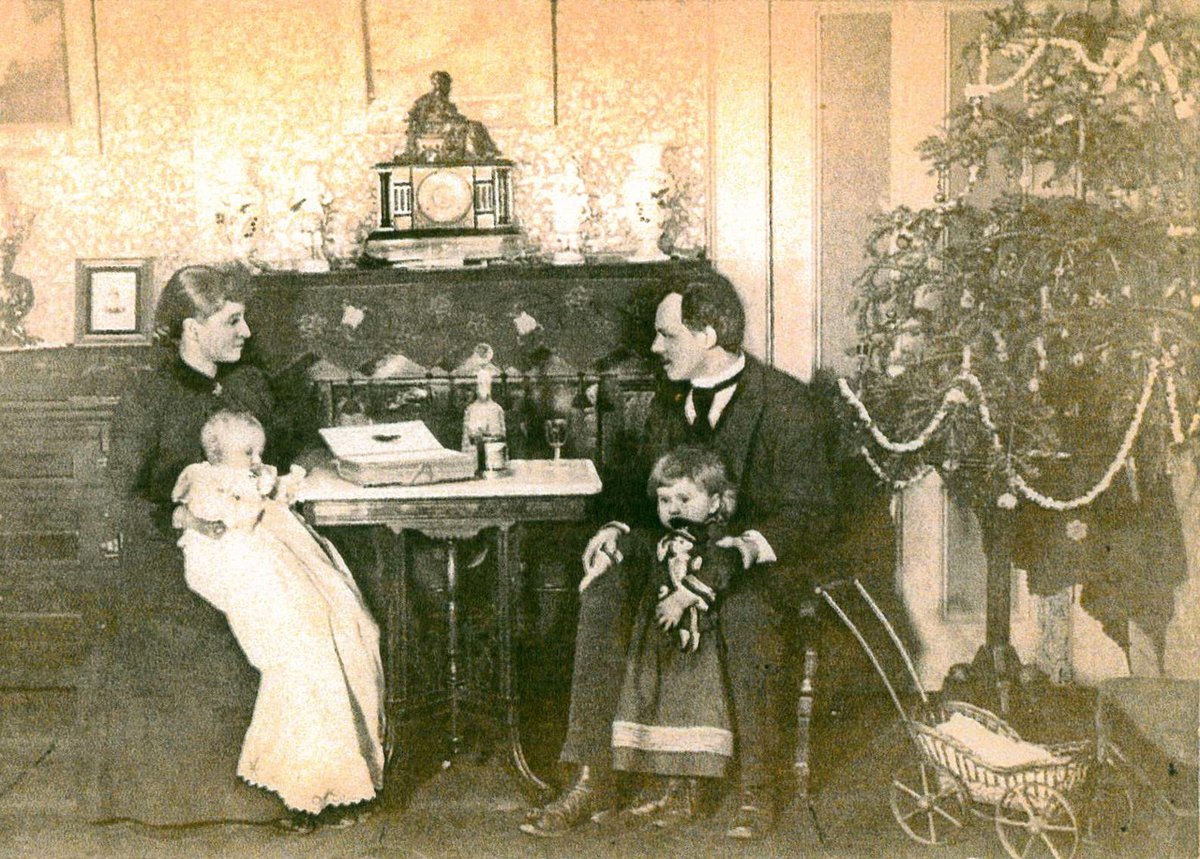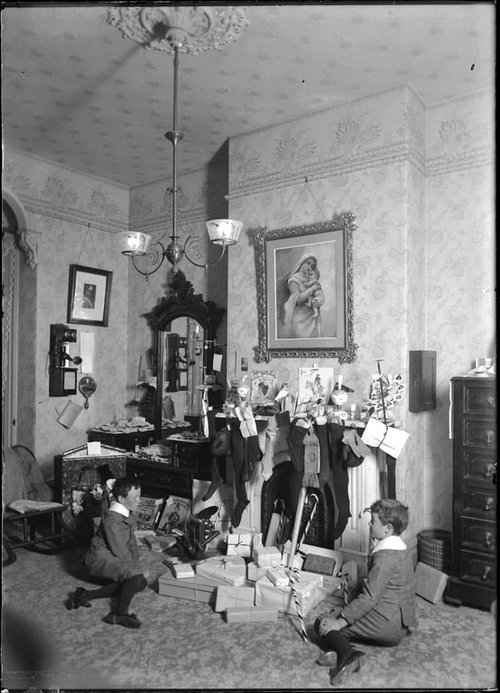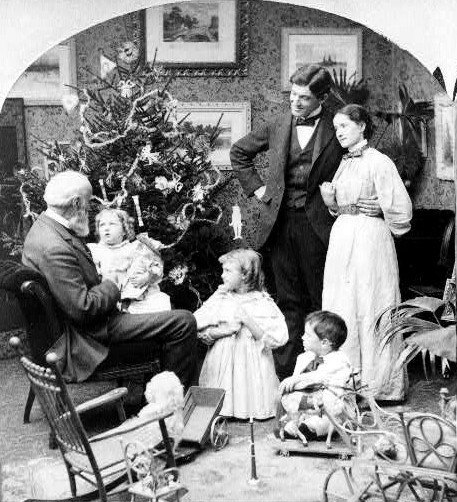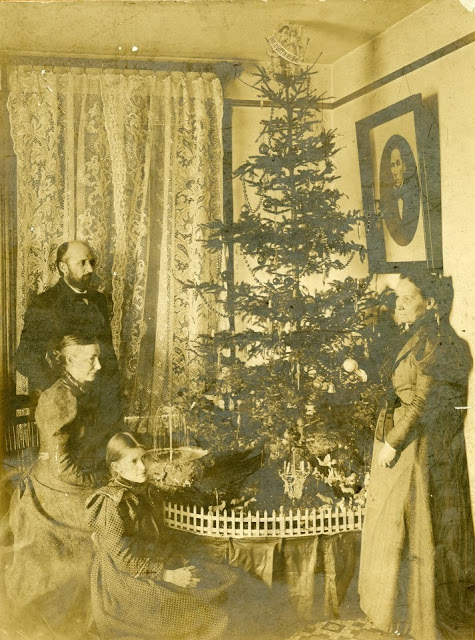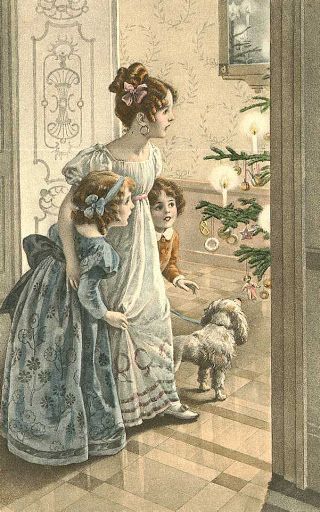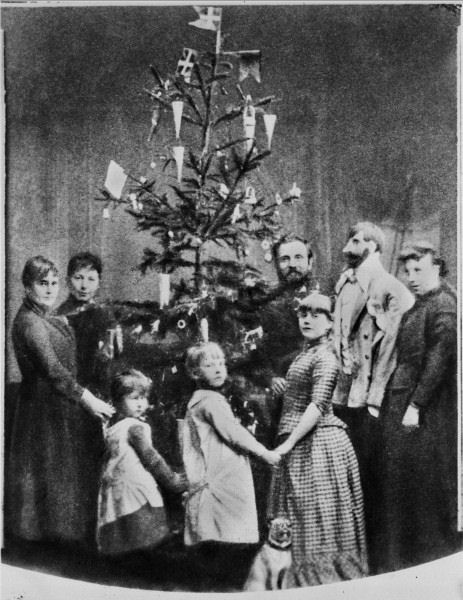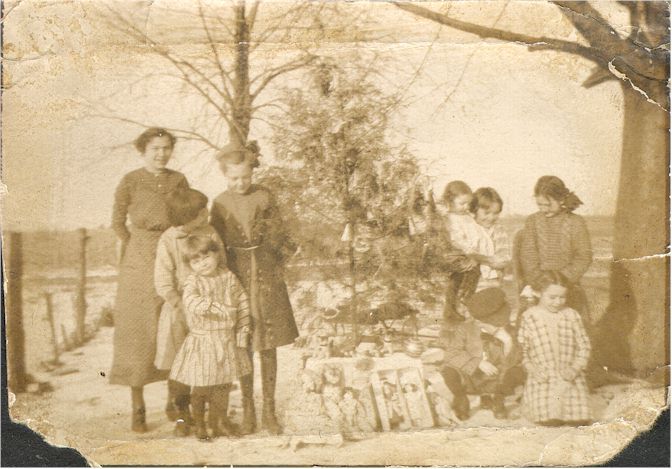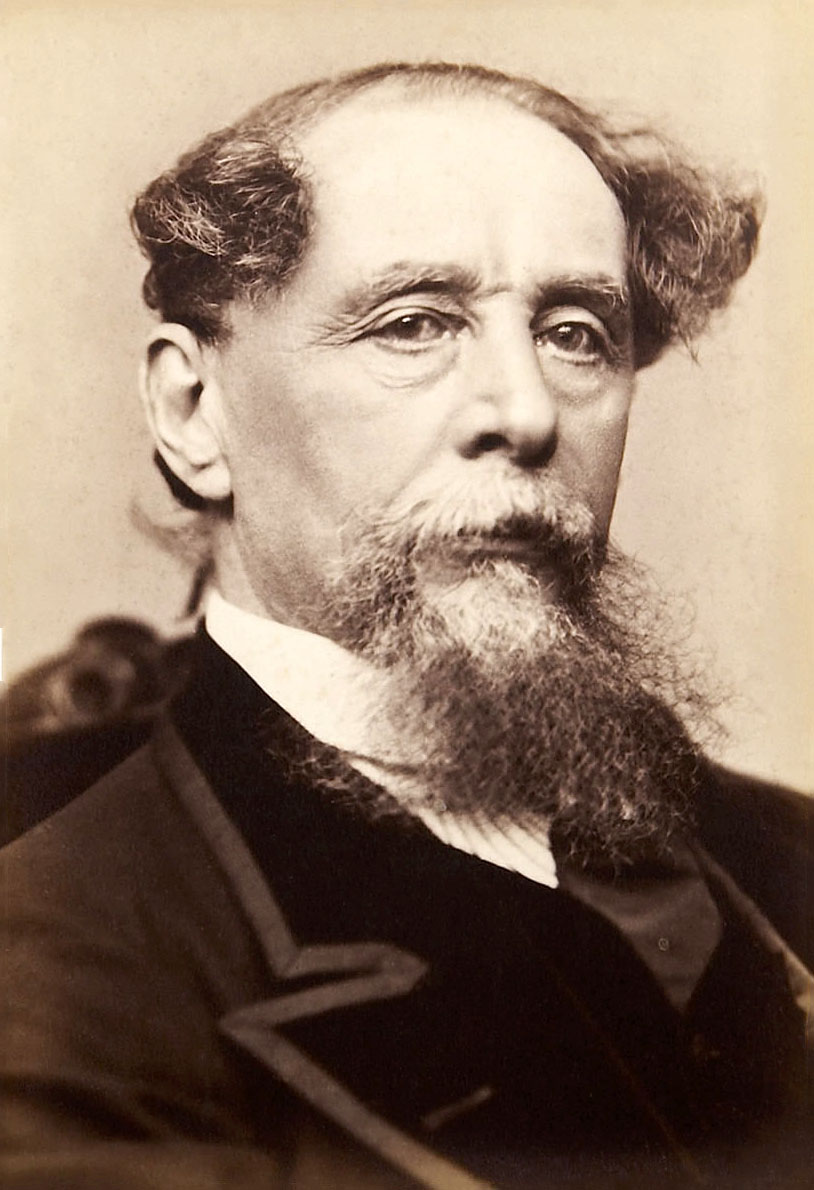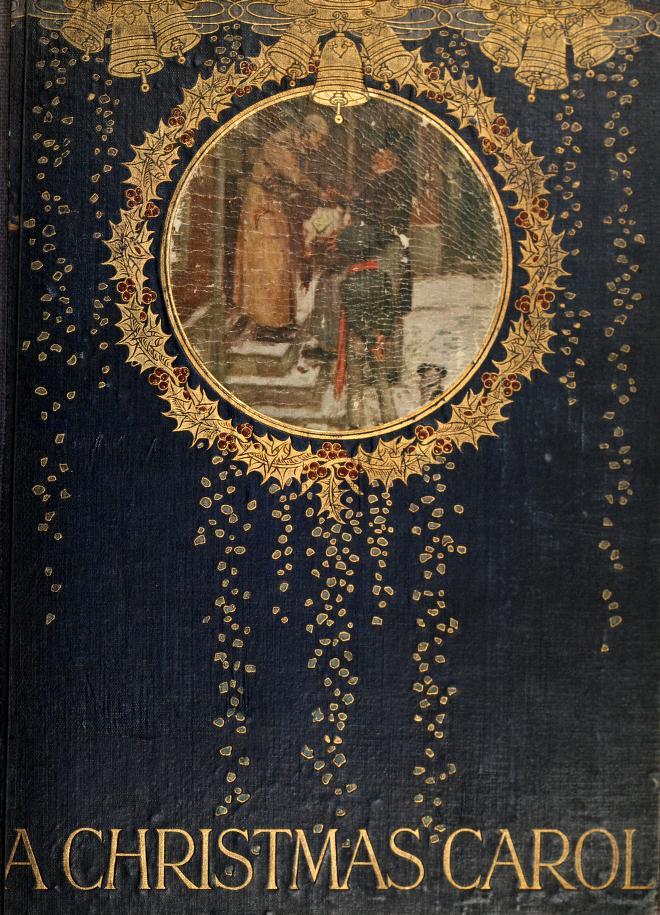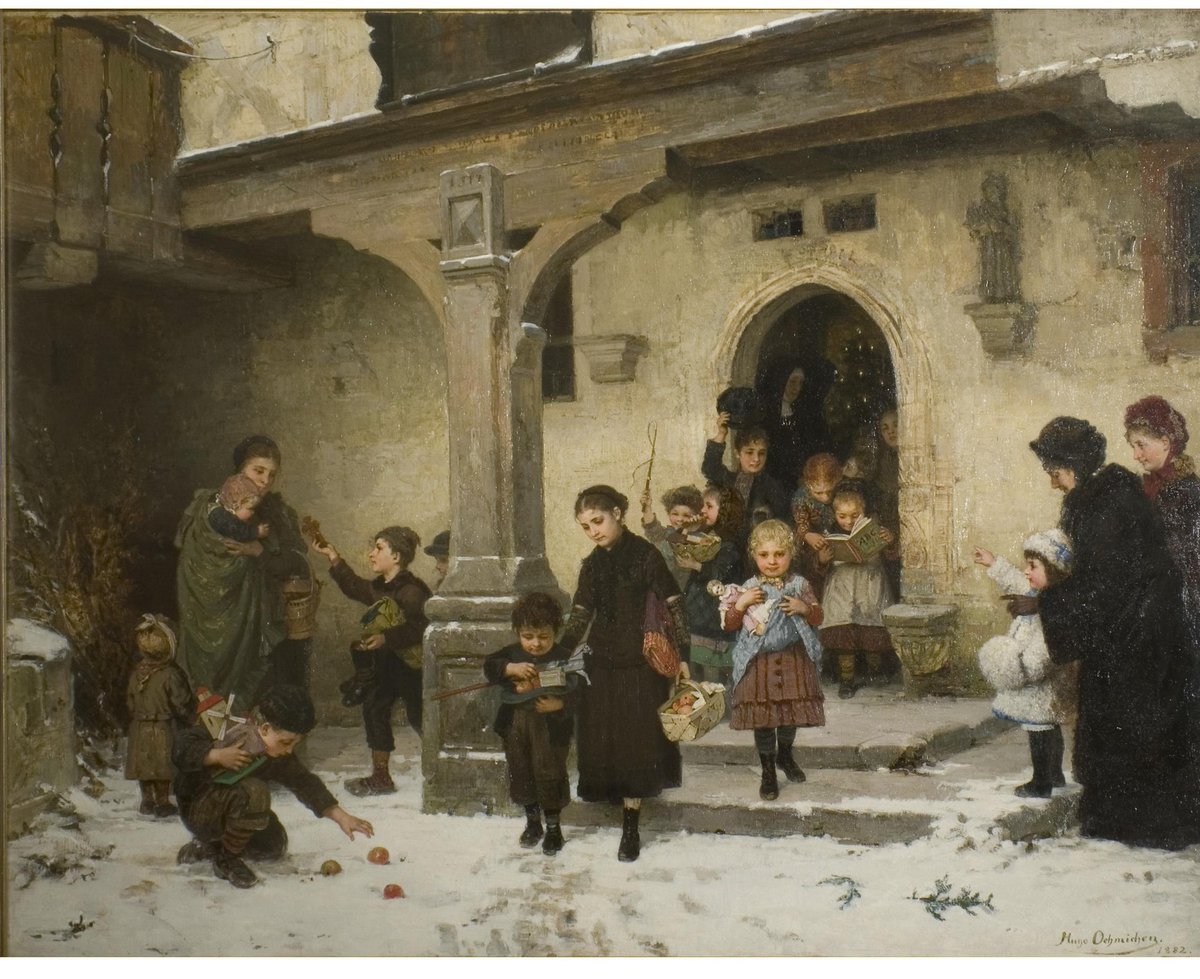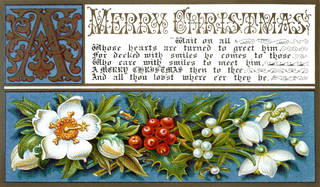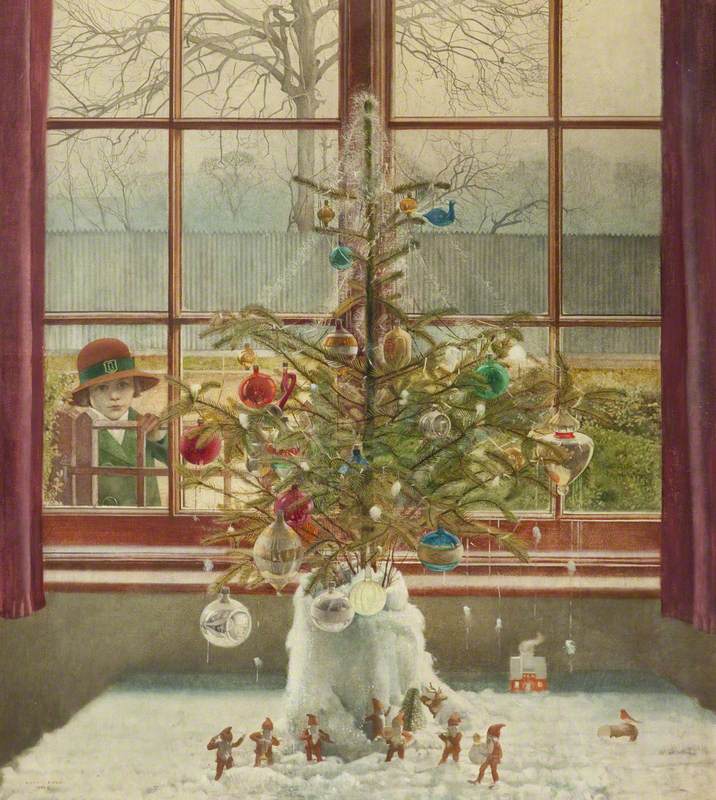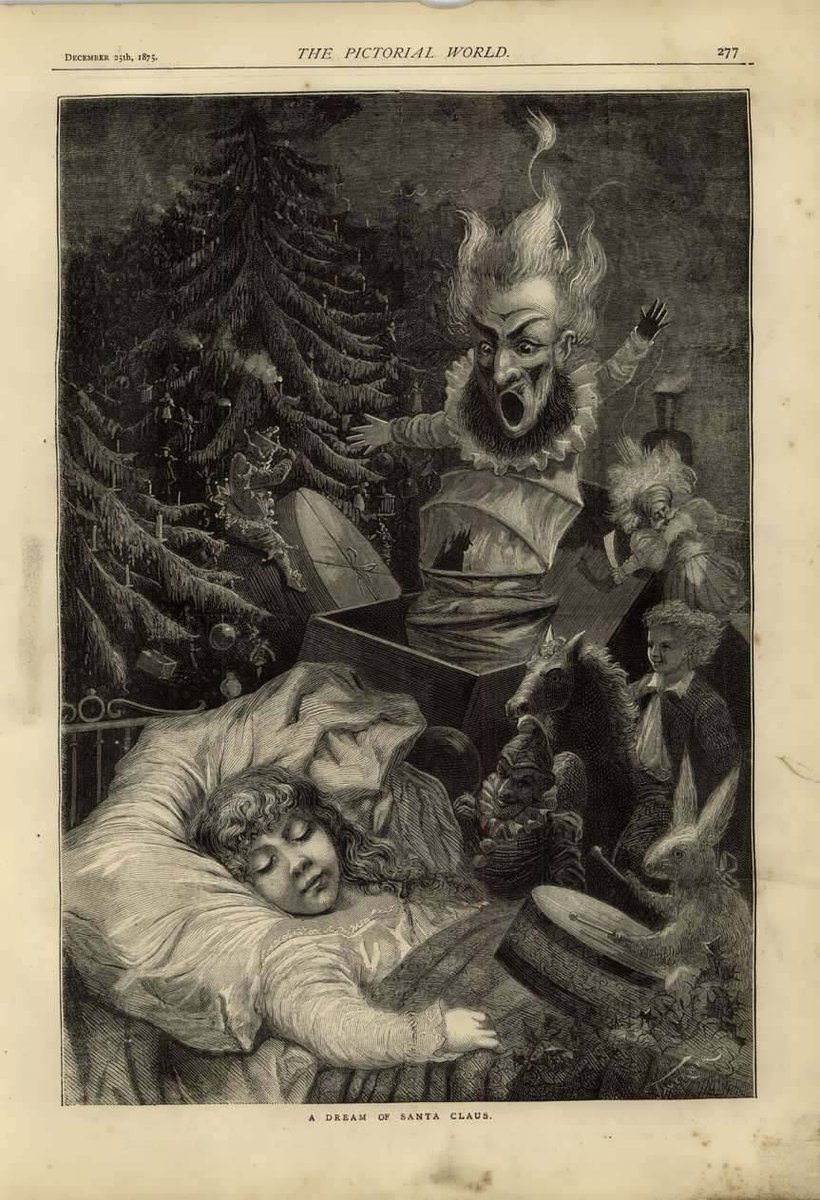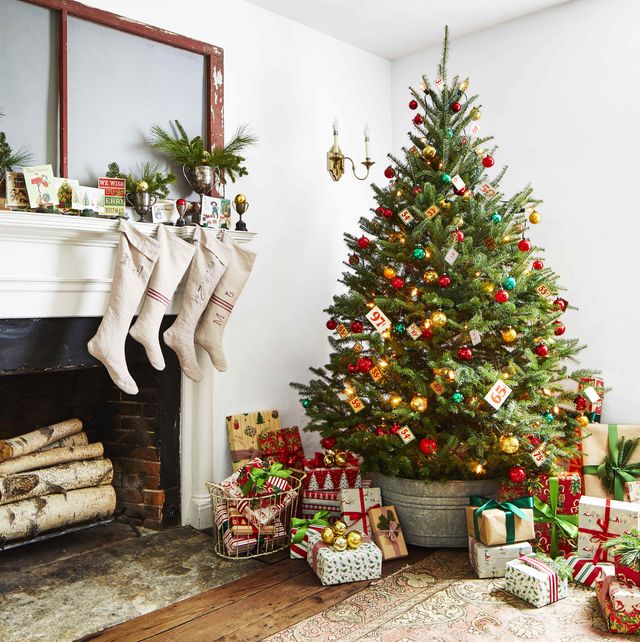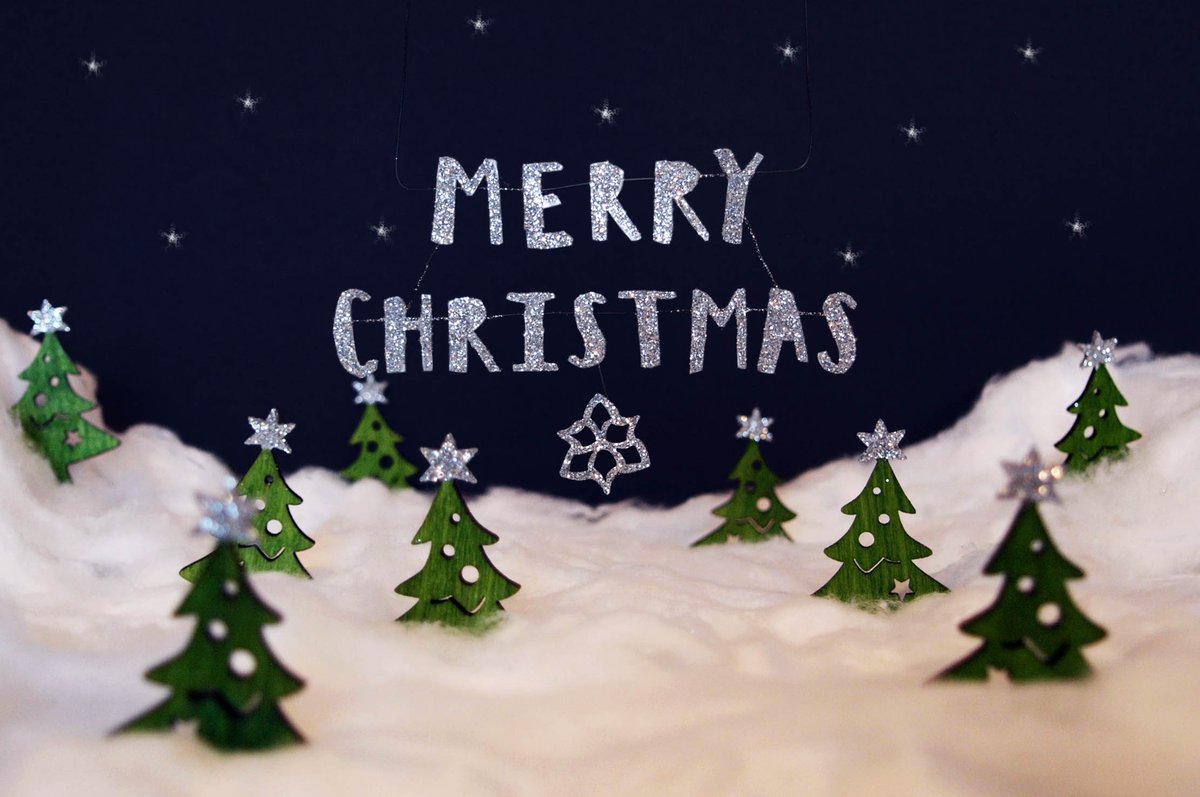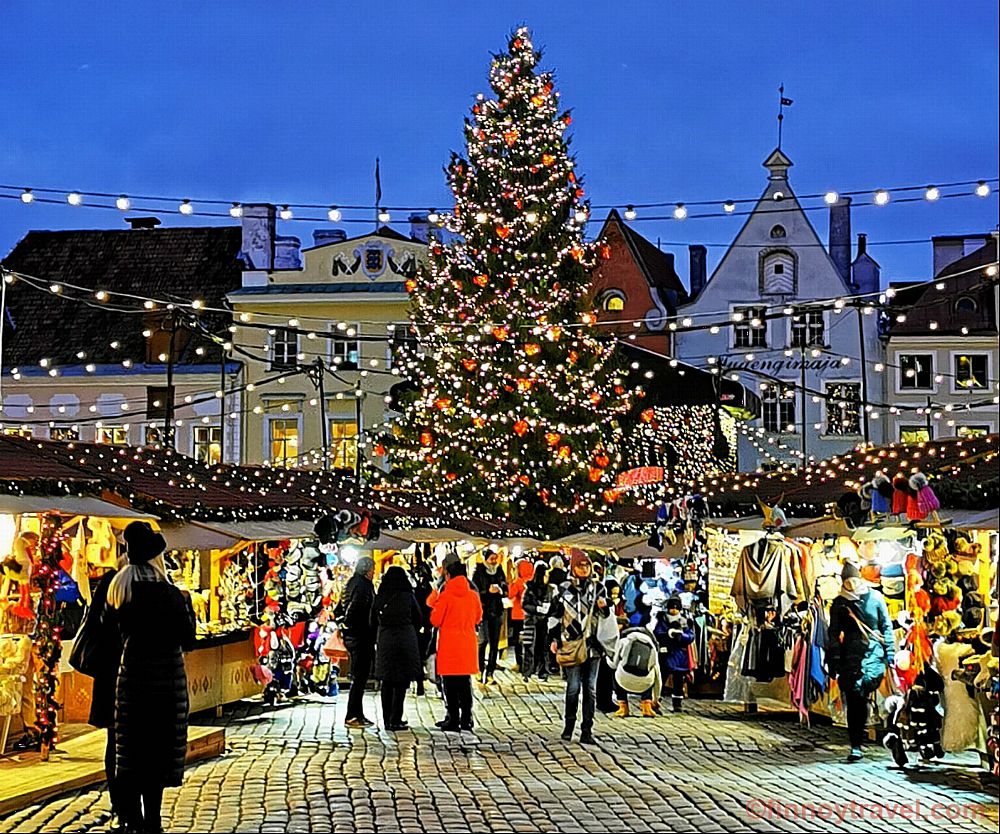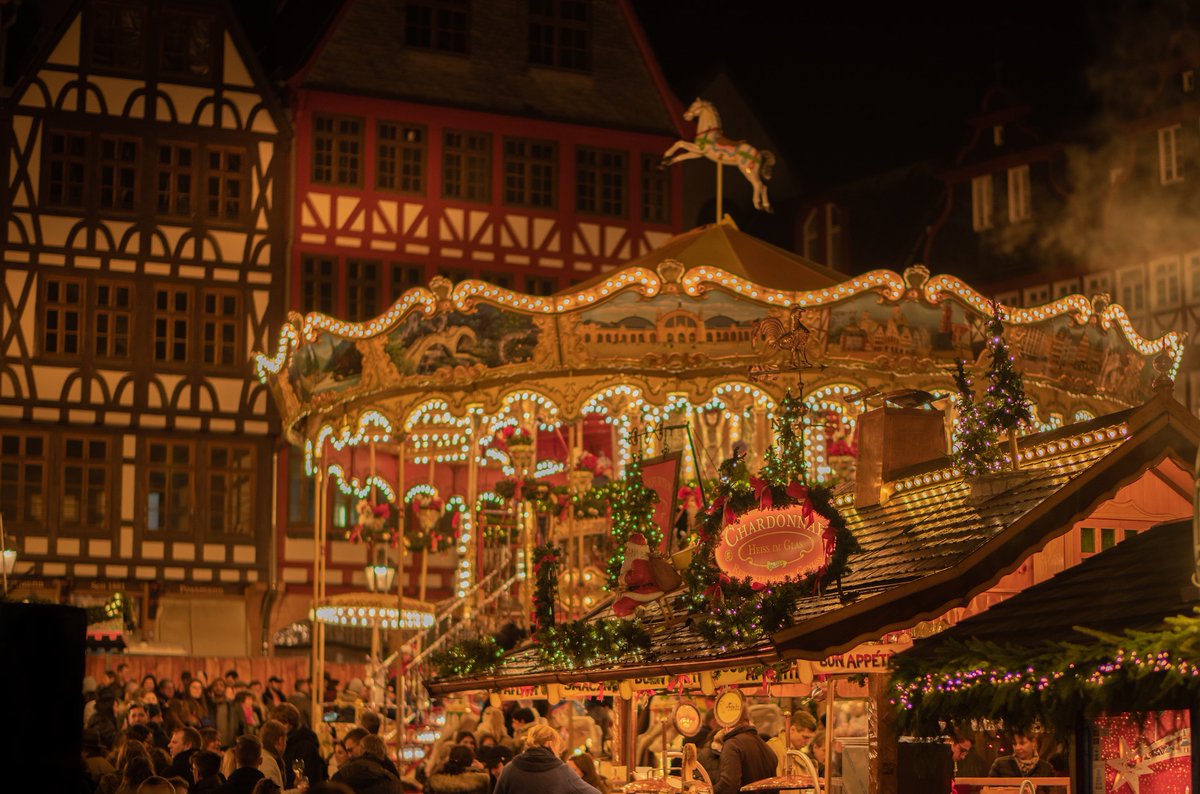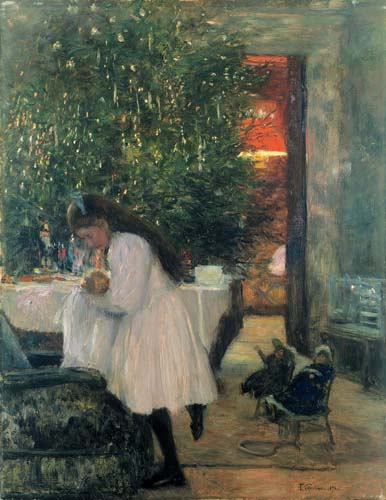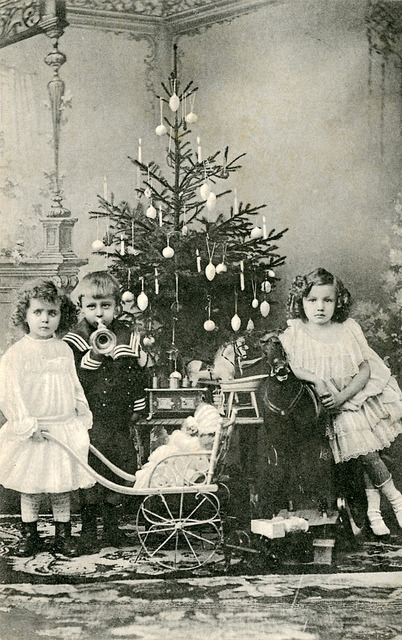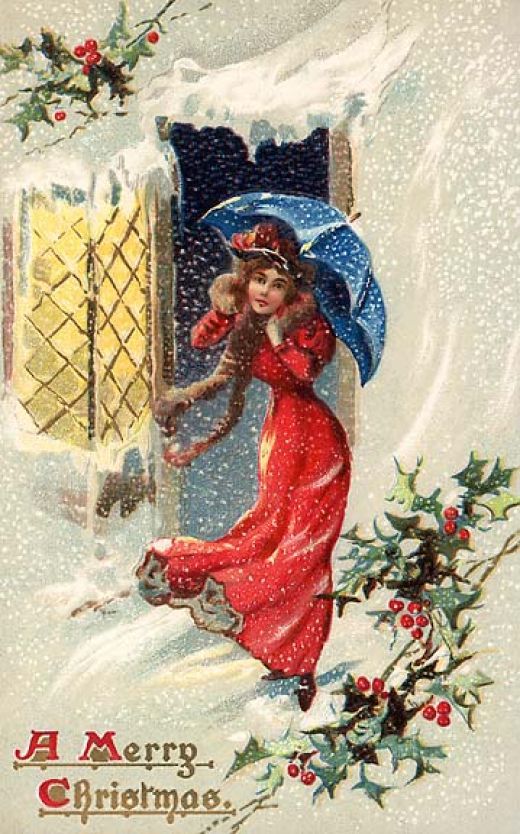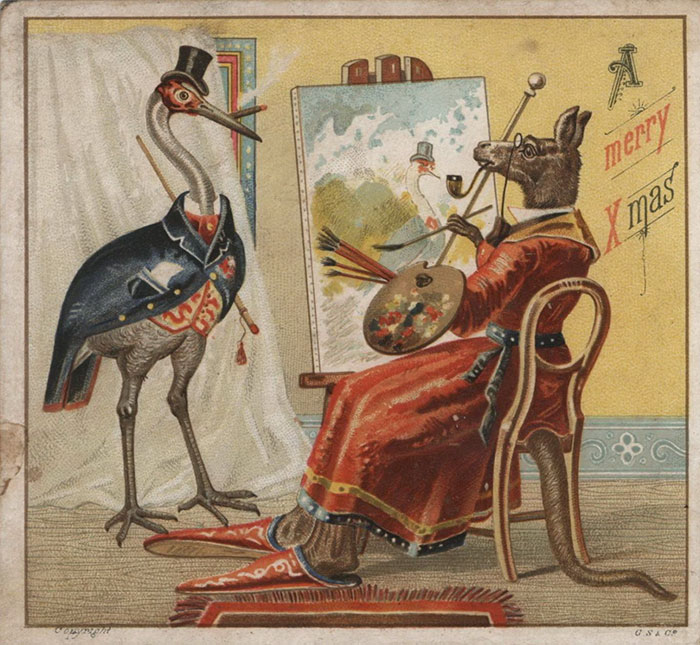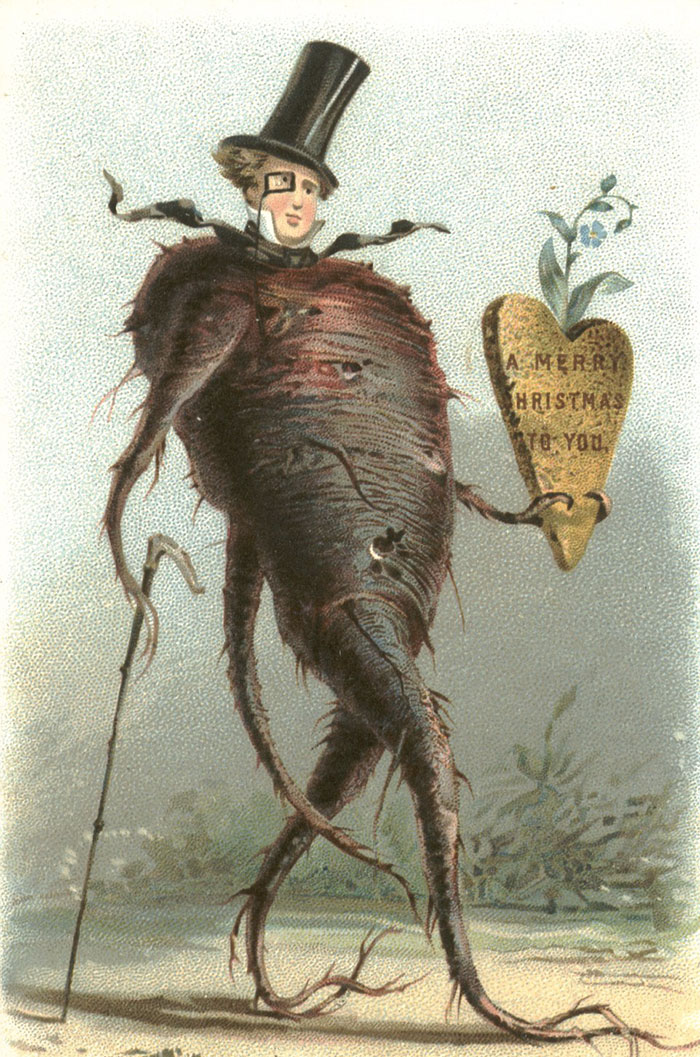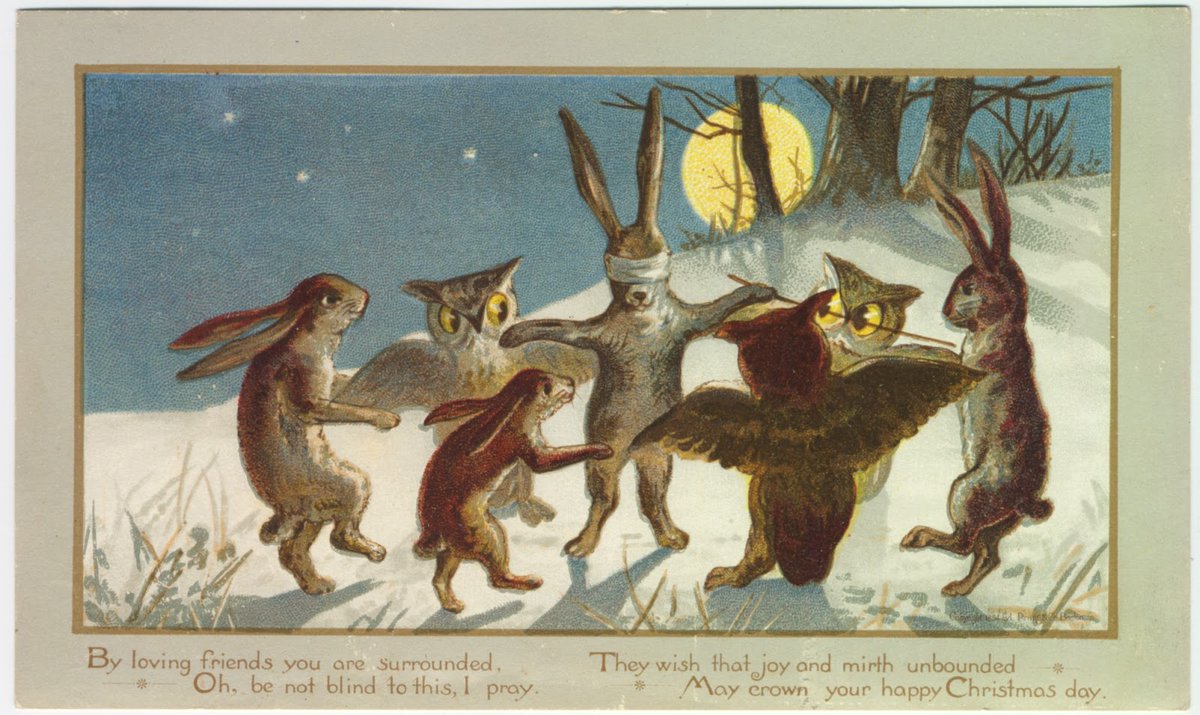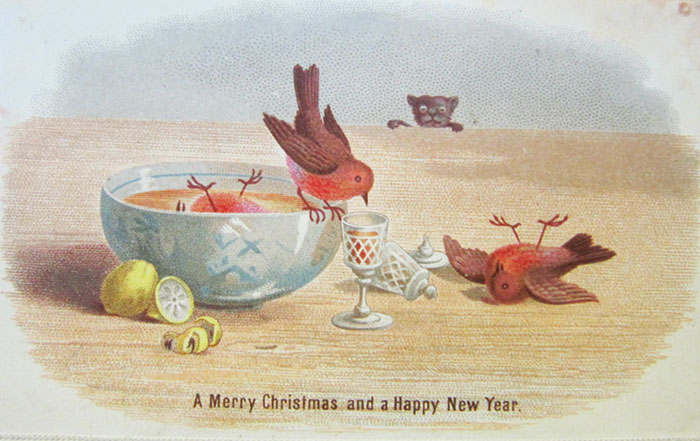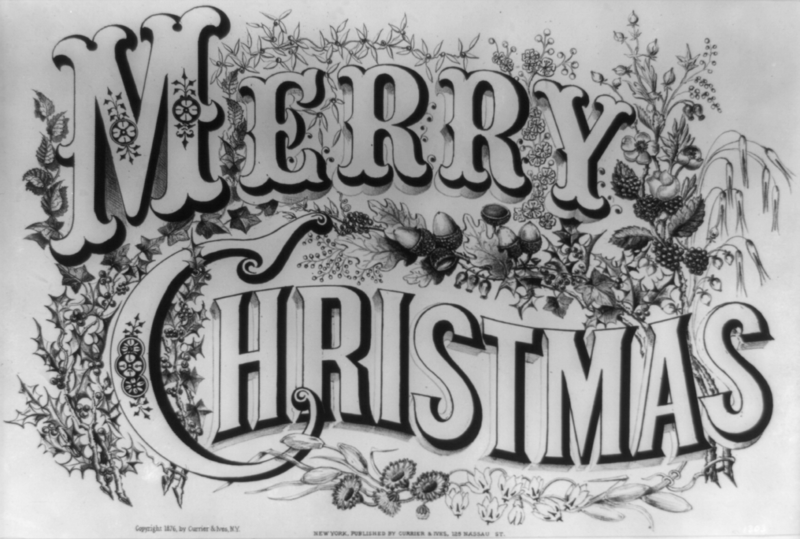At the dawn of the 19th century, Christmas was hardly celebrated – at least, not in a way we would recognise today. Many businesses didn't consider it to be a holiday.
Gift-giving had traditionally been a New Year activity, but moved as Christmas became more important to the Victorians.
By the end of the century, Christmas had become the biggest annual celebration in the British calendar.
Victorian advancements in technology, industry and infrastructure – as well as having an impact on society as a whole – made Christmas an occasion that many more British people could enjoy.
The wealth generated by the new factories and industries of the Victorian age allowed middle class families in England and Wales to take time off work and celebrate over two days, Christmas Day and Boxing Day.
Boxing Day, December 26th, earned its name as the day servants and working people opened the boxes in which they had collected gifts of money from the “rich folk”.
Those new fangled inventions, the railways allowed the country folk who had moved into the towns and cities in search of work to return home for a family Christmas.
One of the most significant seasonal traditions to emerge from the Victorian era is the Christmas card. It was Sir Henry Cole, the first director of the V&A, who introduced the idea of the Christmas card in 1843.
Cole commissioned the artist J.C. Horsley to design a festive scene for his seasonal greeting cards and had 1000 printed – those he didn't use himself were sold to the public.
Later in the century, improvements to the chromolithographic printing process made buying and sending Christmas cards affordable for everyone.
The greater mechanisation and widespread industrialisation of the country had helped to create a new middle class with a greater disposable income.
Increased prosperity across Britain saw a rising market for mass-produced toys, decorations and novelty items such as the Christmas cracker.
Inspired by bon bons (French sweets wrapped in paper) he saw during a trip to Paris, sweetshop owner Tom Smith first invented the cracker in the 1840s.
It wasn’t until the 1860s, when Smith perfected its explosive ‘bang’ that the Christmas cracker as we know it today became a popular seasonal staple.
Along with a joke, gifts inside could range from small trinkets such as whistles and miniature dolls to more substantial items like jewellery.
Normally associated with the bringer of the above gifts, is Father Christmas or Santa Claus. The two are in fact two entirely separate stories. Father Christmas was originally part of an old English midwinter festival, normally dressed in green, a sign of the returning spring.
The stories of St. Nicholas (Sinter Klaas in Holland) came via Dutch settlers to America in the 17th Century. From the 1870’s Sinter Klass became known in Britain as Santa Claus and with him came his unique gift and toy distribution system – reindeer and sleigh.
The Victorian age placed great importance on family, so it follows that Christmas was celebrated at home.
For many, the new railway networks made this possible. Those who had left the countryside to seek work in cities could return home for Christmas and spend their precious days off with loved ones.
Family life was epitomised by the popular Queen Victoria, her husband Albert and their nine children. One of the most important Christmas traditions, the decorated Christmas tree, was a custom introduced to Britain by Prince Albert.
The idea of an indoor Christmas tree originated in Germany, where Albert was born. In 1848 the Illustrated London News published a drawing of the royal family celebrating around a tree bedecked with ornaments.
The popularity of decorated Christmas trees grew quickly, and with it came a market for tree ornaments in bright colours and reflective materials that would shimmer and glitter in the candlelight.
Mechanisation and the improved printing process meant decorations could be mass-produced and advertised to eager buyers. The first advertisements for tree ornaments appeared in 1853.
Victorians would often combine their sparkly bought decorations with candles and homemade edible treats, tied to the branches with ribbon.
Decorating the home at Christmas also became a more elaborate affair. The medieval tradition of using evergreens continued, however the style and placement of these decorations became more important.
The old custom of simply decking walls and windows with sprigs and twigs was sniffed at. Uniformity, order and elegance were encouraged. There were instructions on how to make elaborate synthetic decorations for those residing in towns.
In 1881 Cassell's Family Magazine gave strict directions to the lady of the house: "To bring about a general feeling of enjoyment, much depends on the surroundings… It is worth while to bestow some little trouble on the decoration of the rooms".
Gift giving had traditionally been at New Year but moved as Christmas became more important to the Victorians. Initially gifts were rather modest – fruit, nuts, sweets and small handmade trinkets.
These were usually hung on the Christmas tree. However, as gift giving became more central to the festival, and the gifts became bigger and shop-bought, they moved under the tree.
At the start of Victoria’s reign, children’s toys tended to be handmade and hence expensive, generally restricting availability to those “rich folk” again.
With factories however came mass production, which brought with it games, dolls, books and clockwork toys all at a more affordable price. Affordable that is to “middle class” children.
In a “poor child’s” Christmas stocking, which first became popular from around 1870, only an apple, orange and a few nuts could be found.
The Christmas feast has its roots from before the Middle Ages, but it's during the Victorian period that the dinner we now associate with Christmas began to take shape.
Examination of early Victorian recipes shows that mince pies were initially made from meat, a tradition dating back to Tudor times. However, during the 19th century there was a revolution in the composition of this festive dish.
Mixes without meat began to gain popularity within some of the higher echelons of society and became the mince pies we know today.
The roast turkey also has its beginnings in Victorian Britain. Previously other forms of roasted meat such as beef and goose were the centrepiece of the Christmas dinner.
The turkey was added to this by the more wealthy sections of the community in the 19th century, but its perfect size for a middle class family gathering meant it became the dominant dish by the beginning of the 20th century.
While carols were not new to the Victorians, it was a tradition that they actively revived and popularised. The Victorians considered carols to be a delightful form of musical entertainment, and a pleasure well worth cultivating.
Old words were put to new tunes and the first significant collection of carols was published in 1833 for all to enjoy.
The preparation and eating of the feast, decorations and gift giving, entertainments and parlour games - all were essential to the celebration of the festival and were to be shared by the whole family.
While Charles Dickens did not invent the Victorian Christmas, his book A Christmas Carol is credited with helping to popularise and spread the traditions of the festival.
Its themes of family, charity, goodwill, peace and happiness encapsulate the spirit of the Victorian Christmas, and are very much a part of the Christmas we celebrate today.
Today, candles on the Christmas tree have been replaced by fairy lights, printed cards may be substituted with e-cards and we're more likely to find plastic knick-knacks in our crackers than jewellery.
Our Christmas customs continue to be shaped by technological advancements and modern changes in society.
But these new traditions are still rooted in the spirit of the Victorian Christmas – an integral part of the Christmas we celebrate today.
BONUS TRACK: Some really creepy and disturbing Christmas cards that I found and I thought you may want to see!!

 Read on Twitter
Read on Twitter
 Victorian Christmas: A THREAD
Victorian Christmas: A THREAD 